CRAFT SPIRITS
BOOSTING BUSINESS
STATE SPIRITS BOARDS
TECHNOLOGY & E-COMMERCE BUILDING A FIREWALL AGAINST CYBERCRIME
IT’S THE AGE OF AGAVE
BUT ARE THERE MORE HOPES OR HINDRANCES FOR U.S. PRODUCERS?


BOOSTING BUSINESS
TECHNOLOGY & E-COMMERCE BUILDING A FIREWALL AGAINST CYBERCRIME
BUT ARE THERE MORE HOPES OR HINDRANCES FOR U.S. PRODUCERS?


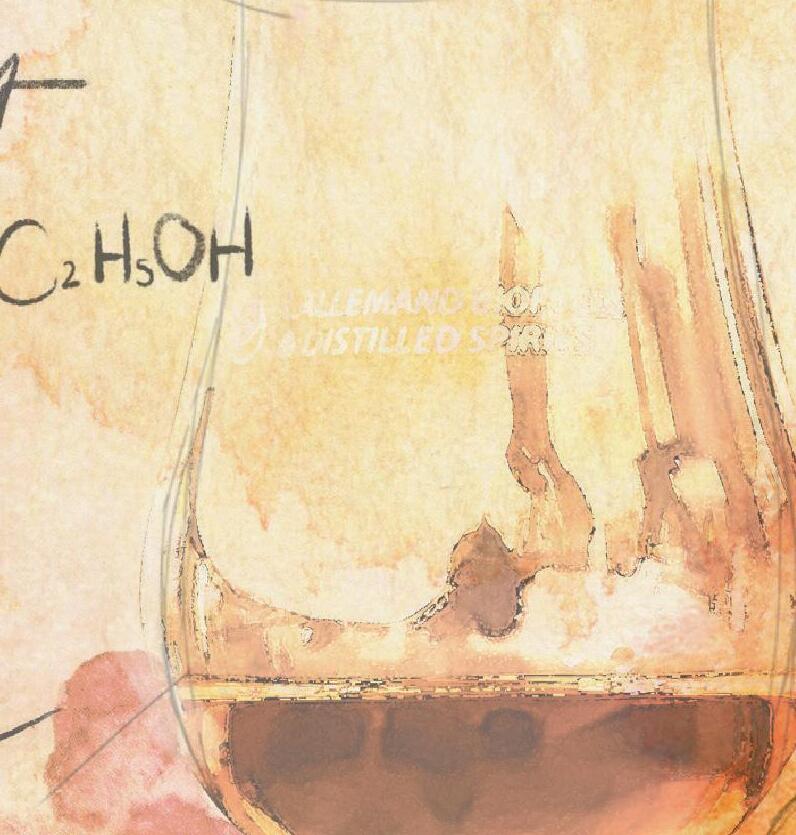








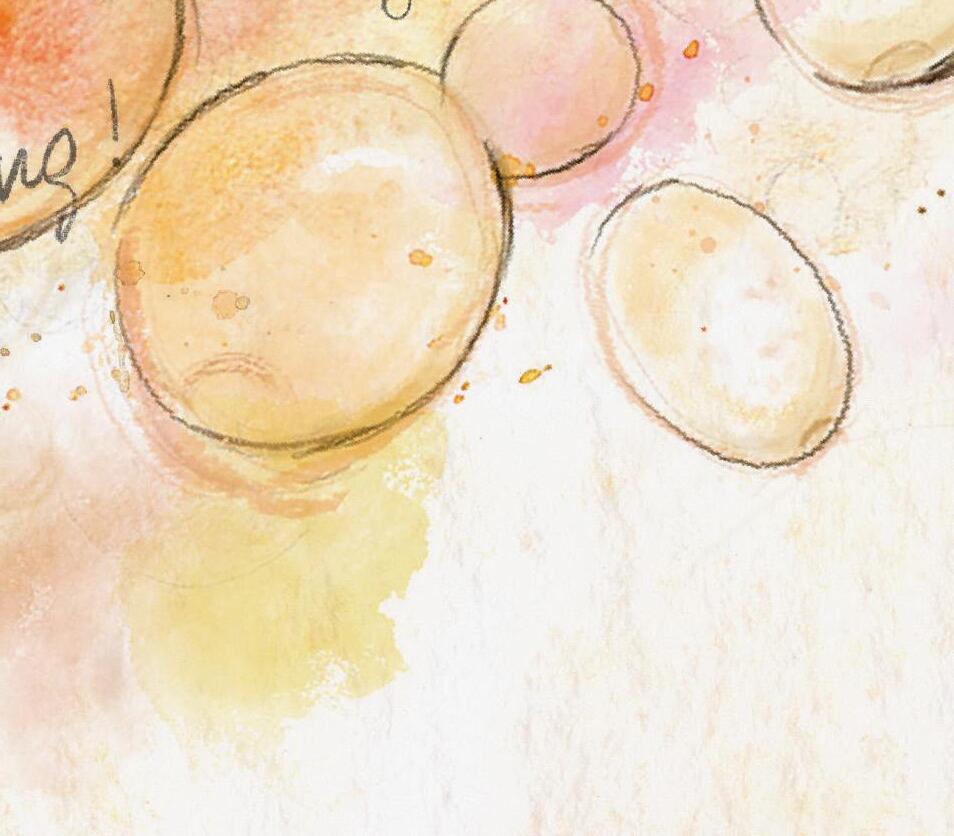

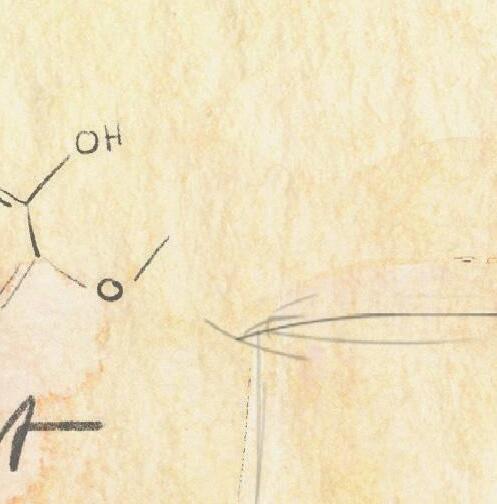







At La l l e m a n d D i s t i l l i n g, o u r s i n g l e s o u rce p h i l o s o p hy p rovi d e s t h e h i g h e s t q u a l i t y i n g re d i e nt s, t a i l o re d te c h n i c a l s e r v i ce a n d e d u c at i o n , a n d i n d u s t r y l e a d i n g expe r i e n ce to s u p p o r t yo u r n e e d s. Yo u r spir i t s a re o u r p a s s i o n , yo u r nee d s a re o u r m o t i vat i o n .













Contac t us to learn more today.





34 The Agave Dilemma
U.S. distilleries see obstacles and opportunities in crafting their own agave spirits.
 BY KATE BERNOT
BY KATE BERNOT
42
42
State Spirits Boards Help Put Craft on the Map
Heeding the example of the wine industry, craft distillers are creating state boards to generate more visibility for their products.
BY ANDREW KAPLAN46
DISTILLING DESTINATIONS
Spirits of Enchantment
Craft distillers in New Mexico create spirits with a sense of the Southwest.
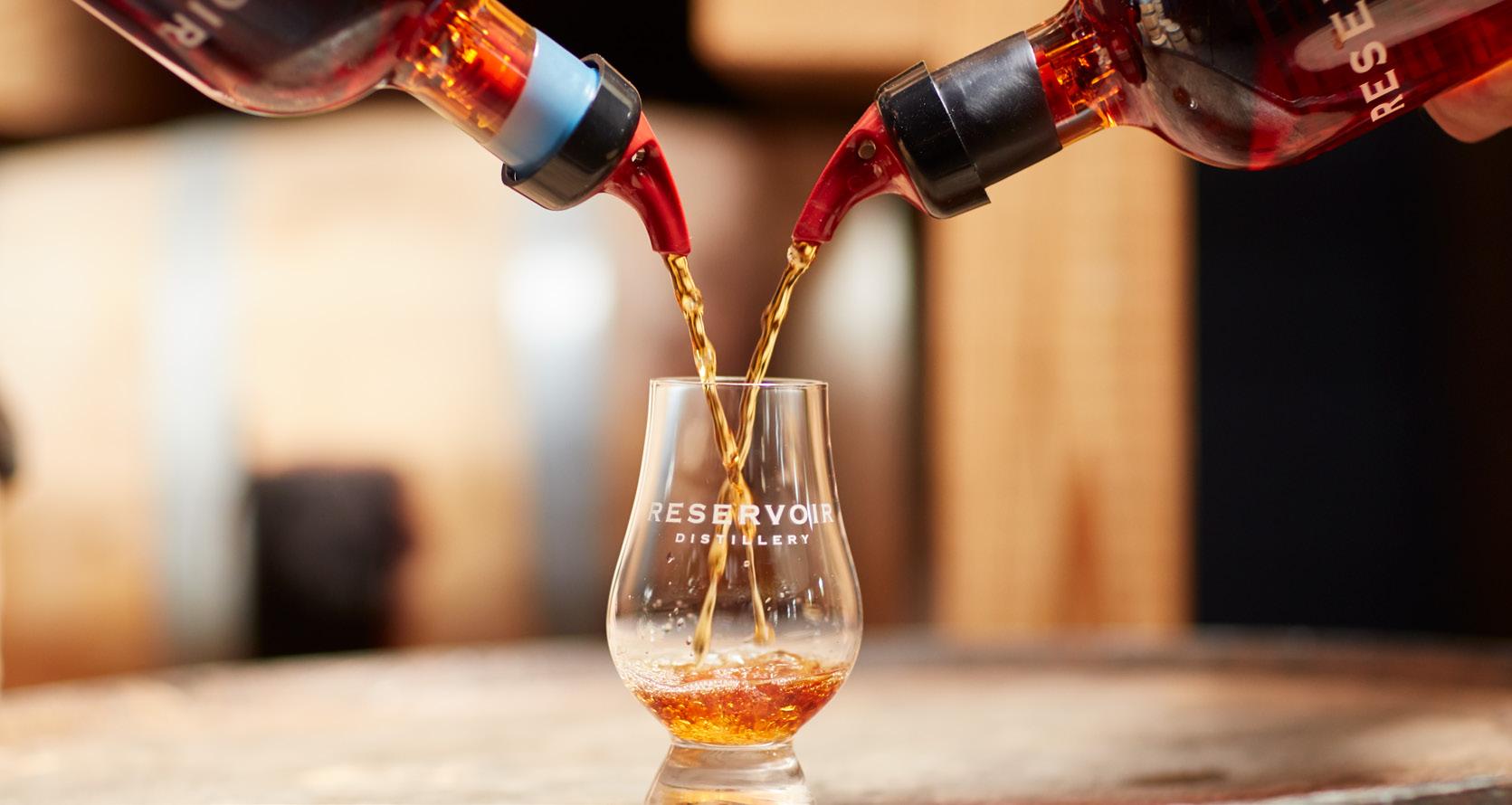
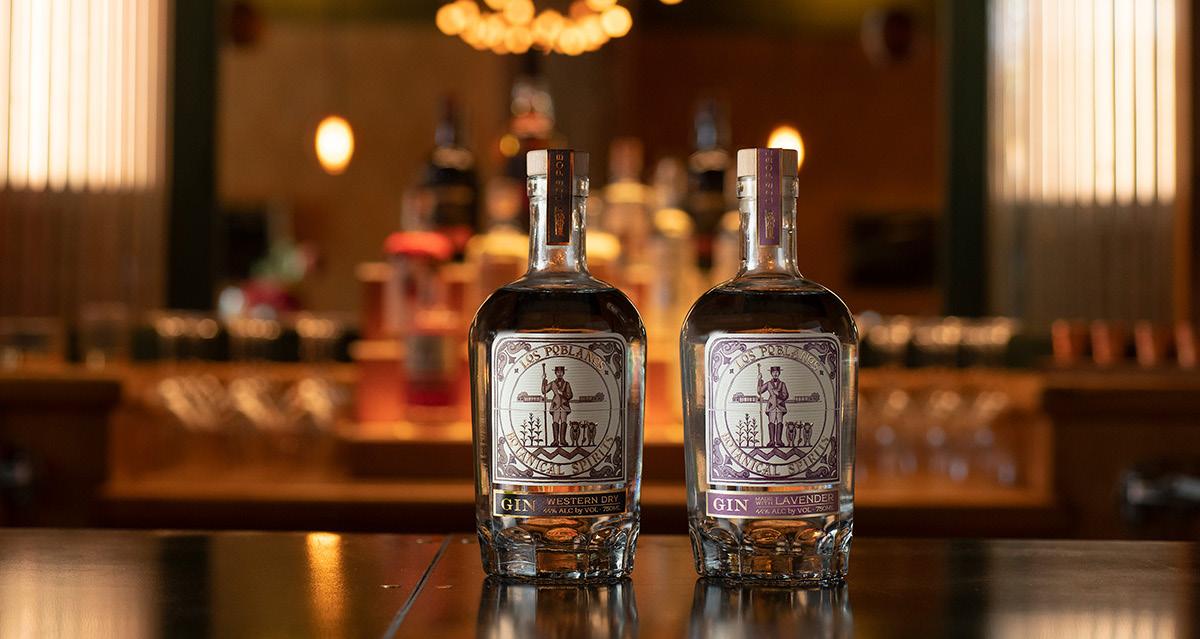 BY JOHN HOLL
BY JOHN HOLL
Cover photography: @sactownbites
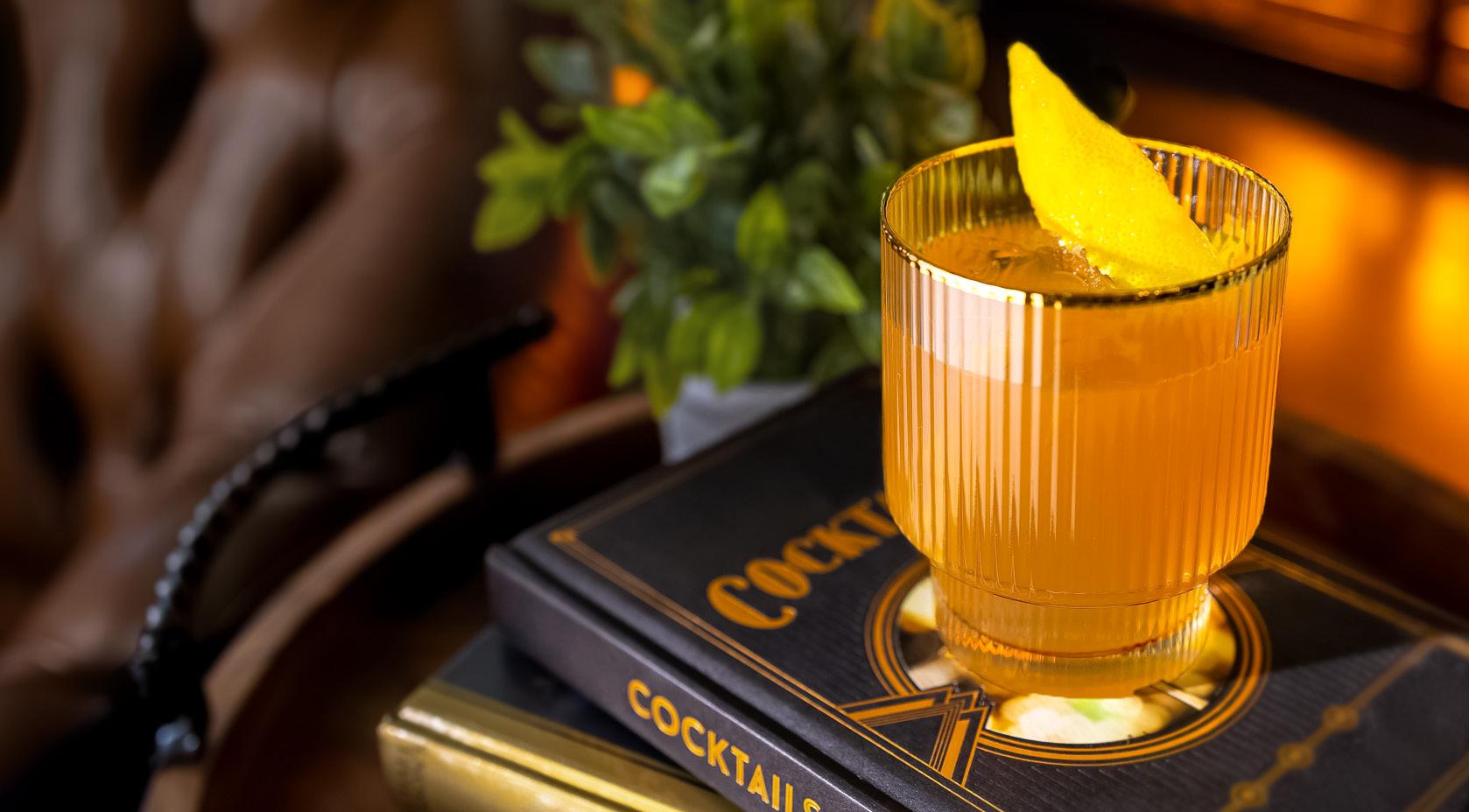


RETAIL : ON - PREMISE
56
The Sipping Scene
Exploring the wide world of bars and tasting rooms
SUPPLIER SHOWCASE
58
Finding Common Ground in Nashville
Exhibitors at Craft Brewers Conference/Brew Expo America continue to court the distilling side of the beverage alcohol business.
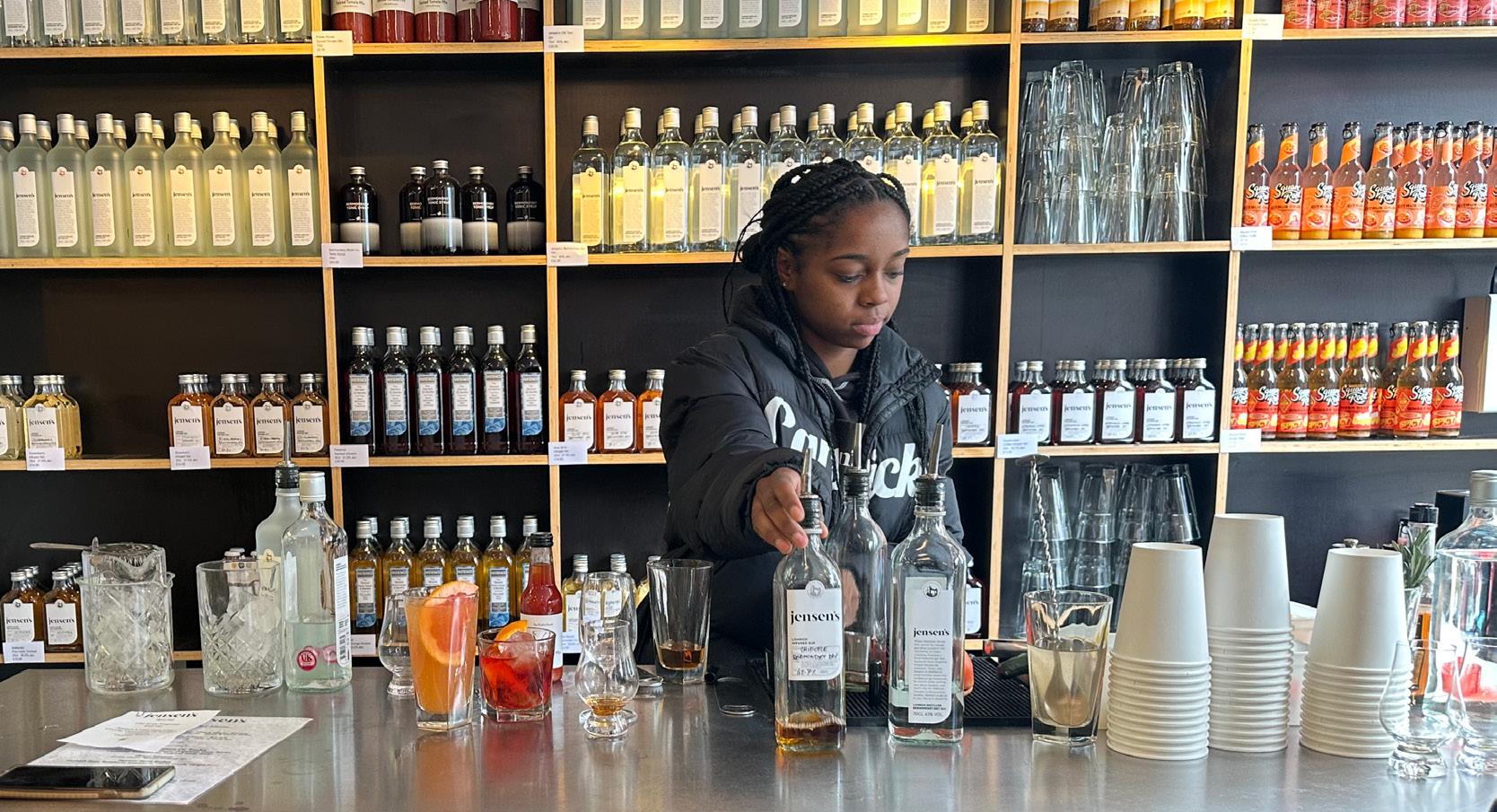 BY JEFF CIOLETTI
BY JEFF CIOLETTI
TECHNOLOGY & E - COMMERCE
62
Igniting Your Firewall
A cybersecurity expert details a new generation of cyberthreats and the solutions that make your operation less vulnerable.
BY JEFF CIOLETTILEGAL CORNER
64
Minding Compliance
Understanding comliance and why it matters to craft distillers
BY TERI QUIMBYPRODUCTION
66
Going Kosher
Stephen Gould of Golden Moon Distillery shares details on attaining kosher certification.
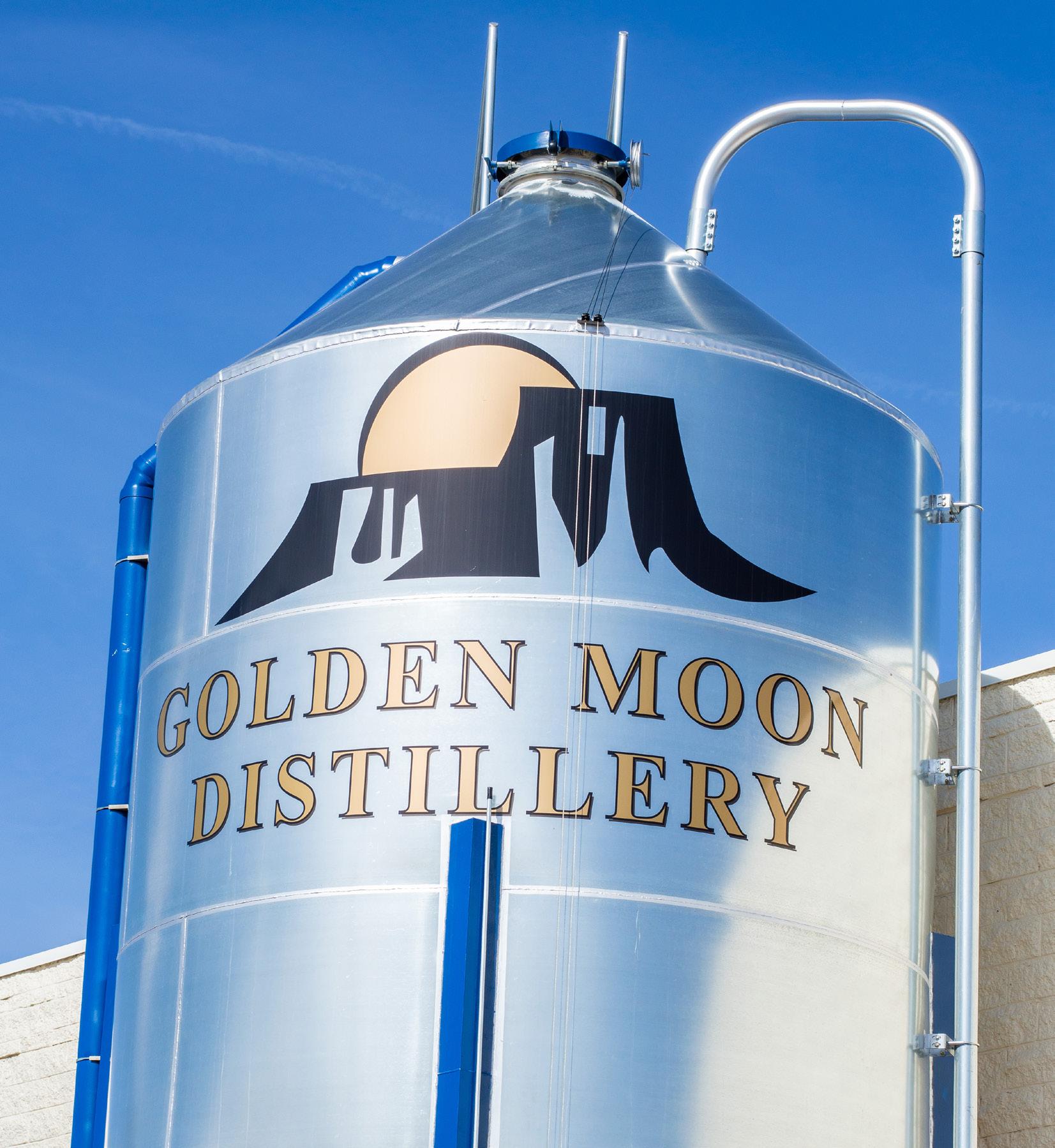 BY JON PAGE
BY JON PAGE
DATA DISTILLED
68
Agave Spirits Growth Trends
CRAFT SPIRITS MAGAZINE
CEO, AMERICAN CRAFT SPIRITS ASSOCIATION | Margie A.S. Lehrman, margie@americancraftspirits.org
EDITOR IN CHIEF | Jeff Cioletti, jeff@americancraftspirits.org
SENIOR EDITOR | Jon Page, jon@americancraftspirits.org
ART DIRECTOR | Michelle Villas
MEDIA SALES REPRESENTATIVE | Annette Schnur, sales@americancraftspirits.org
CONTRIBUTORS | Kate Bernot, Lew Bryson, John Holl, Andrew Kaplan and Teri Quimby
AMERICAN CRAFT SPIRITS ASSOCIATION
EDUCATION MANAGER | Kirstin Brooks, kirstin@americancraftspirits.org
ADMINISTRATIVE ASSISTANT | Albab Melaku, albab@americancraftspirits.org
DIRECTOR OF MEETINGS & EVENTS | Stephanie Sadri, stephanie@americancraftspirits.org
ACSA ADVISORS
STRATEGIC COMMUNICATIONS | Alexandra S. Clough, GATHER PR LEGAL | Ryan Malkin, Malkin Law, P.A.
PUBLIC POLICY | Jim Hyland, The Pennsylvania Avenue Group STATE POLICY | Michael Walker, The Walker Group, LLC
ACSA BOARD OF DIRECTORS, 2022-2023
PRESIDENT | Gina Holman, J. Carver Distillery (MN) VICE PRESIDENT | Kelly Woodcock, Westward Whiskey (OR)
SECRETARY/TREASURER | Jessica J. Lemmon, Cart/Horse Distilling (PA)
EAST
Jordan Cotton, Cotton & Reed (DC)
Becky Harris, Catoctin Creek Distilling Co. (VA)
Jessica J. Lemmon, Cart/Horse Distilling (PA)
Tom Potter, New York Distilling Co. (NY)
Colin Spoelman, Kings County Distillery (NY)
Jaime Windon, Windon Distilling Co. (MD)
EX OFFICIO
Thomas Jensen, New Liberty Distillery (PA)
CENTRAL & MOUNTAIN
Gina Holman, J. Carver Distillery (MN)
Colin Keegan, Santa Fe Spirits (NM)
Amber Pollock, Backwards Distilling Company (WY)
Mark A. Vierthaler, Whiskey Del Bac (AZ)
Thomas Williams, Delta Dirt Distillery (AR)
ACSA PAST PRESIDENTS
2020-2023 | Becky Harris, Catoctin Creek Distilling Co.
2018-2020 | Chris Montana, Du Nord Craft Spirits
2017-2018 | Mark Shilling, Genius Liquids/Big Thirst
2016-2017 | Paul Hletko, FEW Spirits
2014-2016 | Tom Mooney, House Spirits
CRAFT SPIRITS MAGAZINE EDITORIAL BOARD
PACIFIC
Lucy Farber, St. George Spirits (CA)
Jake Holshue, Spirit Works Distillery (CA)
Jeff Kanof, Copperworks Distilling Co. (WA)
Kelly Woodcock, Westward Whiskey (OR)
ACSA PAC
Jordan Cotton, Cotton & Reed (DC)
Lew Bryson, Alexandra Clough, Sly Cosmopoulos, Dr. Dawn Maskell, Teri Quimby
For advertising inquiries, please contact sales@americancraftspirits.org For editorial inquiries or to send a news release, contact news@americancraftspirits.org
P.O. Box 470, Oakton, VA 22124
© 2023 CRAFT SPIRITS magazine is a publication of the American Craft Spirits Association.
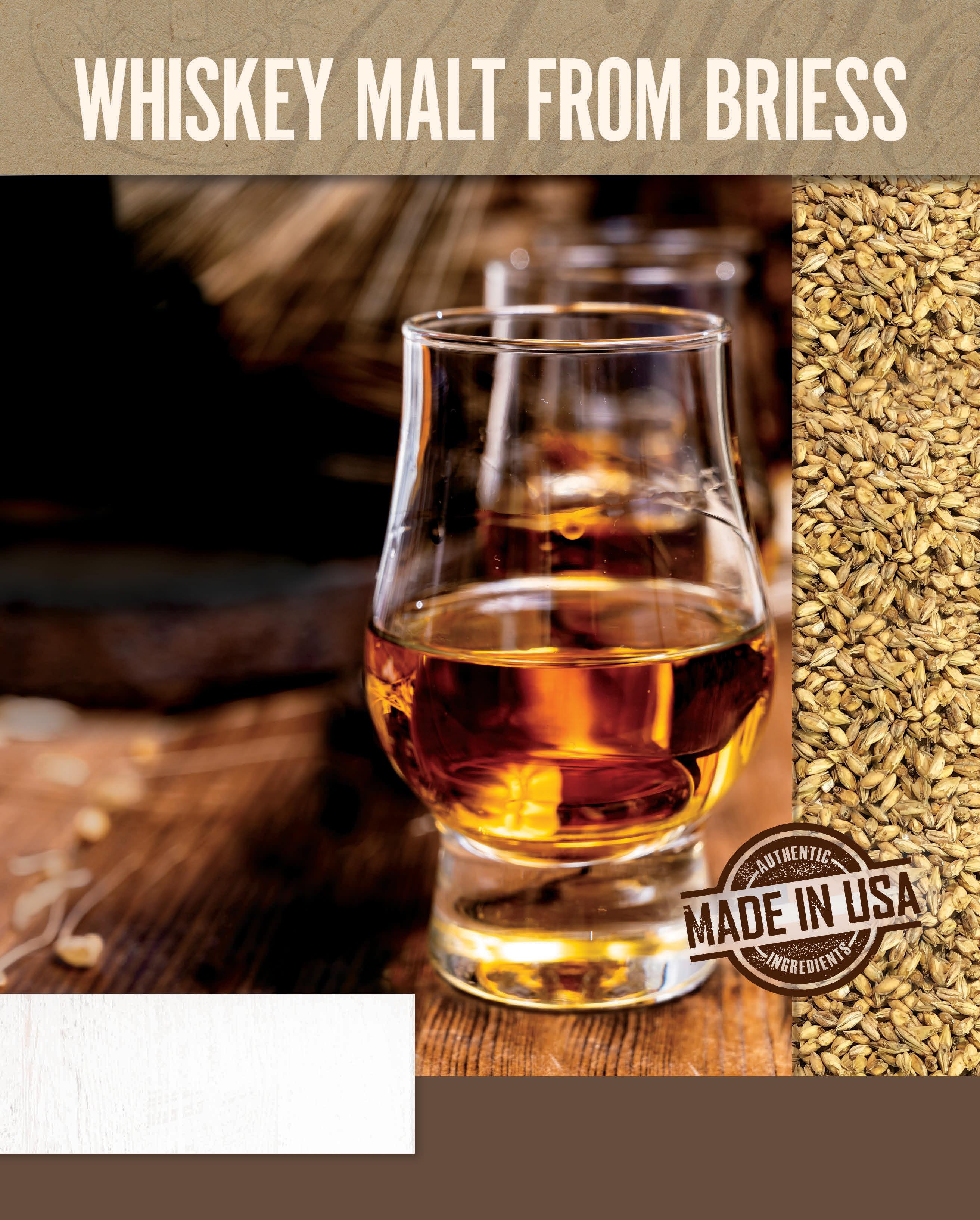
As you’ll read on page 58, I was recently in Nashville for the annual Craft Brewers Conference & BrewExpo America, an event whose importance to our industry continues to increase as more and more brewers—and the vendors that supply them—continue to cross over into distilling.
During my stay in Music City, I finally got to check out a bar that a fellow spirits writer recommended to me in late 2019. I pledged to get there in 2020 and, well, we all know how that played out.
The bar in question is Chopper, which fuses tropical cocktails and tiki décor with a sci-fi robot motif (I was promoting a book called “Drink Like a Geek” four years ago, so the writer who recommended the place knew it would be right up my alley). I enjoyed the experience so much that I just had to include it in this issue’s edition of The Sipping Scene (page 56).
Venues like Chopper make me excited for a possible new golden age of escapism in the on-premise.
I’m old enough to remember when immersive theme bars were something at which we rolled our eyes. Anyone remember Mars 2112? The cavernous, Martian-themed establishment tilted a bit more toward the restaurant side, but its real breadand-butter was the overpriced drinks it served prior to both the respective craft cocktail and craft spirits revolutions. They weren’t making money off of the chicken fingers and burgers that the kids were devouring, it was the day-glow interstellar adult beverage concoctions that their parents were sipping amidst the red rocks of the 22nd century Martian landscape.
As a tiki bar guy, I’m certainly not above a little kitsch and cosplay. But a drinkery needs to have true affection and respect for its audience to pull it off. It has to be forged with passion, directly from the hearts and souls of the owners and expert staff. Theme bars of the late ‘90s ilk were forged mostly with cynicism. I pulled up a eulogy for Mars 2112— which, believe it or not, closed in 2012, exactly a century “before” it supposedly “opened”—and the term “tourist trap” was in the very first line.
The tropical bar renaissance obviously helped usher in this new era of escapism. The island-evoking establishments were part of the vanguard, along with Prohibition-era speakeasy-
style joints. And those concepts continue to evolve, fusing other aesthetic elements (like robots), or adapting it to give it more of an immediate sense of place and local flavor. My favorite example of the latter is the Blind Pig in Dublin, Ireland. As you’d guess from the name, it is a speakeasy—which, of course, is a uniquely American concept transplanted across the pond. It’s got the whole secret entrance thing, but what it doesn’t have is the art-deco, derby hats, suspenders and Capone romanticization. You are escaping from modern Dublin, but only because you’re in an arched, brick cellar with no evidence of the outside world. It feels more like you’re in the deep recesses of a centuries-old castle—but not in some kind of contrived, over-the-top way. And the drinks are top-notch, some even including a further taste of home with poitin, the Emerald Isle’s traditional moonshine.
Bars like Chopper and the Blind Pig offer a momentary retreat from a world that gives us so many reasons to want to escape it. We’ve only just escaped from the confines of our own homes when we were forced to stay there by a virus that nearly decimated the on-premise as we know it. And the world that awaited us is filled with so many unsettling things—as the cybersecurity piece on page 62 and the artificial intelligence story in the previous issue will attest.
But mostly, it’s’ the far less sinister things from which we want to escape: the everyday, the mundane, the mainstream, the cynical—you know, all of the things for which craft has always been the alternative. ■
Jeff Cioletti Editor in Chief

Lew Bryson has been writing about beer and spirits full-time since 1995. He was the managing editor of Whisky Advocate from 1996 through 2015, where he also wrote the American Spirits column, and reviewed whiskeys. He is currently a Senior Drinks Writer for the Daily Beast, and also writes for WhiskeyWash.com, American Whiskey and Bourbon+. He is the author of “Tasting Whiskey” (Storey Publishing, 2014), a broad survey of the whiskeys of the world, their history and manufacture. He has also written four regional brewery guidebooks.
Kate Bernot is a reporter covering beer, food and spirits. She regularly contributes to Good Beer Hunting and Craft Beer & Brewing; her work has appeared in The New York Times, The Washington Post, Imbibe and elsewhere. She is a BJCP-certified beer judge and the director of the North American Guild of Beer Writers. She lives in Missoula, Montana.


Teri Quimby, JD, LLM is an attorney, president of Quimby Consulting Group and a former state alcohol regulator. She is known for her outspoken position on the need to modernize alcohol laws and regulations. Writing on legal, compliance and alcohol issues, her work has appeared in places like USA Today, Detroit News, Governing, Reason and American Spectator. In 2017, Crain’s Detroit Business recognized Teri on its list of Most Notable Lawyers in Michigan.

John Holl is a journalist covering the beer industry. He’s the author of several books including “Drink Beer, Think Beer: Getting to the Bottom of Every Pint” and “The American Craft Beer Cookbook.” He is the co-host of the podcast Steal This Beer, and his work has appeared in The New York Times, The Washington Post, Wine Enthusiast and more. John has lectured on the culture and history of beer and judged beer competitions around the world.
Andrew Kaplan is a freelance writer based in New York City. He was managing editor of Beverage World magazine for 17 years and has worked for a variety of other food and beverage-related publications, and also newspapers. Follow him on Twitter @andrewkap.


Michelle Villas is an art director with more than 20 years experience in publication design. After spending 16 years working on magazines in New York for a variety of titles, including Beverage World, Michelle headed out to California where she now calls the South Bay home. She is the creative director on a range of lifestyle publications for The Golden State Company. A true typophile, she carries her obsession with fonts into every project.

ABE Equipment will drive cutting-edge innovations and industry-leading service to ensure entrepreneurs can maximize their opportunities to succeed. Our parent company is Norland International, a leading supplier of turn-key beverage equipment and more. abeequipment.com

ABM Equipment has been the leading provider of integrated grain handling solutions to craft distilling spaces for nearly 30 years. Their unique value proposition is “sturdy, creative layouts that are built to move and scale with your space.” abmequipment.com

Amoretti specializes in super concentrated natural infusions for artisan craft beverages. Amoretti sources the freshest and tastiest fruits, herbs, spices and more, paying attention to quality and consistency to ensure an impeccable, consistent brew in every barrel. amoretti.com

Fermentis is an agile and expanding company, dedicated to fermented beverages. It is a unit of Lesaffre Group, global key player in yeast for over 160 years. Our roots are strong while having an audacious spirit. As things happen during the fermentation … our goal is to discover them in terms of taste, flavor and pleasure. fermentis.com/en/
Malkin Law focuses on serving the needs of the alcohol beverage industry. We regularly assist with licensing, review of industry specific agreements, trade practices and navigating state laws. Malkin Law is also honored to be Legal Counsel for ACSA. malkinlawfirm.com
FIVE x 5 Solutions believes that distillery software should scale with you. We’re more than a service provider: we’re a committed partner in your distillery’s success and take pride in providing the most complete solution for your growing operation. We take your business as seriously as you do. Fx5solutions.com

The Barrel Mill is a familyowned cooperage specializing in premium white oak aging barrels, infusion spirals, and more. Our products are made from the finest materials we can find, hand-selected, hand-crafted, and aged to perfection. thebarrelmill.com

Glencairn Crystal is a leading manufacturer of bespoke crystal and glass. For over three decades, this family business, based in Scotland, has gained an international reputation for fine crystal and glassware. Best known for the creation of the Glencairn Glass, the official glass for whisky. glencairn.co.uk
Berlin Packaging, the only Hybrid Packaging Supplier® of plastic, glass and metal containers & closures, supplies billions of items annually, along with package design, financing, consulting, warehousing and logistics services. berlinpackaging.com

Harvest Hosts connects over 225,000 self-contained RVers to a network of thousands of small businesses (hosts). Hosts simply offer RVers a one-night stay on their property, and, in return, RVers patronize the business while spending the night. Our program is a cost-free opportunity and 100% of the money spent onsite goes straight to the Host. harvesthosts.com



At MGP, every step of creating a premium distilled bourbon, whiskey, rye, gin and vodka is guided by a passion bordering on obsession. We tirelessly collaborate with our partners, regardless of size, to develop and consistently produce the exact flavor profile that’s right for their brand. And for their discerning consumers. mgpingredients.com/distilled-spirits

The nation’s premier educational distillery, bringing together specialists from every facet of the industry to provide education, training and professional services to start-ups and existing companies. Moonshine University is housed next door to sister company Flavorman, an international custom beverage development company. moonshineuniversity.com
Park Street delivers productivityenhancing and cost-saving back-office solutions, advisory services, working capital, compliance management, export solution, integrated accounting and human resources management solutions. parkstreet.com

Saverglass provides for premium and super-premium spirits, still & sparkling wines and craft beers. Recognized for its innovation, its glass-making expertise and the quality of its glass, products and designs, Saverglass is the partner of choice. saverglass.com

Supercap has been producing closures for spirits since 1999. We are present in the United States with a great sales network with partners and agents, thus being able to help and advise you in the choice of the best stopper for your spirits. supercap.it
Tapì is an international group specializing in the design and production of miniature packaging design masterpieces. Our closures are based on cutting-edge functionality and technology, with an exclusive style that elegantly showcases each product. tapigroup.com
Thousand Oak Barrel Co. manufactures barrels to age and serve your spirits. All products offer a variety of options for customizing and branding with your personalized design. 1000oaksbarrel.com

The American Craft Spirits Association would like to thank all of our annual sponsors and our key supporters of education. We are grateful for all of your support throughout the year. Cheers!

Since 1876, we’ve been supplying the highest quality malts in the industry. We’ve distinguished ourselves by developing the most extensive line of specialty malts made by any malting company in the world. We provide everything from malts to pure malt extracts, brewers flakes and filtering aids. briess.com
As the craft distilling industry grows, BSG Distilling has been focused on supplying distillers with the best ingredients from around the world. Today, the craft distilling market trusts BSG Distilling to deliver the finest ingredients at competitive prices, without sacrificing customer service. bsgdistilling.com
Chevalier Casks is a distributor of high-end wine and whiskey casks and a broker of bulk spirits. chevaliercasks.com
CIE is a state-of-the-art, 75 million wine gallon, beverage and industrial graded, commercial scale, alcohol facility located in Marion, Indiana. CIE supplies pure and denatured alcohols to customers in the spirit, beauty, personal care, medical, food-flavor and industrial markets. cie.us

We’ve been in this industry for over 100 years, during which time we’ve learned a thing or two about what makes a great barrel to age great spirits. Partnering with distillers, we think outside the box to develop new products that push your vision forward. iscbarrels.com
ISTS
ISTS makes workplaces safer, employees ready and compliance uncomplicated. ISTS has extensive experience working with the spirits industry, so our programs are totally customized to address your site. istsky.com


Kason Corporation is the industryleading global spent grain processing equipment manufacturer that distilleries can count on for efficiency, cost savings and reducing waste and disposal costs. kason.com
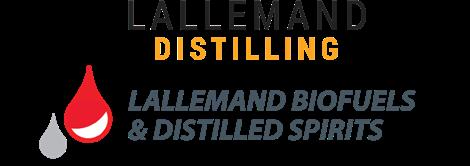
The leader in supplying fermentation products and services to the distilled spirits industry, we specialize in the research, development, production, and marketing of yeast, yeast nutrients, enzymes, and bacteria. lallemanddistilling.com
Soderstrom Architects’ Ferar Wine & Spirits Studio has been involved in the design and master planning of more than 70 wineries and distilleries. Our studio was founded with a passion for design that conveys the special sense of place inherent in the site. sdra.com
Sovos ShipCompliant has been the leader in automated alcohol beverage compliance tools for more than 15 years, providing a full suite of cloudbased solutions to distilleries, wineries, breweries, cideries, importers, distributors and retailers. sovos.com/shipcompliant
Since 1984, Specific Mechanical Systems has handcrafted brewing and distilling systems for the craft beer and spirits industries, in addition to supplying various industries with complex processing equipment. specificmechanical.com
The Steric Systems PureSmooth process is a method of “polishing” distilled spirits to reduce alcohol burn, open up and balance flavors, and improve mouth feel. It works on both aged and unaged spirits. stericsystems.com
Signature Spirits, a division of Ultra Pure, is the leading independent supplier of bulk spirits in the U.S. and has the largest selection of alcohols stocked across its nine warehouses. We supply approximately 1,000 distilleries and brand owners with virtually every type of alcohol. ultrapure-usa.com

Whalen Insurance is a second-generation insurance agency owned and operated by Peter Whalen. He started a program for craft breweries in the mid 1980s and expanded to craft distilleries almost 10 years ago. It provides all property and liability coverages needed to safely operate a distillery. whaleninsurance.com
The Wine & Spirits Wholesalers of America (WSWA) is the national trade association representing the wholesale tier of the wine and spirits industry. It is dedicated to advancing the interests and independence of wholesale distributors and brokers of wine and spirits. wswa.org

WV Great Barrel Co.
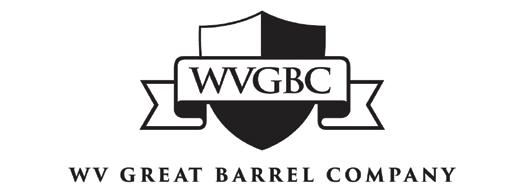
The best-performing whiskey barrel on the market, precision built in the heart of Appalachia. Infrared toast and controlled char standard on every barrel.
wvgbc.com/
River Falls, Wisconsinbased Tattersall Distilling announced the launch of its 90-proof Kernza Perennial Grain Whiskey, distilled from 100% Kernza. This release has taken more than three years to come to life and was made in collaboration with the University of Minnesota’s Forever Green Initiative and The Land Institute. Tattersall’s whiskey joins just a handful of Kernza-based spirits available in the U.S. debuting this Earth Day.

Portland, Oregon-based Wheyward Spirit announced the launch of its new barrel-aged spirit: Wheyskey
According to Wheyward Spirit, it is the first aged specialty whey spirit in the U.S. The 80-proof spirit is a barrel-aged version of Wheyward Spirit, which enables the distinct Wheyward Spirit flavor that is naturally created during the fermentation and distilling process to fully blossom and mature through oak aging.
Blackland Distillery of Fort Worth, Texas, announced the launch of its highly anticipated flagship bourbon, Prairie Gold Texas Straight Bourbon Whiskey. Aged for a minimum of three years in new oak American barrels, the 100-proof Prairie Gold is cooked, fermented and distilled on-site using 100% Texas grains from Texas farmers.


Brush Creek Distillery of Saratoga, Wyoming, unveiled its limited-edition release, the 97-proof Brush Creek Carboy Winery Cabernet Franc Cask-Finished Straight Bourbon Whiskey. This release represents a collaboration between Brush Creek Distillery and Carboy Winery, Colorado’s largest in-state winery. Multiple barrels of sixyear-old Straight Bourbon Whiskey were selected from the Distillery’s premium on-site collection, blended, and finished in ex-Carboy Winery Cabernet Franc wine barrels.


Ragged Branch Distillery of Charlottesville, Virginia, announced the launch of 100-proof Secretariat Reserve Virginia Straight Bourbon Whiskey, a special bourbon celebrating the 50th anniversary of Secretariat’s historic Triple Crown win. “A lot of people think that Secretariat was a Kentucky horse because he won the Kentucky Derby, but he was actually from Virginia,” says Alex Toomy, founding partner and head distiller at Ragged Branch Distillery. “The best racehorses can come from here, and so can the best bourbon.”

Wiggly Bridge Distillery of York, Maine, has released its long-awaited New England Single Malt Whisky The 92-proof spirit is made from 100% malted barley. It is an unpeated single malt that utilizes an heirloom Scottish whisky yeast. The barley is grown in northern Maine and floor malted at Blue Ox in Lisbon Falls, Maine, where it is then cooked, fermented, distilled and barrel aged at Wiggly Bridge Distillery in Southern Maine.
Cedar Ridge Distillery of Swisher, Iowa, launched its 116-proof Barrel Proof Straight Bourbon Whiskey. Crafted from 74% corn, 14% rye, and 12% malted barley, the whiskey is then aged in char No. 3 barrels and non-chill filtered. All of the barrels are aged in non-climate controlled rick houses, exposing them to temperature swings of more than 100 degrees each year, resulting in a unique flavor profile particular to Iowa’s climate.

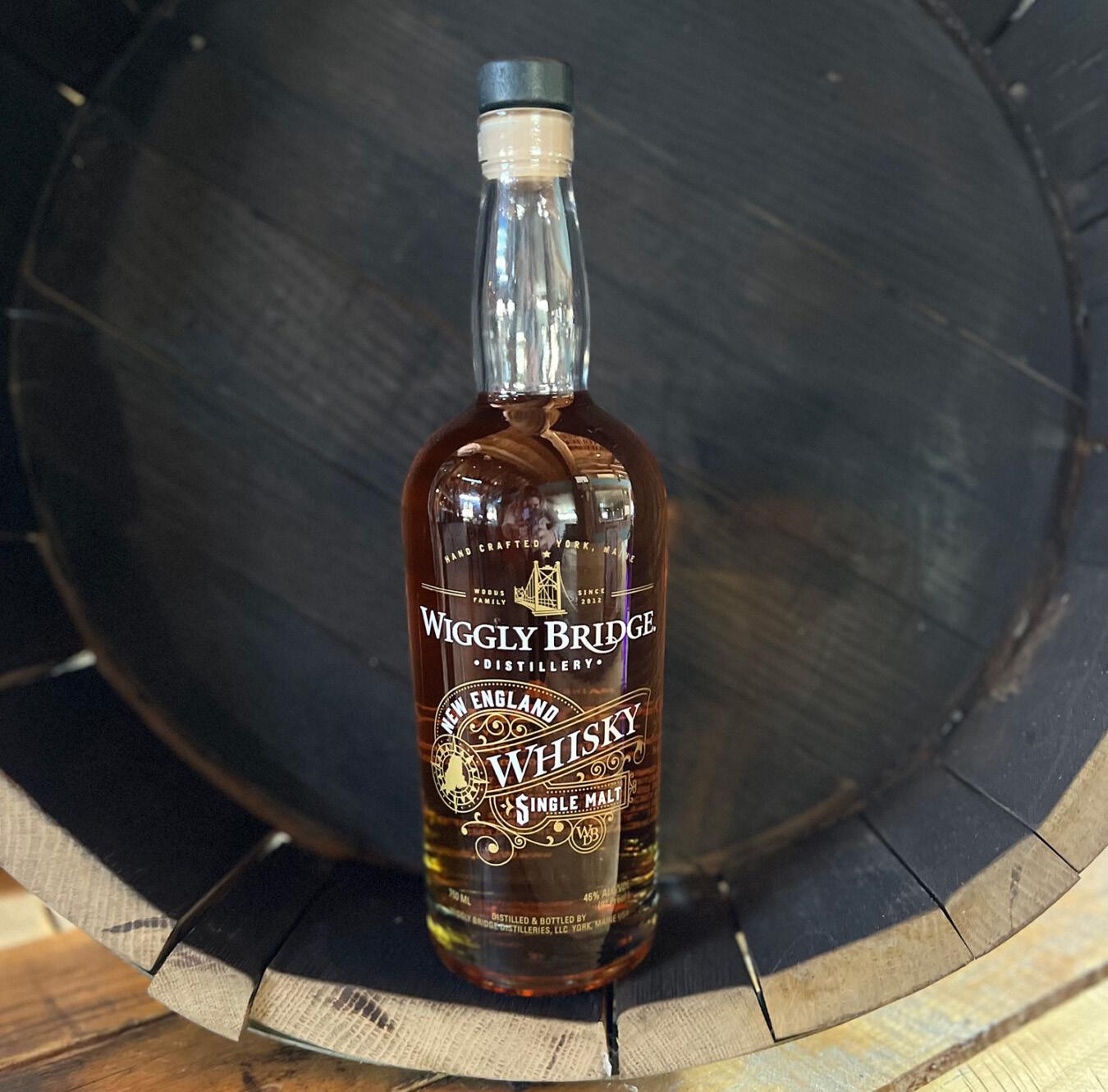
Seattle-based Copperworks
Distilling Co. recently announced the release of Copperworks

American Single Malt Whiskey
Doubleback Cabernet Cask, a 115.8-proof collaboration with Doubleback Winery of Walla Walla, Washington. The whiskey matured in new American oak casks for three years and five months and was finished for 11 months in a French oak cask that previously held Doubleback Cabernet Sauvignon.
Petaluma, California-based Lagunitas Brewing Co. and Griffo Distillery have concocted a rare spirit: Still Waldos, an 84-proof single malt whiskey accented with hops. The teams dreamed up distilling a version of Waldos’ Special Ale—a triple IPA made in honor of the origins of 420 and the dankest and hoppiest beer ever brewed by Lagunitas. The mash was created at Lagunitas and it was distilled at Griffo.

Blanco, Texas-based Milam & Greene Whiskey has unveiled Bobcat Single Barrel Bourbon, the second release in the Wildlife Collection, a limited-edition series of cask-strength, single-barrel whiskies. This release was distilled in Tennessee with a mash bill of 80% corn, 10% rye, and 10% malted barley. It was barreled on March 15, 2018, and was bottled on March 31, 2023, at 119.48 proof.
Georgetown, Kentucky-based Blue Run Spirits has announced its first-ever single barrel rye whiskey: Blue Run Kentucky Straight Emerald Single Barrel Rye Whiskey. This single barrel offering was contract distilled by Blue Run liquid advisor Jim Rutledge at Castle & Key Distillery in Frankfort, Kentucky. Shaylyn Gammon, Blue Run’s whiskey director, carefully selected these barrels to echo the rich, complex flavors from Emerald Rye Whiskey, but with each featuring its own personality found only in a single barrel release.
Wisconsin-based La Crosse Distilling Co. recently announced the inaugural release of Buck Dancer Straight Bourbon Whiskey—a four-year aged, ethically produced organic bourbon. It is distilled from an heirloom variety of red corn and the distillery selected wine grade barrel staves made from regionally grown and harvested American white oak trees. Buck Dancer is barreled at cask strength at approximately 120 proof.
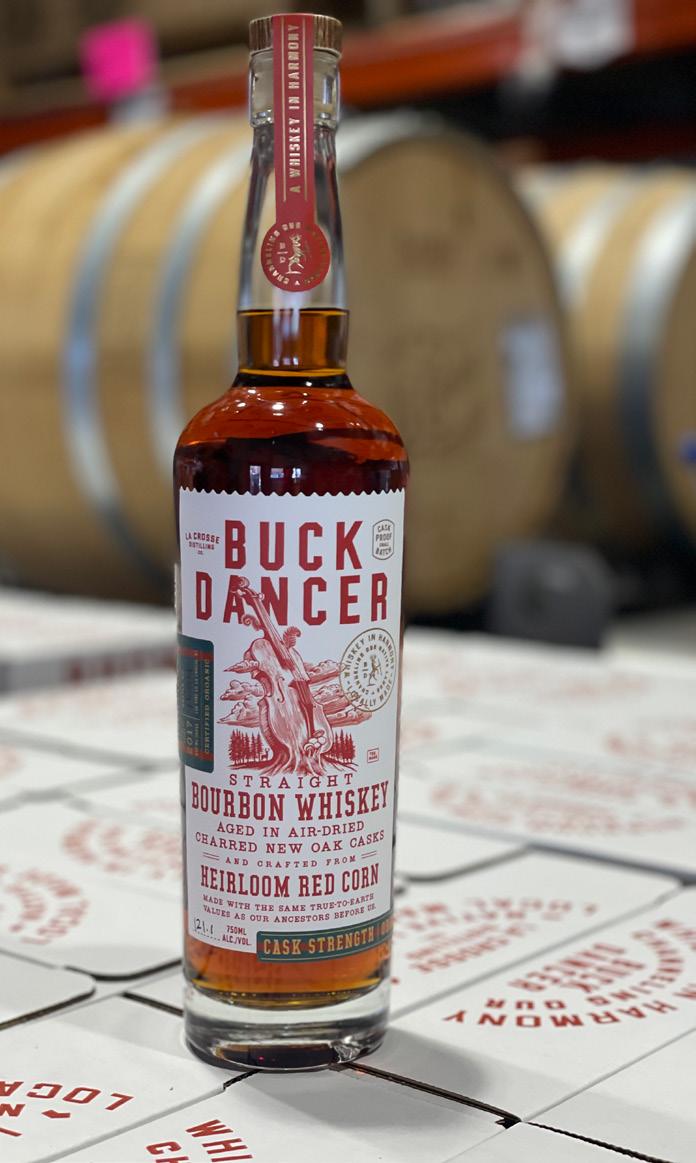
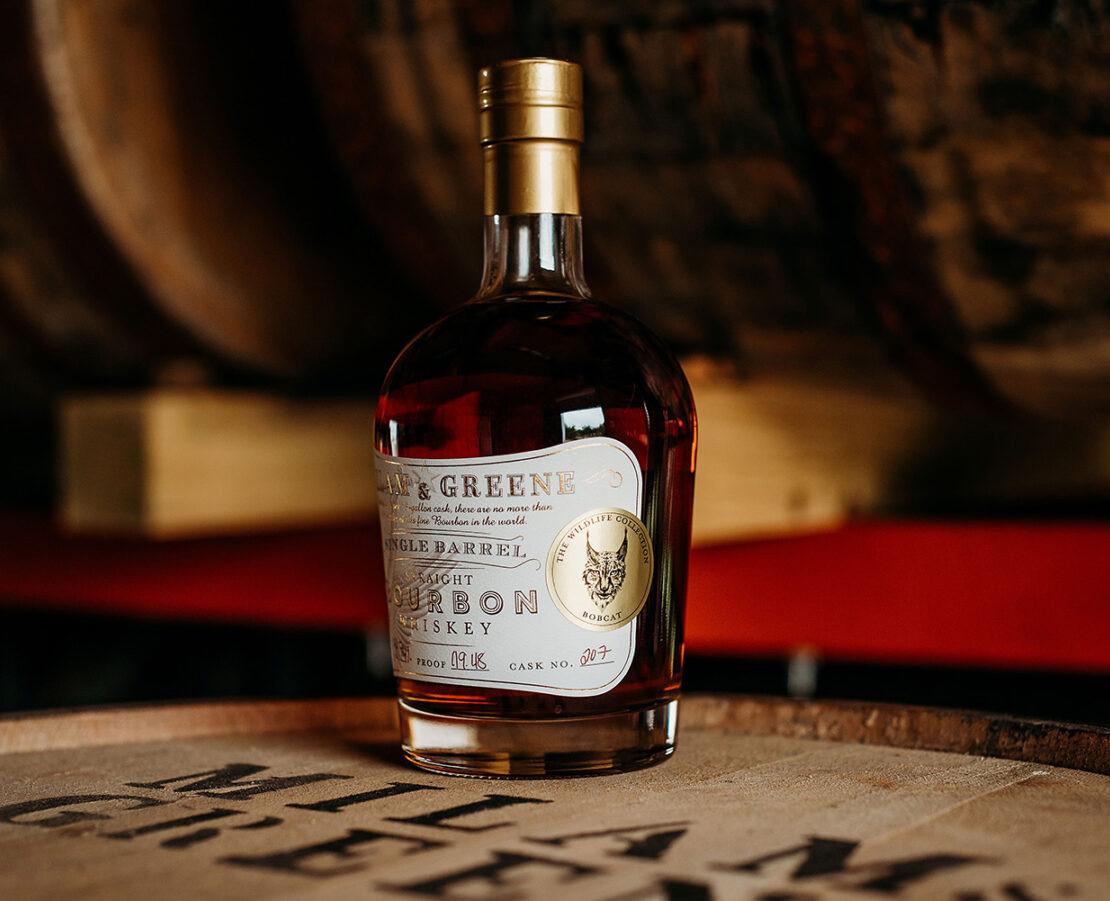

Garrison Brothers Distillery of Hye, Texas, celebrated the release of Lady Bird, a Texas straight bourbon whiskey infused with Texas wildflower honey and finished in a cognac cask. This new expression, almost eight years in the making, is Garrison Brothers’ ninth addition to its bourbon portfolio and its sales will benefit the Lady Bird Johnson Wildflower Center in Austin.

Milwaukee-based Central Standard Craft Distillery has expanded its successful Pour Ready Premium Cocktail line with the addition of Red Cabin Lemon Honey Bourbon Smash and Red Cabin Peach Bourbon Smash Cocktails, which are both 30 proof. They join the original premium cocktails in the lineup of Pour Ready Door County Cherry Vodka Lemonade and the Pour Ready Door County Cherry Vodka Mule, which launched last spring.
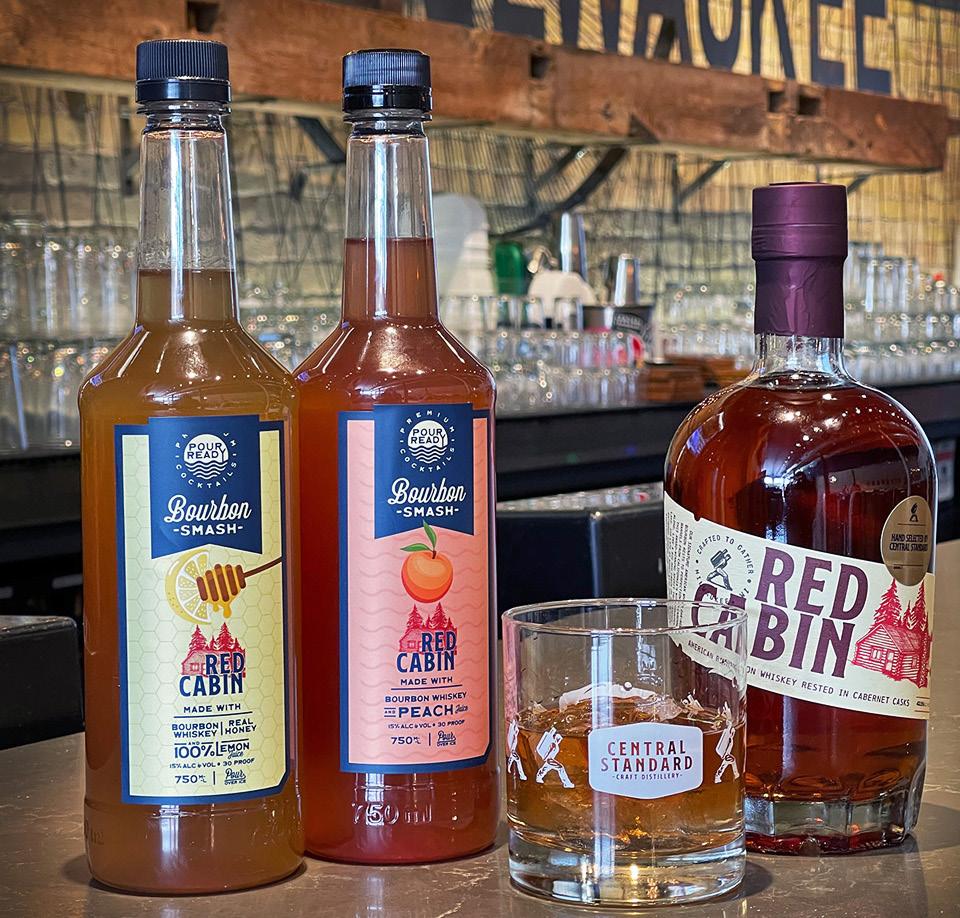
Sagamore Spirit is bringing a hometown classic cocktail to the masses with the national release of its Orange Crush Craft Canned Cocktail. Inspired by the original cocktail made famous in Ocean City, Maryland, this 8% ABV RTD is made with orange juice, lemon juice, lime juice and natural orange flavor paired with the distiller’s straight rye whiskey, replacing the traditional vodka and adding richer character.

Thompsonville, Michigan-based Iron Fish Distillery and Short’s Brewing Co. of Bellaire, Michigan, are collaborating to create Soft Parade, a new fruit-infused vodka. The 80-proof, fruitinfused vodka will be made using the same fruit selected for Soft Parade Beer. The result will be a one-of-a-kind vodka that combines the smoothness of traditional vodka with the subtle natural flavors of real strawberries, blueberries, blackberries and raspberries.



Key West, Florida-based Papa’s Pilar Rum has added a Rye-Finished Rum to its national portfolio, marking this as the fourth expression added to the flagship fleet. The 86-proof rum is made using the brand’s Dark Rum, which is solera blended with rums sourced from Barbados, Dominican Republic, Panama, Venezuela and Florida. The rum is further finished in once-used straight rye whiskey barrels made from heavily charred white oak.

San Antonio-based Maverick Distilling released its limited-edition Samuel Maverick Barrel Aged Texas Dry Gin just in time for warm-weather cocktail season. The 90-proof spirit was distilled in small batches using local-grown Texas ingredients and aged in bourbon barrels on-site in the vaults below the distillery in the historic Lockwood National Bank building located steps from the Alamo. Just 250 bottles were produced for this smallbatch release.

Sugarlands Distilling Co. of Gatlinburg, Tennessee, announced the newest flavor in the award-winning craft distillery’s moonshine portfolio—Sour Blue Raspberry—made in partnership with Folds of Honor, a national 501(c)(3) nonprofit that provides educational scholarships to spouses and children of America’s fallen and disabled military service members and first responders. Sugarlands will donate 5% of proceeds from sales of the 40-proof spirit to Folds of Honor.

Freeland Spirits of Portland, Oregon, has released a limited-edition Cherry Blossom Liqueur, featuring locally harvested cherry blossoms. The 70-proof liqueur is a delightfully floral and citrusy spirit, created with handharvested flowers from the Pacific Northwest, including blooms from the stunning Portland Japanese Garden. It is light, with a delicate floral flavor. Perfect as a creative cocktail ingredient, or plays nicely in a classic gin Martini.
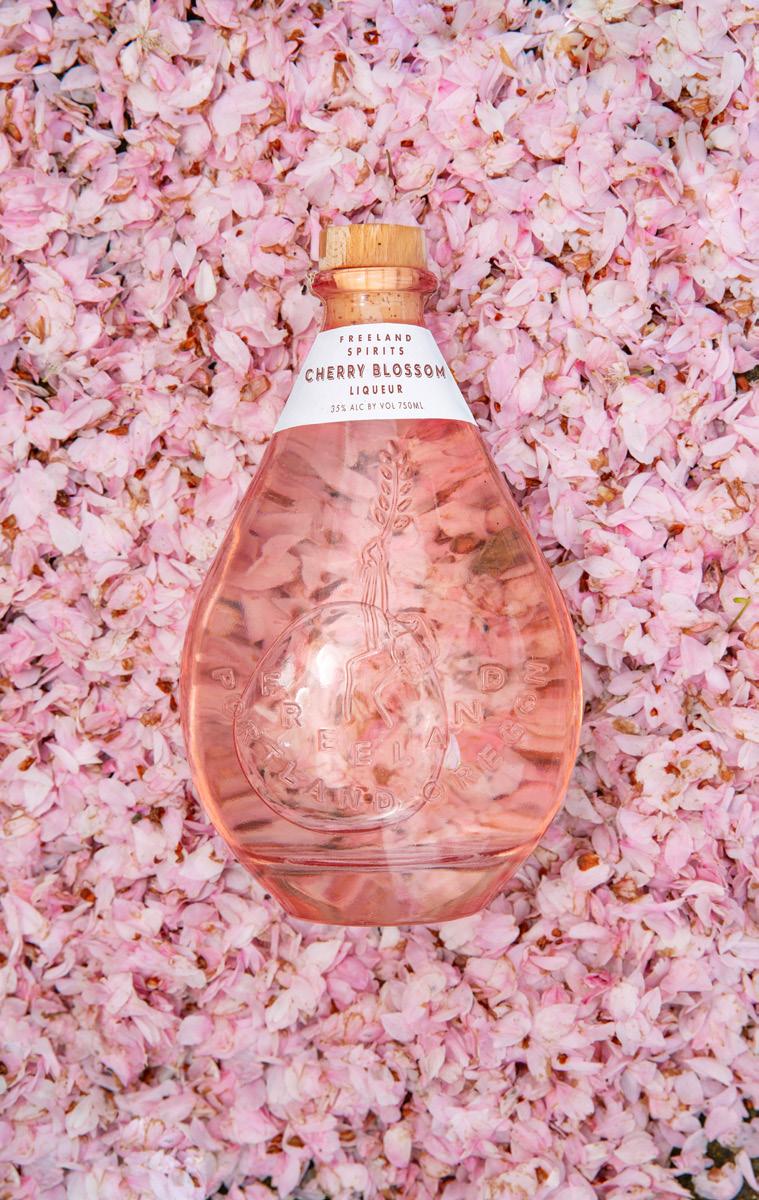
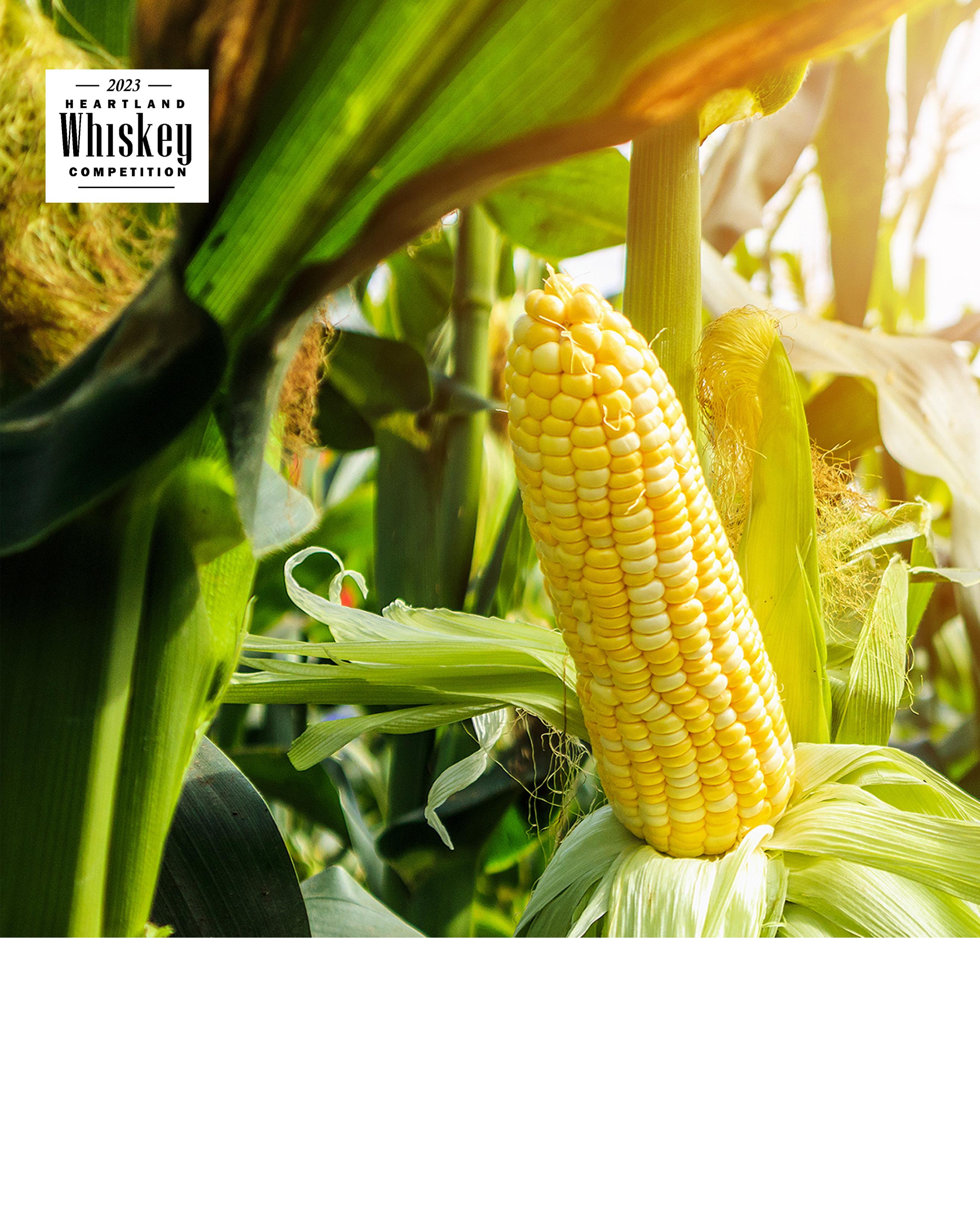


Fires, Floods, Explosions, and Bloodshed: A History of Texas
Whiskey
Author: Andrew Braunberg
Publisher: State House Press
Release Date: May 11
When Americans settled Texas in the 1830s, they brought their booze with them and found some made by the locals when they got there! Before long, the Lone Star State had a thriving distillery business, more than a century ahead of modern craft distillers that are changing the face of the spirits industry today. This is a fascinating history filled all too frequently with floods, fires, explosions, and lots of bad luck. Had the development of Texas happened a little differently, the state might have well become a major whiskey producer intertwined with barbed wire, refrigeration, cattle, railways, oil, and cooperage all coming into play.

The Ice Book: Cool Cubes, Clear Spheres, and Other Chill Cocktail Crafts
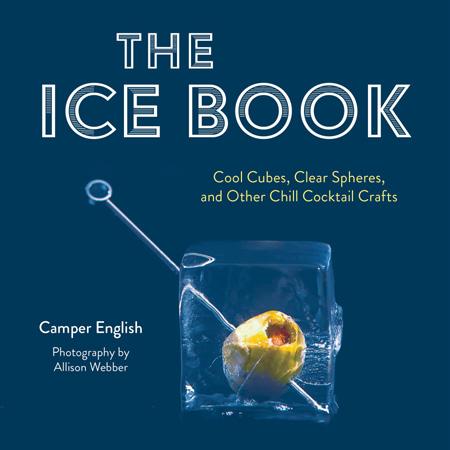
Author: Camper English
Publisher: Red Lightning Books
Release Date: May 23
Internationally renowned cocktail icepert Camper English details how to use directional freezing to make perfectly pure ice in a home freezer, carve it up into giant diamonds and other shapes, and embed it with garnishes, including edible orchids and olives. You’ll learn how to create a frozen bowl for Negroni punch, serve a Manhattan inside an ice sphere, and infuse cubes with colors and flavors to create cranberry cobblers, a color-changing Gin and Tonic, and other awesome drinks.
Strong, Sweet and Bitter: Your Guide to All Things Cocktails, Bartending and Booze from Behind the Bar
Author: Cara Devine
Publisher: Hardie Grant
Release Date: May 16
“Strong, Sweet and Bitter” is the debut cocktail recipe book by hostess of popular YouTube series Behind the Bar, Cara Devine. Using the Flavor Triangle (strong, sweet and bitter or sour flavors) as the basis, this book shows you how to master the fundamentals of flavor and craft a drink from anything available on hand. Drawing upon her expertise as cocktail bar Bomba’s manager, Devine explores the different ingredients and techniques required to craft anything from classic cocktails to their lesser-known but equally delicious counterparts.

The Book of Cocktail Ratios: The Surprising Simplicity of Classic Cocktails
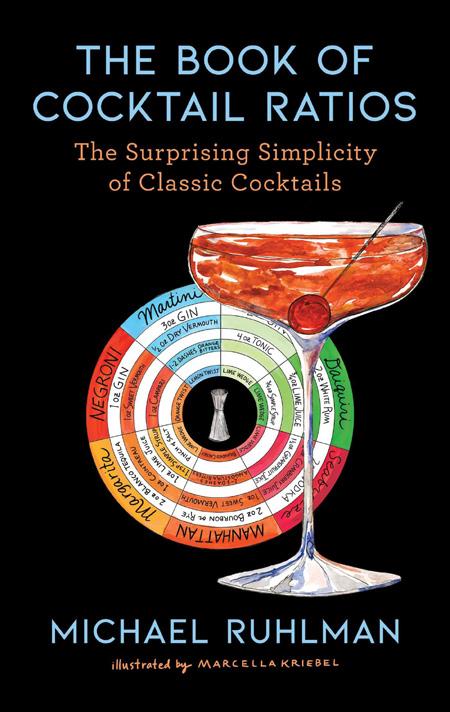
Author: Michael Ruhlman
Publisher: Scribner
Release Date: May 23
New York Times bestselling author Michael Ruhlman applies the principles of his innovative book Ratio—about the relationships of ingredients to each other—in this delightful back-to-basics cocktail book, sharing the simple recipes and fundamental techniques that make for delicious and satisfying libations. As Ruhlman explains, our most popular cocktails are really ratios—proportions of one ingredient relative to the others. Organized around five of our bestknown, beloved, classic families of cocktails, each category follows a simple ratio from which myriad variations can be built: The Manhattan, The Gimlet, The Margarita, The Negroni, and the most debated cocktail ever, The Martini.



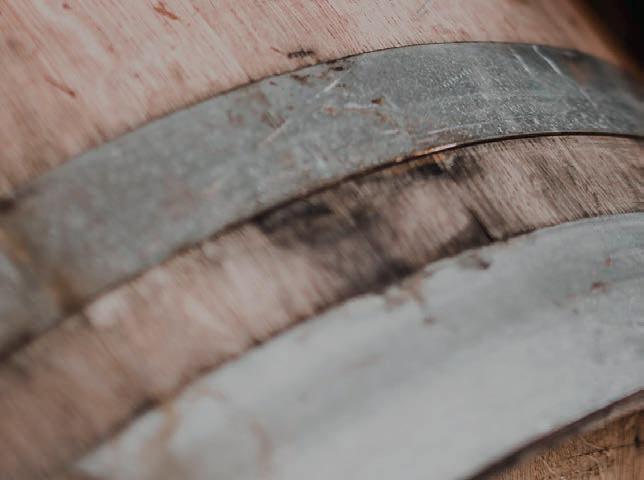



The Northwest Whiskey Trail, the first of its kind to cross an international border, launched in May and is ready to welcome enthusiasts and newcomers to the world of single malt and pot still whiskey. The brainchild of Graeme Macaloney Ph.D., CEO and Whiskymaker at Macaloney’s Island Distillery, the Northwest Whiskey Trail is an international adventure taking visitors through British Columbia, Washington State and Oregon. This self-guided trail features seven distilleries, each with its own character and history, offering visitors an unforgettable whiskey experience.
“Collectively, we export our whiskies to every continent and can’t wait for whiskey enthusiasts from around the world to come and explore this beautiful region and all it has to offer,” said Macaloney. The trail showcases the best award-winning

Shiner, Texas-based Spoetzl Brewery, brewer of Shiner Bock, announces the addition of a new onsite distillery, the K. Spoetzl Distilling Co., which is distilling a line of Shiner Craft Spirits.


After more than 114 years of crafting innovative brews, Spoetzl is introducing a new line of craft spirits, including vodka, gin and moonshine—also known as Shiner Shine—with barrel-aged spirits to follow.
“The town of Shiner and surrounding areas have a colorful history of distilling that dates back to before Prohibition and ties into Shiner’s rich brewing heritage,” said Tom Fiorenzi, director of brewery and distillery operations. “We believe our brewing experience crafting award-winning beers uniquely positions us to similarly craft the highest quality spirits for the demanding spirits consumer. The entire process—from grain to glass—will all be done by our team right here in Shiner; after all, great beer is the basis for great spirits.”
Nestled in one of the oldest cellars of the historic brewery, Shiner commissioned a world-class distillation system, including a copper pot still and copper rectifying columns
hand-crafted in Scotland. As an ode to the past, each batch of spirits passes through the collection vessel copper grant designed by Shiner’s legendary brewmaster Kosmos Spoetzl in 1947. “The copper from Kosmos’ grant refines the batch prior to its introduction to the still,” says Jessica Michalec, Spoetzl distillery manager. “From there, each batch receives the same care and attention from our distillers that our brewers would apply to our craft beers.”
Visitors are invited to tour the distillery and sample spirits seven days a week. The distillery also has a menu of craft cocktails, each tailored to incorporate the local heritage and flavors. Bottles of spirits are also available for purchase exclusively from the hospitality room for at-home enjoyment.
“The incredible support from Shiner Beer fans over the years led us to this point where Shiner begins a new chapter distilling unique craft spirits that deliver on quality while paying homage to the brewery’s historic past,” said Nick Weiland, Shiner’s director of marketing.
whiskies in the Northwest, including those made by Westward Whiskey in Portland, Oregon; Copperworks Distilling and Westland Distillery in Seattle; Macaloney’s Island Distillery in Victoria, B.C.; Goldstream Distillery in Cowichan Valley, B.C.; Shelter Point Distillery in Campbell River, B.C.; and Deep Cove Brewers & Distillers in Vancouver, B.C. Visitors will have the opportunity to explore each distillery’s unique distilling process, sample their signature whiskey and learn about the history and culture behind each brand.
“When Graeme first approached us with the idea of creating an international whiskey trail featuring like-minded craft distilleries in the Pacific Northwest, we thought it was a brilliant idea,” said Copperworks Distilling Co. president, co-founder and co-owner Jason Parker. “We’re excited for more people to visit, learn about the distilleries, and most importantly, taste the difference between each distillery.”
One of the highlights of the trail is the Northwest Whiskey Trail passport. Visitors can collect stamps at each of the participating distilleries along the trail, and once they fill up their whiskey passport, they can redeem it at their final distillery for an exclusive, limited-edition Northwest Whiskey Trail Glencairn whiskey glass, pictured to the left.



Middle West Spirits, of Columbus, Ohio, has announced a multi-year expansion of its distillery, operational facilities and a 14-acre campus at 1165 Alum Creek Dr. According to the distillery, the expansion makes Middle West Spirits a top 10 grain-to-glass whiskey and spirits producer in the United States overall and the largest distillery in Ohio.
The growth will create about 80 new jobs over the next three years, with hiring to begin immediately.
In 2020, the company acquired the vacant Alum Creek Campus and completed initial renovations to relocate and expand operations. The new expansion plans, with MA Design serving as lead designers on the project, include a state-of-the-art 75,000-square-foot distillery, a grain recycling center, packaging and bottling facility and more.
In addition, the Middle West Spirits project will create new office space to support growing its headquarters and positioning the site for the possibility of a future hospitality space. Distilling will also continue at the original Courtland facility in the Short North, which houses the company’s retail Bottle Shop
and acclaimed Service Bar restaurant.
“We are excited about the Alum Creek development and the future of our company. The expansion of our operations allows us to hit capacities, aging goals and the volumes needed to continue to develop our brands and partnership programs,” said Ryan Lang, founder and chief executive officer for Middle West Spirits. “Our team has worked tirelessly
over the last 15 years to bring us to this point, and we are excited to start the next chapter of Middle West.”
“Middle West is making an immense impact on the local community by creating jobs and revitalizing a key property on the east side of Columbus that hopefully brings further investment to that corridor,” said Andrew J. Ginther, mayor of Columbus.

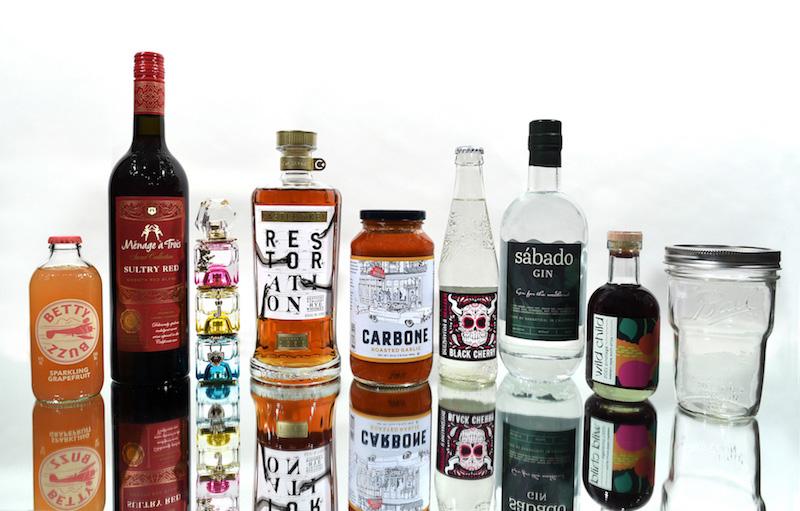
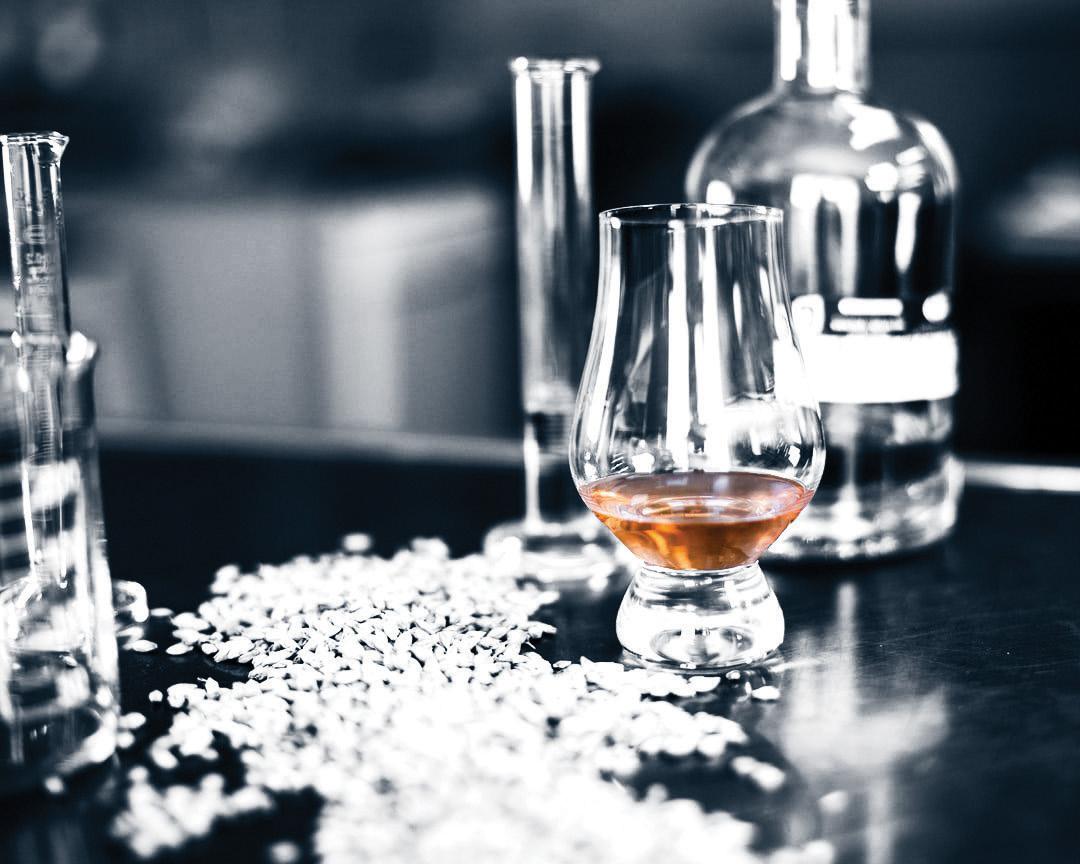

The Glass Packaging Institute (GPI) recently announced the winners of the 2023 Clear Choice Awards (CCA), which recognize North America’s top brands and manufacturers creating remarkable glass product designs that form dynamic consumer experiences.
Castle & Key Restoration Rye Dark Label won in the spirits category, and a complete list of winners can be found at gpi.org.
Since 1989, the Clear Choice Awards has honored consumer product goods manufacturers that find noteworthy ways to use glass packaging to tell the story of their brand, create glass packaging designs that stand out from others, and help brands meet their sustainability goals.
“I want to congratulate the winners of the 2023 Clear Choice Awards,” said Scott DeFife, president of GPI. “It’s been two years since we’ve held these awards, and I especially want to recognize the glass container manufacturing industry for their support in providing premium and sustainable glass products to consumers around the world. It is amazing to see each of these companies and North American manufacturers receive
recognition for all of their hard work in creating unique glass design and packaging.
Congratulations to every one of our winners, we truly appreciate the work you are doing!”
The winning glass containers were selected by an independent judging panel of food and beverage packaging professionals which consisted of John Neata, wine director at Ristorante TOSCA in Washington, D.C.; Tom Bobak, founder and editor-in-chief at American Craft Beer; and ACSA’s Jeff Cioletti, editor-in-chief of this magazine. They


determined the winners for each category based on four criteria: package design (including container, label and closure), shelf impact, storytelling strength of the brand or product, and innovation (in container form and product category).

Uncle Nearest Premium Whiskey of Shelbyville, Tennessee, announced that it has expanded its home, Nearest Green Distillery, to a massive 432 acres. With the purchase of an adjacent property on Eady Road and combined with its original 313 acre distillery property in the hills above Lynchburg, Tennessee, the distillery has increased its footprint, to a total of 745 acres in Bedford and Moore Counties. This acquisition makes Uncle Nearest Premium Whiskey one of the largest, if not the largest, Black landowners in Tennessee.
Nearest Green Distillery, which opened to the public in 2019 with 270 acres, has quickly become a popular tourist destination, attracting between 5,000-8,000 visitors every weekend. With the expansion, the company expects that number to swell to 10,00015,000 visitors per weekend in the coming months. “We are always thinking ahead and doing our best to keep pace with our continuously increasing demand,” said Fawn Weaver,
founder and CEO of Uncle Nearest.
Named after the legendary Black-American master distiller, Nearest Green Distillery boasts a range of unique experiences for guests to enjoy. The distillery is home to Humble Baron, which holds the Guinness World Record for the longest bar at a mindboggling 518 feet with a 17-station bar. Additionally, Barrel House BBQ II, known for the world-famous Grilled Cheese on Crack, is the distillery’s BBQ joint which draws visitors from all over the world.
“When a member of the press dubbed us ‘Malt Disney World’ when we opened in 2019,” said Victoria Eady Butler, a fifth-generation descendant of Nearest Green and the fourtime Master Blender of the Year for Uncle Nearest, “we took that quite seriously and built out a distillery worthy of that moniker.”

With its expanded footprint and unique experiences, Nearest Green Distillery is quickly becoming a must-visit destination for whiskey enthusiasts and teetotalers alike.
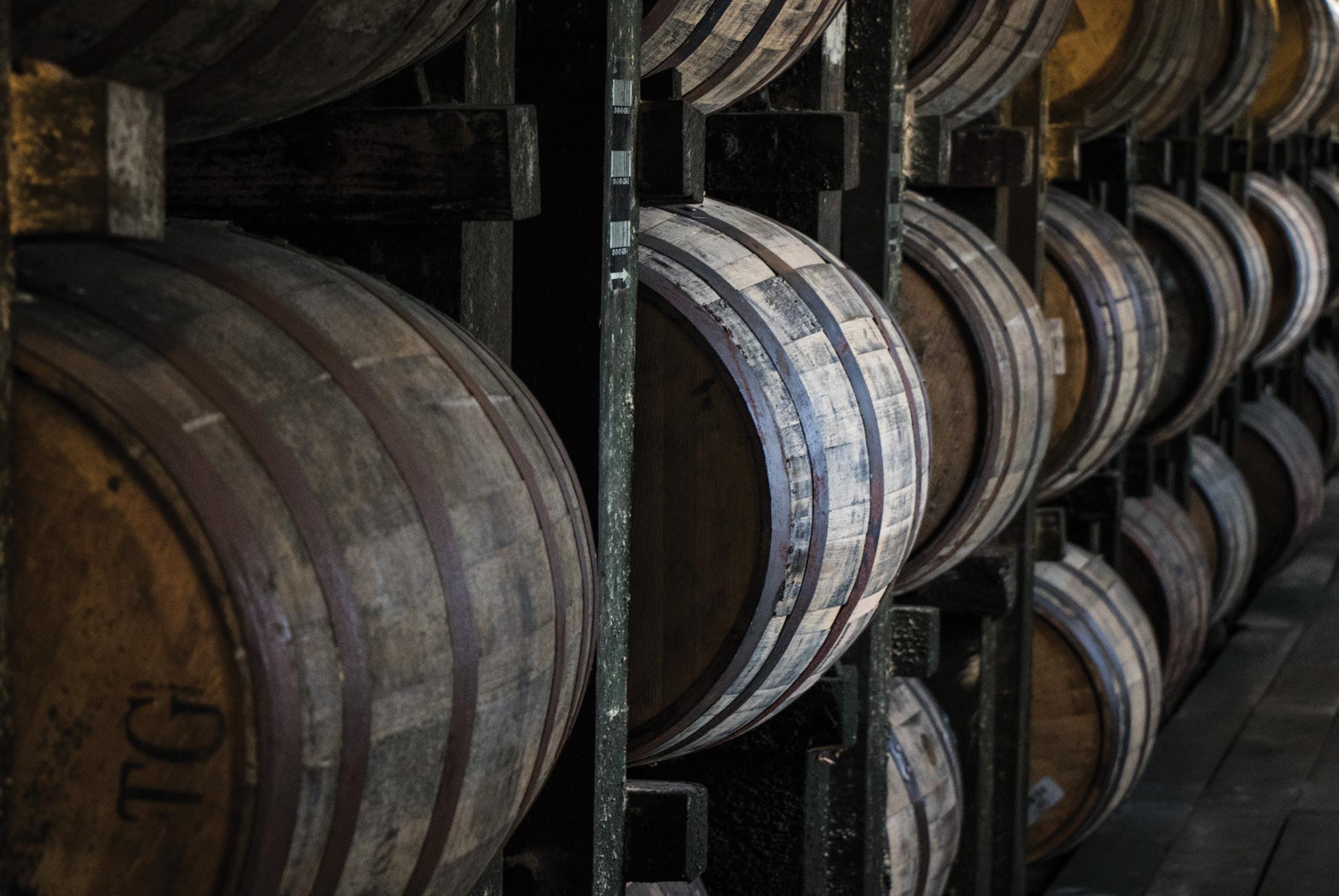

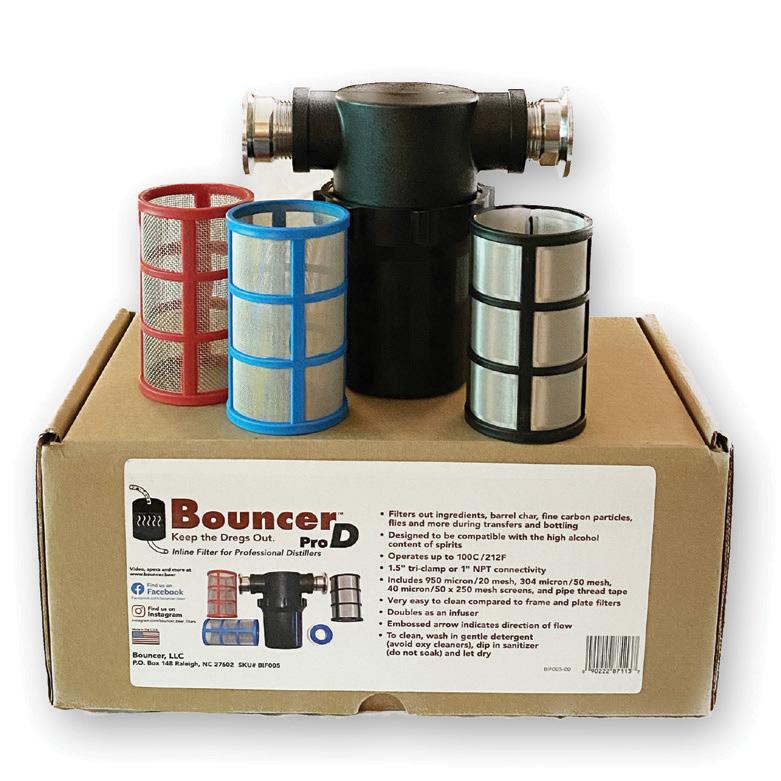
The Colorado Grain Chain (CGC), a nonprofit organization of businesses and consumers that seeks to grow and connect a vibrant community-centered grain economy in the state of Colorado, has announced the Brewers & Distillers Microgrant Program. The program will award four participants—one from each of Colorado’s four major watersheds—with $4,000 each to craft a beverage made exclusively from Colorado-grown grains.
According to the CGC, the goal of the program is to collect specific information about the use of Colorado grown grains in craft beverages, promote its member businesses, and raise awareness and demand for Colorado grown grain products. The CGC is accepting applications for these grants until May 29.
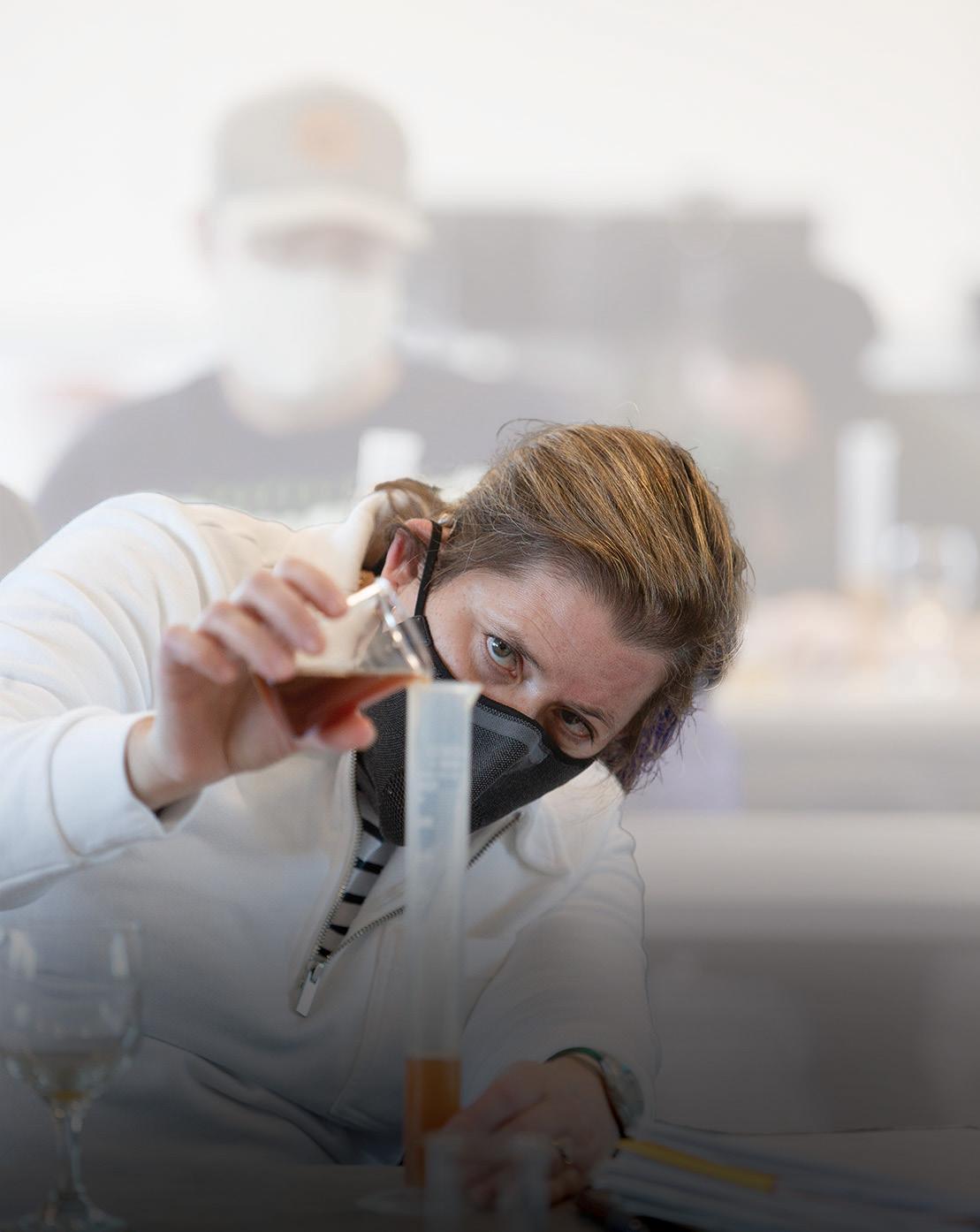
“We’re very excited to be launching this microgrant program and to be supporting small businesses and Colorado grown grains,” said Lisa Boldt, co-founder of Primitive Beer in Longmont, Colorado, and grant coordinator with the CGC. “Colorado has many amazing craft beverage producers, and we’re hoping this program helps inspire more breweries and distilleries to use local grains and explore the
companies behind them.”
Colorado’s four major watersheds are the South Platte River (northeast), the Arkansas River (southeast), the Rio Grande River (south central), and the Colorado River (western slope). The CGC will award one brewery or distillery from each region with a $4,000 grant to be used for ingredients, packaging, artwork, release day event and other expenses incurred in creating the beverage. Applicants must be a Colorado-based business, use only state-grown grains in the beverage, document their spending, and be willing to gather information about the grains used and share their findings and experiences. A portion of the beverage produced must be packaged for sale (bottles, cans, bag-in-box, etc.) so that it can be shared with others. However, grant recipients keep all profits they generate from the beverage.
Additionally, applicants must include the Colorado Grown Grains Co-Brand (Co-Brand) logo and QR code on the packaging and in event promotion. The Co-Brand seeks to increase demand and create awareness of the value in locally sourced, nutritious, and whole-

some grains and grain products. Registered Co-Brand users are encouraged to become CGC business members and are eligible for a limited time reduced rate of $99 for annual CGC membership.
The CGC hopes grant recipients are able to use grains from their regional watershed, and strongly encourages collaborations such as breweries and distilleries working together or with bakers and other grain-related businesses. The CGC will be available to help plan and promote a fun release day event where multiple facets of the Colorado Grain Chain are highlighted.
Blue Run Spirits has revealed the first look at its planned whiskey distillery and headquarters in Georgetown, Kentucky, designed by international architect firm Bjarke Ingels Group (BIG).

The 35,000-square-foot distillery and a 20,000-square-foot rickhouse will break ground in 2023 at the Lanes Run Business Park. Projected to open in 2025, distillery operations are anticipated to bring at least 45 full time jobs to the local economy, which was heralded in a statement by Kentucky Governor Andy Beshear last fall.
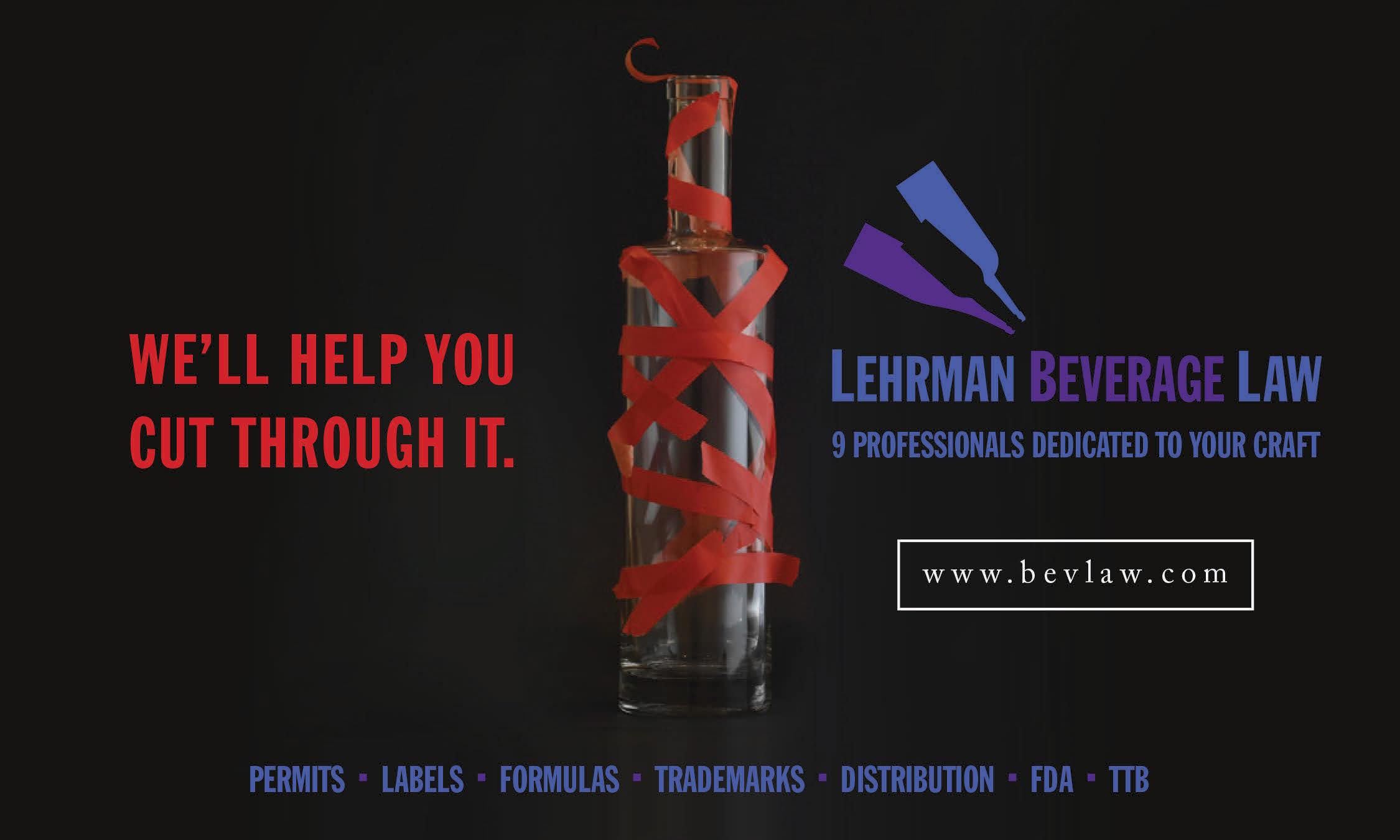
“We are thrilled to be able to reveal an early look of Bjarke Ingels Group’s design for the new Blue Run Spirits distillery in Georgetown, giving everyone a glimpse at where we are heading in developing a welcoming, unexpected and modern facility with a true focus on sustainability,” said Blue Run Spirits CEO and co-founder Mike Montgomery. “This will be a game-changing addition to Blue Run’s longrange business plans, allowing us to meet forecasted and unforeseen demand, while also giving our whiskey director Shaylyn Gammon and liquid advisor Jim Rutledge a home base
of operations.”
The design, called Meander, is meant to evoke the journey of the limestone-rich water of the Royal Spring in Georgetown as it winds its way through the distilling, aging and blending process to becoming fine Blue Run bourbons and rye whiskeys. The Royal Spring, dubbed the Blue Run by one of the founders, serves as the company’s namesake.
Founded in 2005, Bjarke Ingels Group is based in Copenhagen and New York City and has offices in London, Barcelona and Shenzhen. BIG’s practice includes architecture, planning, landscape, urbanism, interior design, product design, research and development. Notable projects include Google Headquarters, Lego Brand Museum, Audemars Piguet Museum and Hotel, the San Pellegrino Flagship Factory, and world-renowned Copenhagen restaurant Noma.
“For Blue Run, we have boiled the entire process of whiskey-making down to a single linear sequence—from distilling to maturing to bottling,” said Bjarke Ingels, founder and creative director, BIG. “The half-mile long process meanders through the gentle hillsides
creating bends and banks, inlets and outlooks. A single shingled roof of photovoltaic tiles twists and turns to maintain optimal orientation even as the activities underneath require grandeur or intimacy. In the same way the Royal Spring is shaped by how the water flows through it, Blue Run Distillery is shaped by the flow of the whiskey and the processes and people who make it.”



Next Century Spirits of Raleigh, North Carolina, announced the addition of Tom Spisak as CFO. Spisak joins the organization after three years at Reed’s Inc.—a craft soda company with over $55 million in sales. While at Reed’s Inc., Spisak served as chief financial officer where he enacted financial disciplines across the firm, established key banking relationships and guided the company during the macroinflationary environment spawned by covid.

perience in the craft soda and liquor industry to bring the organization to new heights.”

Prior to his time at Reed’s Inc., Spisak spent 26 years at Diageo and held multiple financial positions in North America. While at the multinational alcoholic beverage company with over $16 billion in net sales, Spisak served as the vice president of finance and controller of North America. Previously, he served as vice president of commercial finance as well as

Covington, Kentucky-based Wenzel Whiskey has acquired assets and an inventory of aged spirits from Savannah, Georgia-based Ghost Coast Distillery, which closed its tasting room doors in September of 2022.
Wenzel reached an agreement with Ghost Coast to purchase all equipment used for distilling and nearly 500 barrels of aged bourbon and rum. The equipment includes a pot still and cooker from Vendome Copper & Brass Works, and the barrels of aged spirits includes a considerable amount of bourbon that is upwards of seven years old. Distillery Now Consulting served to broker the sale of the distillery and also handled the decommission and relocation of the equipment and barrels to Covington.
“The opportunity to acquire a fully functioning distillery, especially one with the reputation of Ghost Coast, was one we could not pass up,” said Tony Milburn, senior partner of Wenzel. “This will jumpstart our Wenzel brand by about three years.”

If I had to pick the two biggest trends in craft spirits—as a consumer—I’d have to go with store picks and cask strength whiskey bottlings. Both have their attractions, both have downsides that have to be considered. But you don’t need whiskey, or even barrels, to play the game. Your brandy, rum or gin can play that game too.
Here’s how it works for whiskey.
Store picks have grown tremendously, and it’s no surprise. A bottle from a store-picked barrel lets the average customer get in on something that was once reserved for people with the time, money and persistence to buy an entire barrel, then wrangle it through bottling, taxation and delivery across borders. The up-front costs were substantial, the process subject to change at a moment’s notice. Now it’s as simple as picking a whimsically labeled bottle off a shelf.
And it does make sense for the distiller. Herman Mihalich, at Dad’s Hat Rye in Bristol, Pennsylvania, told me why they do it.
“There are [several] factors that figure into this,” he said. “If we are selling the entire barrel at one shot, we would tend to look at the lower side of the [wholesale price] scale to make the volume purchase a bit more attractive, and we sell all 30 six packs in one go. We also take into consideration the promotional value of having a single barrel on the shelf, where the store team is now educated about our brand and motivated to sell the six packs they purchased.”
Cask strength bottlings give consumers an opportunity that is arguably even more rare. They give us the chance to do what only master blenders could do: taste the spirit as it was created, and then choose what proof is the best for it. Or just pour the fiery stuff right into our craws as God intended. Hell, I just did that last night.
The question of whether to bottle at cask strength is a bit more subtle than the store pick. You get fewer bottles per barrel, and the labeling is different, so you’ll need to charge more, but how much more? I didn’t know, so I
asked Phil Brandon, the founder at Rock Town Distillery in Little Rock, Arkansas. He gave me this example that shows how charging a reasonable premium for these bottles yields significant additional revenue.

“[Take] a 25-gallon barrel that we bottled as a single barrel last week,” he says. “The barrel yielded 20.63 proof gallons at a proof of 115.94 which yielded 98 cask strength 750-mL bottles. If we had proofed it down to 92 proof (our standard bottling proof), it would have yielded 116 bottles. Doing the math: 98 bottles at $60 a bottle = $5,880, vs. 116 bottles at $40 a bottle = $4,640. This equates to an additional $1,240 in revenue at cask strength vs. standard proof.”
An additional $1,240 from a single 25 gallon barrel? Not to be sneezed at.
Can you get in on this with other spirits? For anything that’s aged in a barrel—brandy, fruit brandy, rum, barrel “rested” gin and yes, even aquavit—all it takes is the same label and selection work as whiskey, and a modest amount of promotion and education. People see it as fun, special and educational, that glimpse behind the blender’s curtain.
But can you really do cask strength without the cask? You bet, you just have to be a bit imaginative with the nomenclature. Navy Strength gin and unaged rum are already out there, at a stiff 114 proof that’s backed by authentic tradition. I still remember the super gin I had at a small distillery in Cologne, Germany, Sünner im Walfisch: it was over 120 proof, a crisp explosion of botanicals.
Store picks? Like whiskey, all it takes is a little tweak and hook work. Shift your botanicals charge in a more floral or citrus or juniper direction, and bingo, you’ve got ‘Our Gin: the Autumnal Mix,’ or whatever. Aquavit, same thing. Rum, twist the cuts a bit. Just make it different … and make it good.
One last word from Mihalich is worth adding. “Be mindful of what the final price on the shelf will be,” he said, “and how it will compare to what else is out there.” Because in the end, these projects are fun, but if you do it right, they can definitely contribute to your bottom line. ■
Lew Bryson has been writing about beer and spirits full-time since 1995. He is the author of “Tasting Whiskey” and “Whiskey Master Class.”

But can you really do cask strength without the cask? You bet, you just have to be a bit imaginative with the nomenclature.

The American Craft Spirits Association (ACSA) in March announced the election of Gina Holman of J. Carver Distillery (MN) as the President of the Board of Directors. She has served as a member of the organization’s Board of Directors since 2020, and as Vice President since 2022. Kelly Woodcock of Westward Whiskey (OR) has also been elected as the organization’s Vice President and Jessica J. Lemmon of Cart/ Horse Distilling (PA) has been re-elected as Secretary/Treasurer.


Together, Holman, Woodcock, Lemmon and the current and newly-appointed Board of Directors will work with CEO Margie A.S. Lehrman to address the key issues facing the craft distilling industry, including the organization’s continued push for direct-toconsumer (DtC) shipping.
The elections will usher in the second consecutive year during which an all-women-identifying-led board will steer a national trade association. Additionally, women currently
make up more than half of the elected Board members. ACSA is also proud to announce the results of its national election for Board of Director members, adding four new members with one returning.
“It is a tremendous honor to be leading the ACSA Board of Directors as president, and it is a responsibility that I do not take lightly,” said Holman. “As we usher in ACSA’s second decade as a leading industry trade association, I look forward to serving our growing craft spirits community and building on the organization’s remarkable accomplishments thus far. We’ve certainly got our work cut out for us, but I’m excited to be working alongside such an esteemed group of fellow Board members to make great things happen for our vibrant industry.”
Lehrman added, “As a woman in drinks, particularly at a trade association level, I’m thrilled to announce that for a second year, our women-led Board will steer our organization to support our growing community of

craft distillers. Though ACSA remains focused on critical industry issues such as postal shipping reform, trade, fair competition, and direct-to-consumer shipping, we continue to pour our hearts and efforts into the STEPUP Foundation, the 501(c)3 non-profit immersive internship program we helped create two years ago. Through STEPUP, our work is narrowly focused on an important mission: to change the face of the drinks industry, one intern at a time. While we still have so much work to do—particularly within the communities that have been most marginalized historically—we are beginning to see a shift in drinks. Our 2023 Board of Directors is proof that our industry continues to move in the right direction.”
The newest members of the Board include Colin Spoelman (Kings County Distillery, NY), Jaime Windon (Windon Distilling Co., MD), Thomas Williams (Delta Dirt Distillery, AR) and Jordan Cotton (Cotton & Reed, D.C.).
Following these elections, the ACSA Board of Directors is also appointing leadership to its governing committees. Those committees include Membership, Ethics, Convention, Education, Elections, Safety, ACSA PAC, Mentorship, Judging, Government Affairs, State Guilds, Technology, Finance, DtC and Development.
ACSA is excited to announce that Jordan Cotton of Washington, D.C.-based Cotton & Reed is the incoming chair of the ACSA political action committee (PAC) and is also our newest member of the Board of Directors. Jordan has worked closely in ACSA governance, serving on the government affairs committee, and we look forward to his energy, vision and guidance as we begin the 2023-2024 term of office.
We are also extremely grateful to our outgoing PAC chair Stephen Johnson, who served as chair since the PAC’s inception in 2018.

ACSA’s public policy advocacy on behalf of its members is critical to making sure our community’s voice is heard on Capitol Hill and in state legislatures. A crucial piece of this strategy is a strong political action committee (PAC). ACSA created a PAC years ago to make sure the voice of our small businesses in an emerging industry is heard.
To learn more, go to our website and log in
Should you have any questions about ACSA’s PAC, or ACSA’s public policy initiatives, please write to acsapac@americancraftspirits.org
Participating state corn associations recently announced that the 2023 Heartland Whiskey Competition will take place August 1-2 in St. Louis, Missouri. This is the fourth biennial Heartland Whiskey Competition that state corn marketing associations have sponsored. The judged competition is sanctioned by ACSA and strictly limited to craft whiskeys that contain some amount of corn as an ingredient. Any craft distiller in the U.S. is eligible to enter products for judging in multiple whiskey categories (e.g., bourbon, bottled in bond, rye, etc.). The most coveted awards are Best of State, which are limited to only those states sponsored by their respective corn associations. Best of Show, which represents the top scoring whiskey across all categories, is also limited to sponsored states.
New for the 2023 competition is a national, cross-category award: Top Farmer-Distiller. This award will go to the top-scoring whiskey across all categories that is produced by a distillery whose owner(s) operates a working farm. The first three competitions saw farmerdistillers walk away with scores of medals and trophies including several Best-of-State. The new farmer-distiller award recognizes the heri-
tage of craft distilling and farming, and offers the opportunity for one accomplished distiller to earn bragging rights.
“We are pleased that as our craft spirits industry expands—the number of craft distillers has grown by 54% since the inaugural 2017 competition—corn growers across the heartland have stood behind us and sponsored this important competition,” said Margie A.S. Lehrman, CEO of ACSA. “Most craft distilleries source corn grown nearby for their mash and that amount has grown considerably in recent years. It’s exciting to add a new award for best farmer-distiller which recognizes the critical relationship of our two, overlapping industries.”
Competition awards such as medals and trophies are important to craft distillers because they recognized great product which positively influence consumer retail purchases.
ACSA will select judges from accomplished industry professionals and mixologists who have demonstrated experience with craft spirits. The actual judging will occur on August 2nd and winners will be announced by early September.
The following state corn marketing associations collectively sponsor the 2023 Heartland Whiskey Competition and state-level competitions in 21 states representing more than 75% of all U.S. craft distillers:

Colorado Corn Promotion Council
Illinois Corn Marketing Board
Indiana Corn Growers Association
Iowa Corn Promotion Board
Kansas Corn Growers Association
Kentucky Corn Growers Association
Maryland Grain Producers Utilization Board
Corn Marketing Program of Michigan
Minnesota Corn Research & Promotion Council
Missouri Corn Merchandising Council
Nebraska Corn Board
New York Corn & Soybean Growers Association
Corn Growers Association of North Carolina
Ohio Corn Marketing Program
Pennsylvania Corn Growers Association

Texas Corn Producers
Tennessee Corn Promotion Board
Wisconsin Corn Promotion Board
Craft spirits from other corners of the earth took center stage in New York City in March at Drinks America, the spirits-centric companion to VinExpo America. Japanese spirits, especially awamori from Okinawa Prefecture, were a particular focus (top image: an awamori 101 session). Gin also commanded a considerable share of the spotlight.



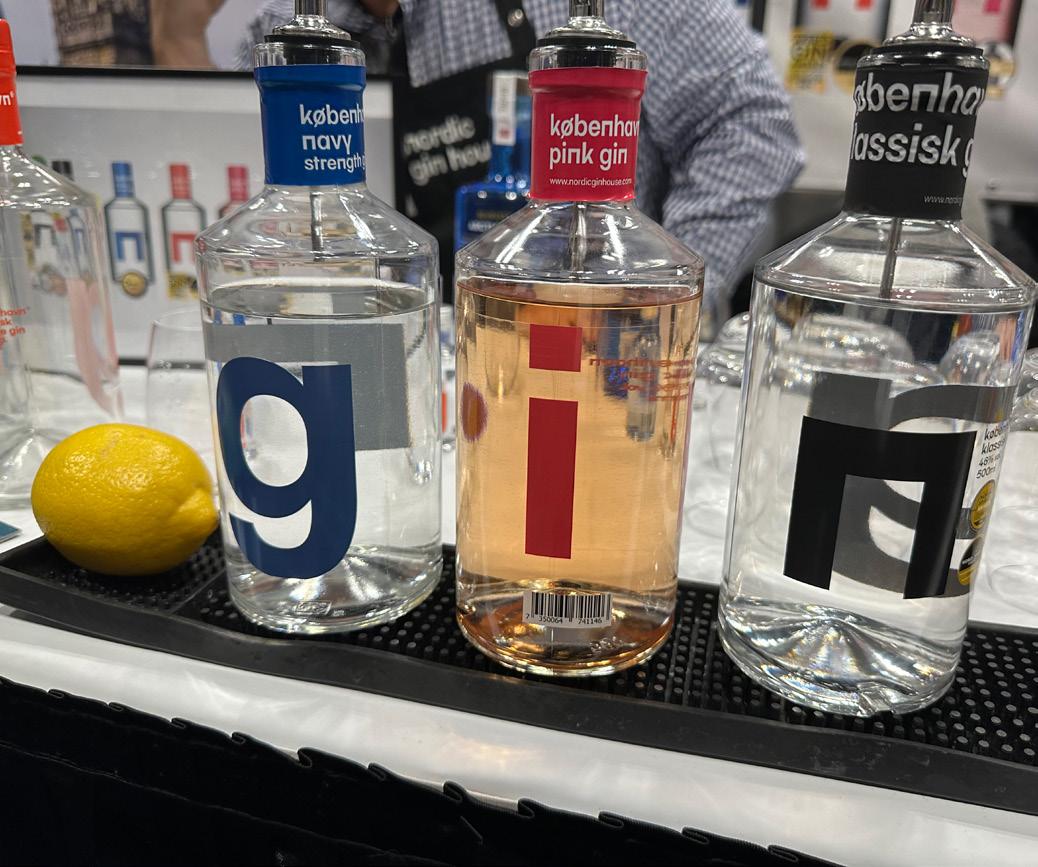

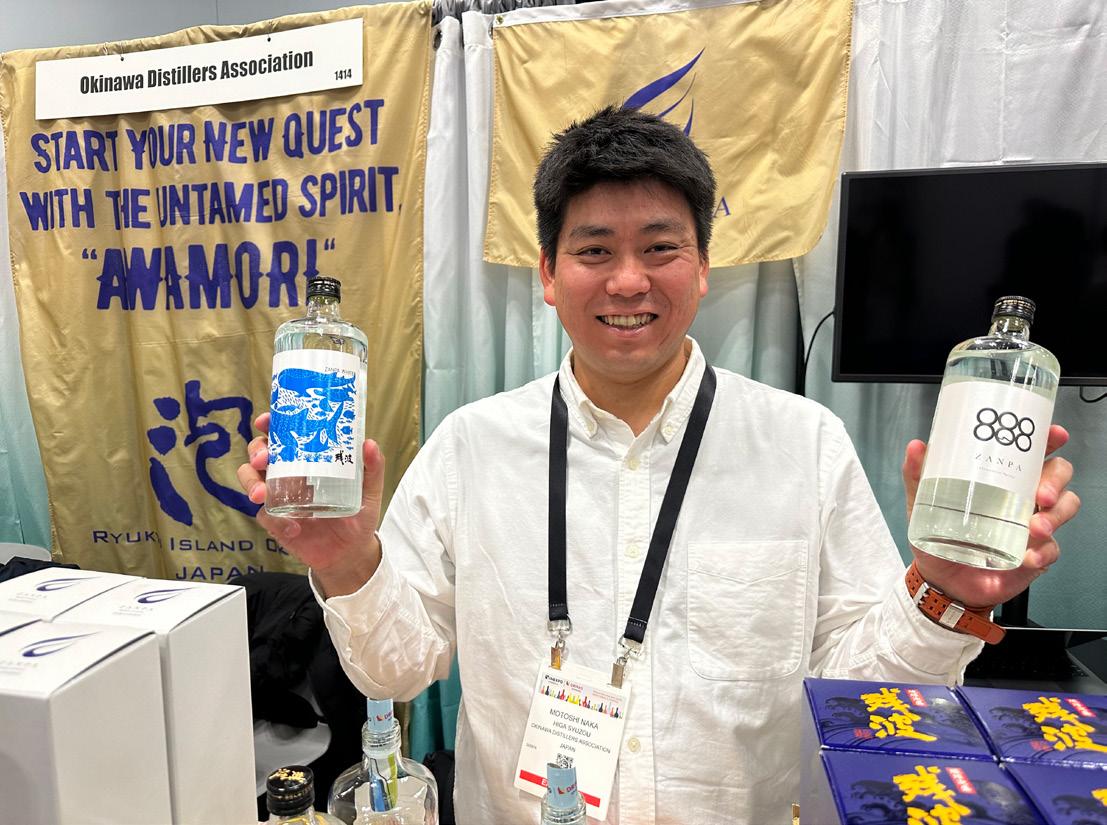
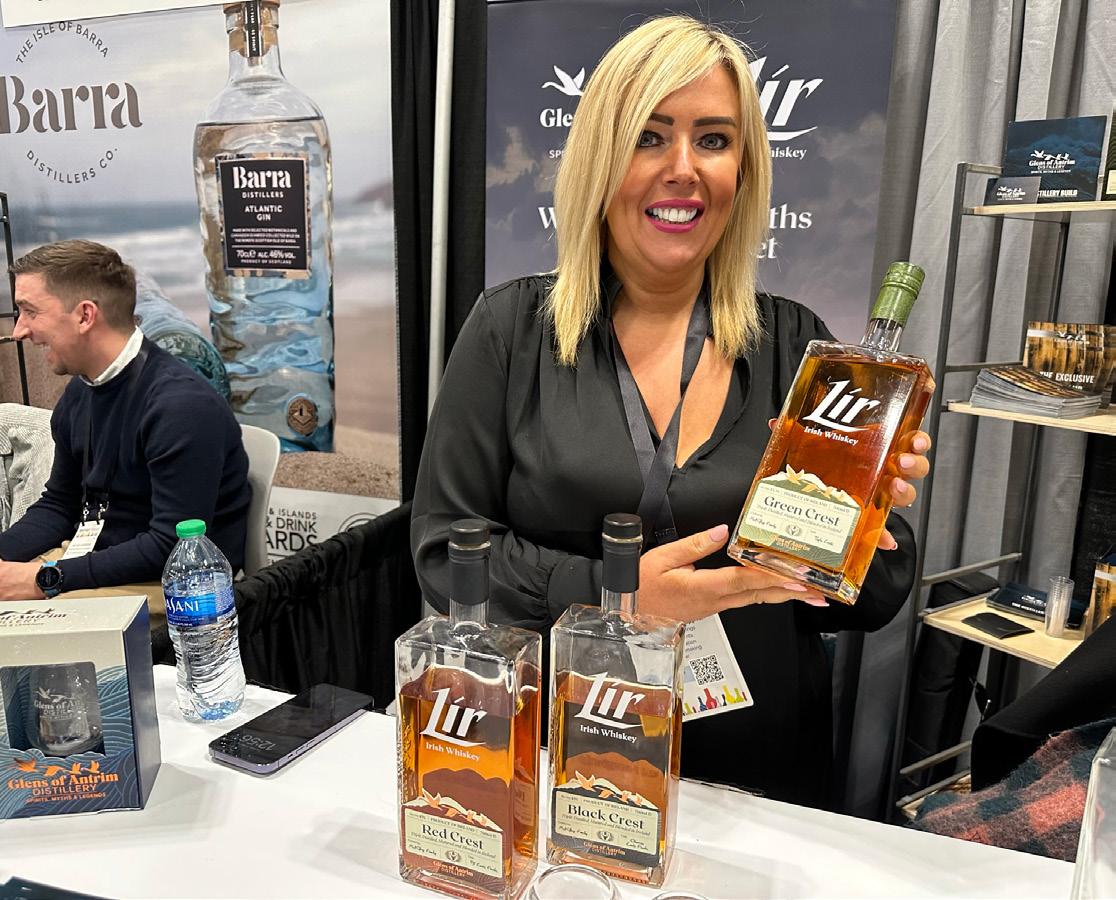

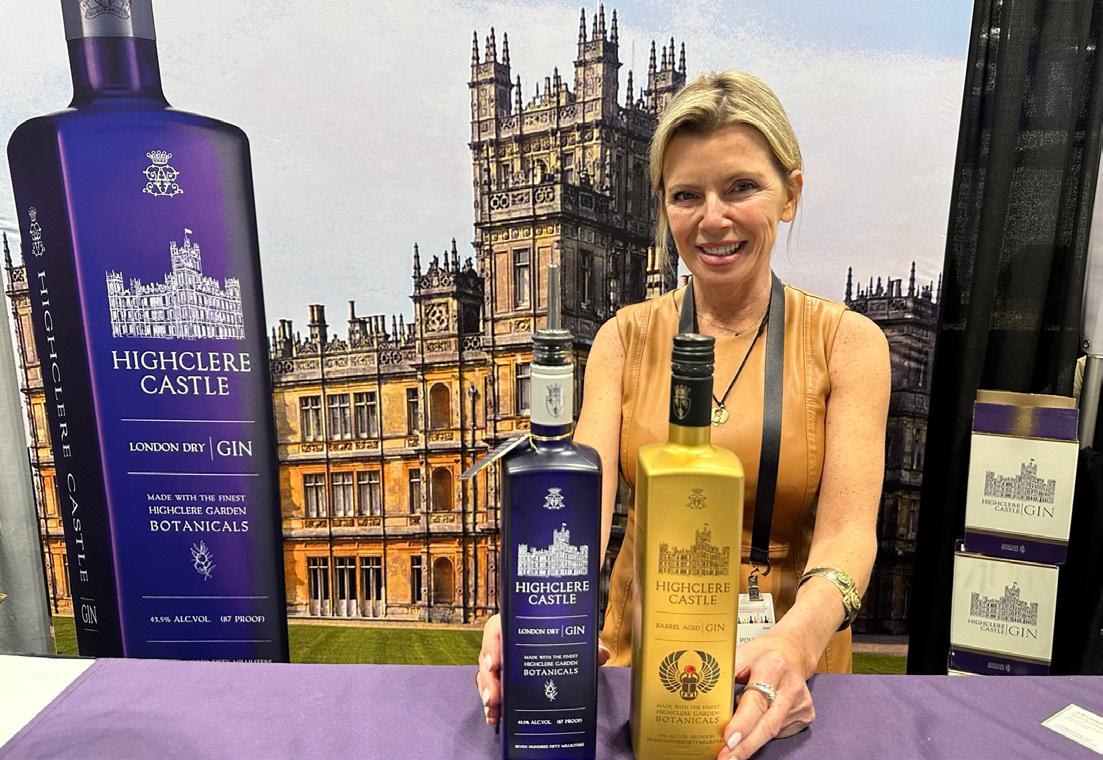
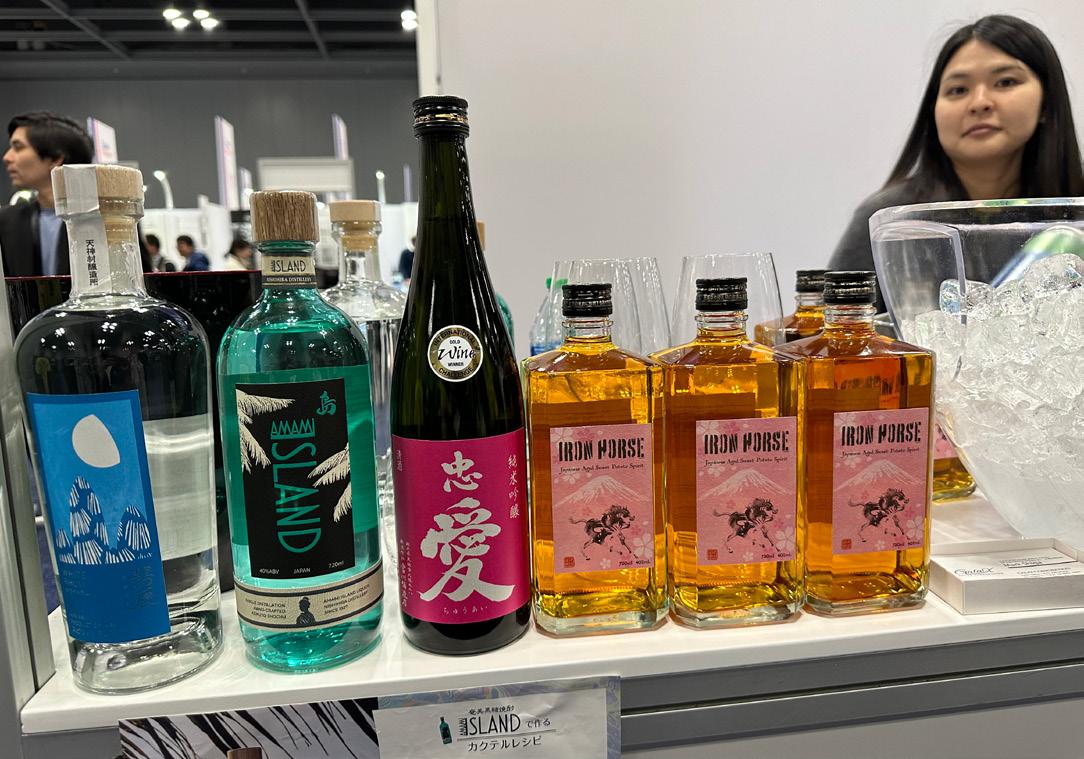
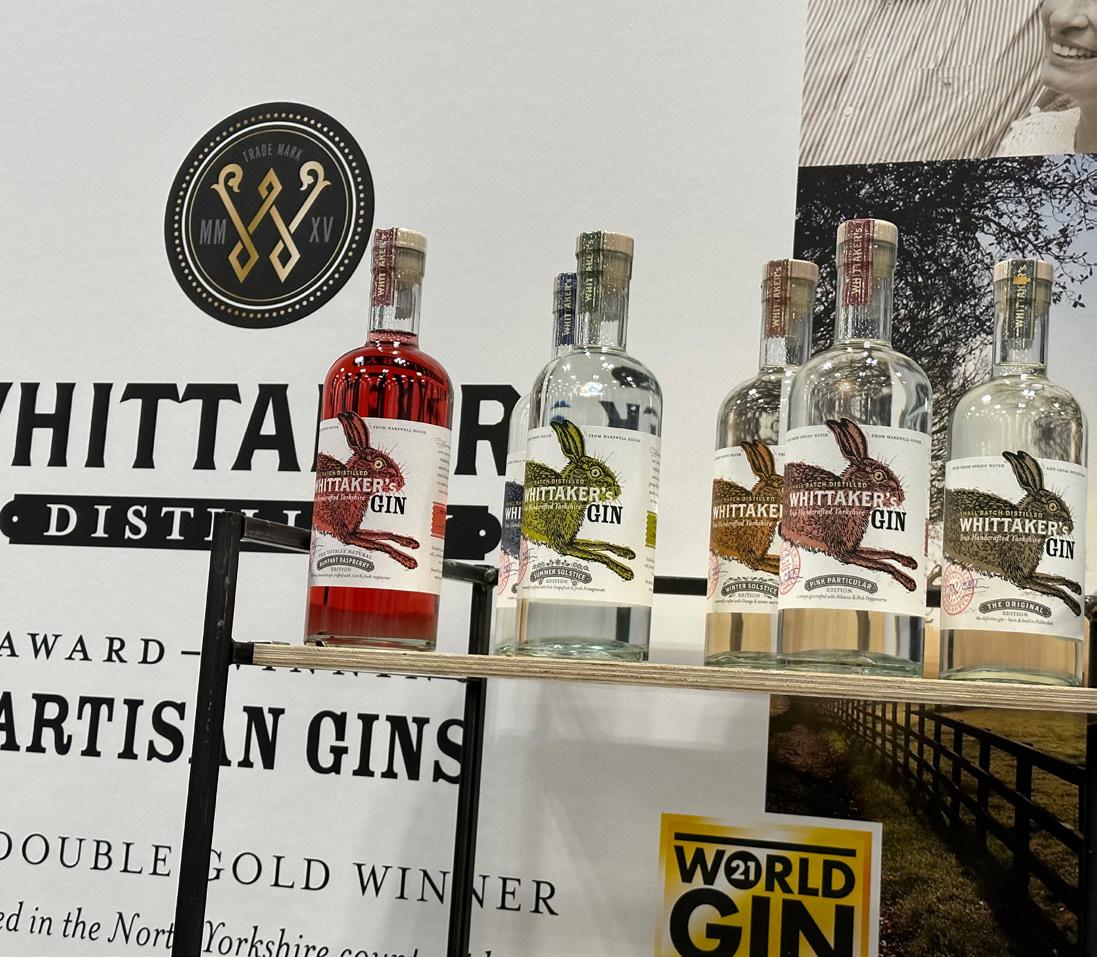
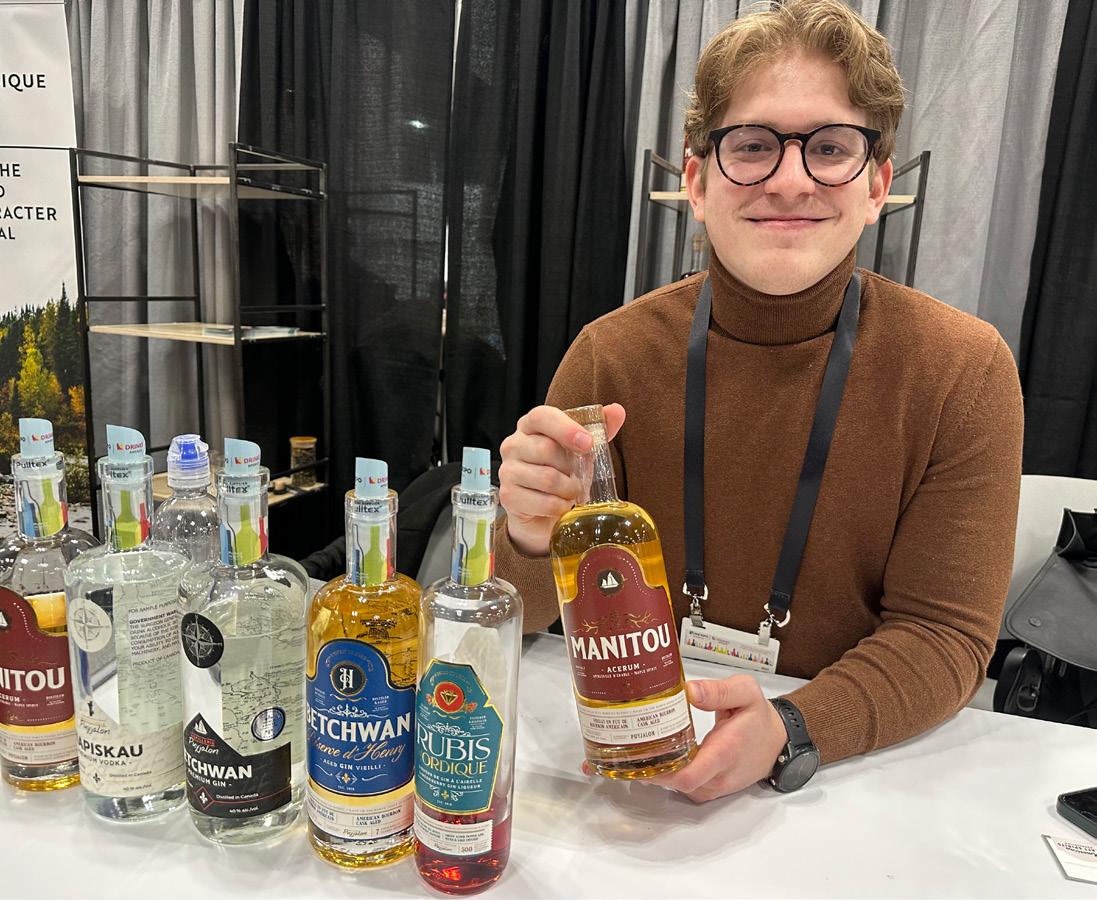

U.S. distilleries see obstacles and opportunities in crafting their own agave spirits.
BY KATE BERNOTThere are several challenges facing U.S. craft distilleries interested in producing agave spirits. But the most significant of these is an immovable problem of timing: Drinkers are clamoring for all things agave now—but such spirits are made from plants that require, at minimum, five or six years to grow and harvest. Every agave tequilana plant nestled into the ground today is an investment in a bottle that could, at the earliest, be sold in 2029.
“The only frustrating part for me is I can’t just make agave with a 3D printer. It’s aging in the ground, not the barrel,” says Craig Reynolds, an agave farmer, former agave spirits importer and founding director of the California Agave Council. “People have got to be patient. This is going to take a while.”

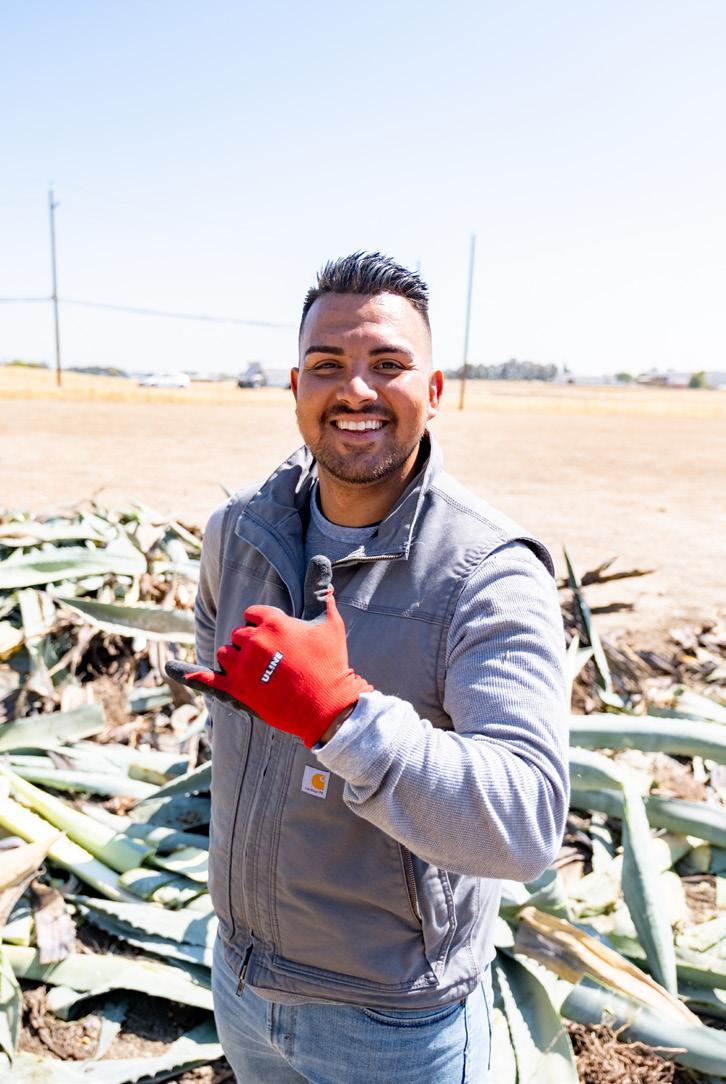

Reynolds is speaking about Californiagrown agave, which is a still-nascent agricultural industry with merely a few hundred acres planted in the state. Hawaii is the only other state Reynolds knows of that is currently commercially farming agave for fermentation and distillation. Distilleries selling agave spirits in the U.S. are therefore overwhelmingly using agave nectar (i.e., syrup) imported from Mexico—a supply chain with its own difficulties.
Because U.S. distilleries can’t legally label their bottles tequila or mezcal, they’ve responded to the popularity of those Mexicanmade products with their own versions, called simply: agave spirits. Since April 2020, when the U.S. Alcohol and Tobacco Tax and Trade Bureau (TTB) approved “agave spirits” to refer to domestically produced cousins to tequila and mezcal, Reynolds has tallied 257 label approvals. He knows of just four distilleries that have released agave spirits made from California-grown agave since 2019, including Jano Spirits, Shelter Distilling, Ventura Spirits and Venus Spirits. (St. George Spirits has also made spirits with California-grown agave but has yet to release them.) Reynolds expects more, however, which spurred the California Agave Council to successfully lobby for a legally protected term: “California agave spirit.” Such spirits must fulfill two requirements: be made from 100% California-grown agave, and contain no flavor or coloring additives.
Another certification body, The Degave Organization, also launched to certify U.S.made agave spirits, which it requires to be made of only water and the blue agave plant; be mashed, fermented, and distilled to no more than 160 U.S. proof; and be bottled at no less than 80 U.S. proof.
The modest uptick in U.S.-made agave
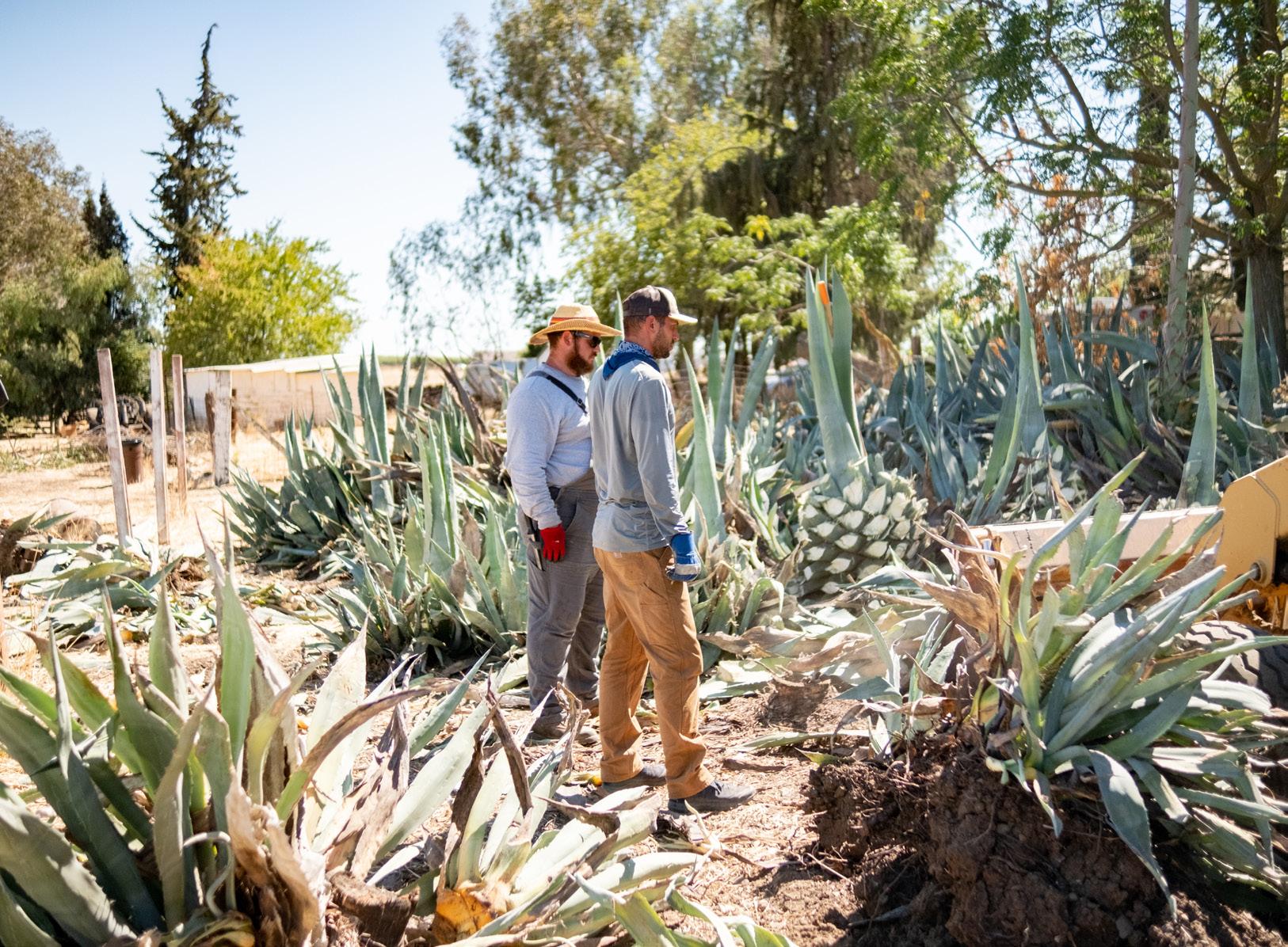
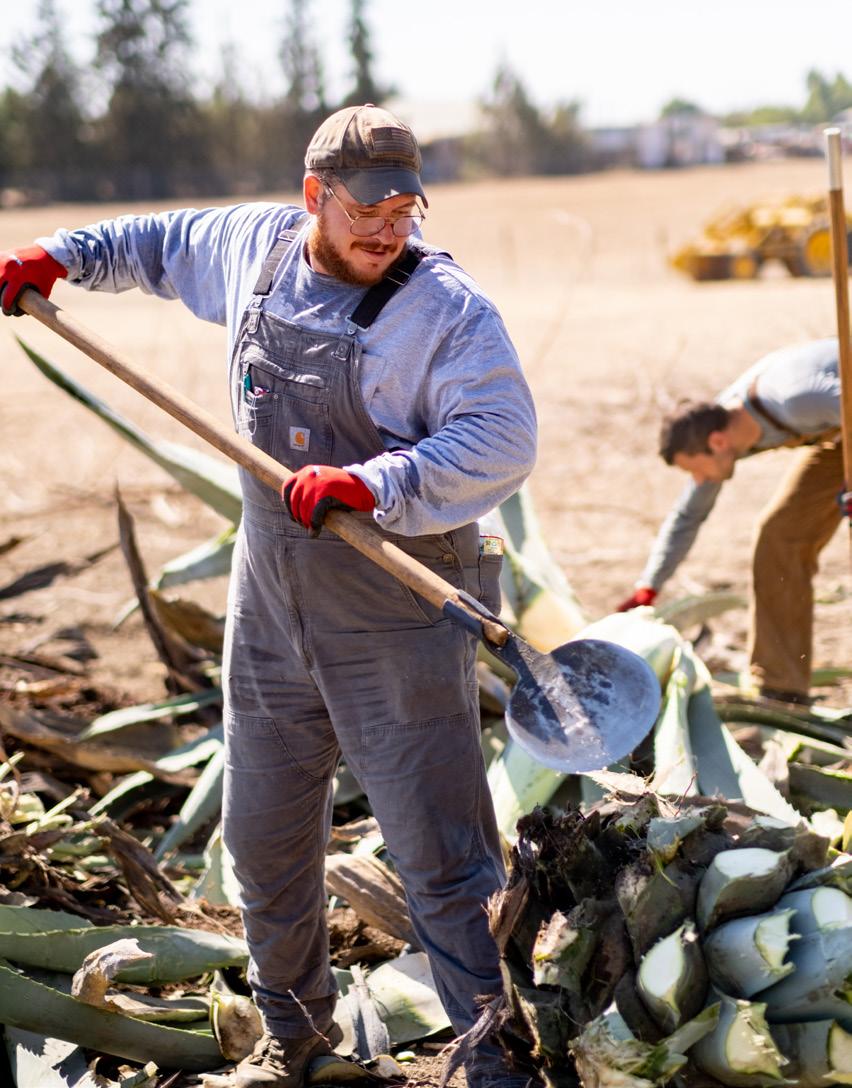

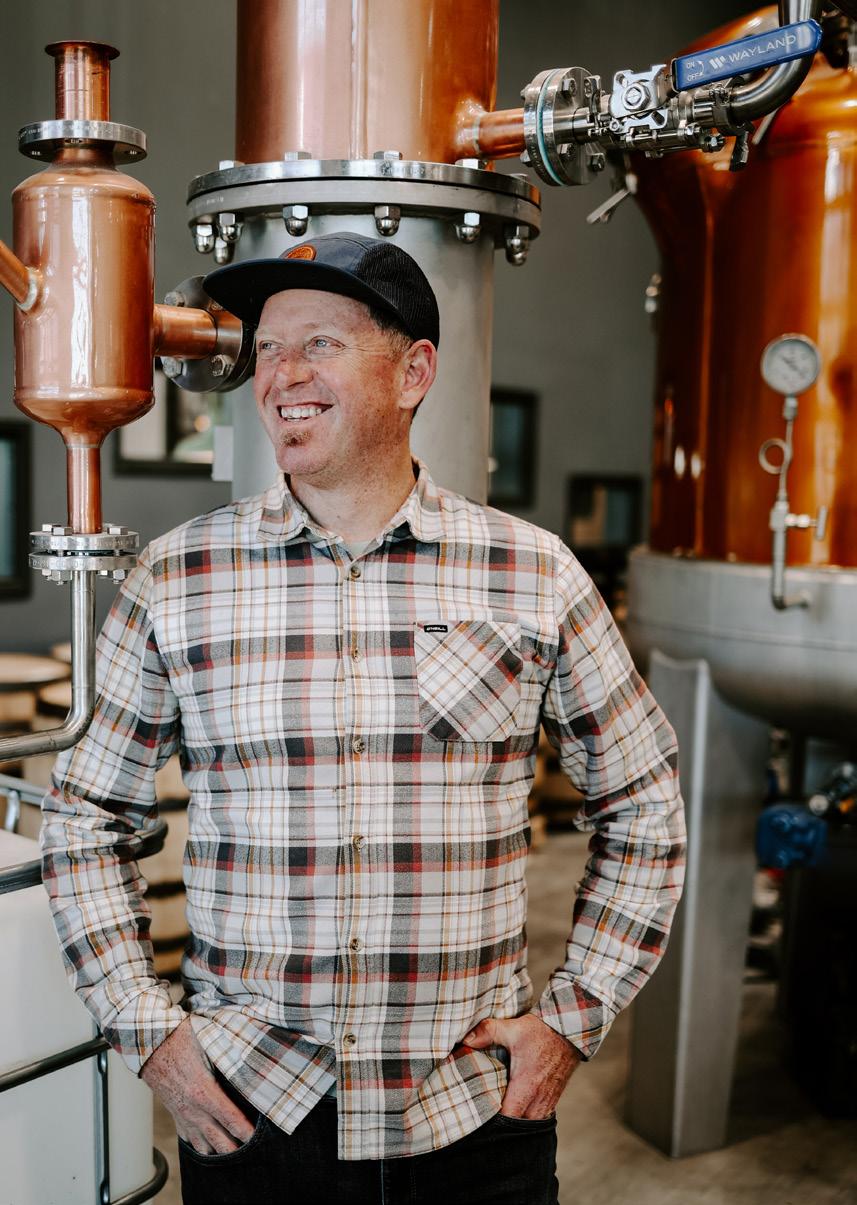

“... when you talk about roasting California agave, that’s a real opportunity and there’s a real story there.”
—Sean Venus of Venus SpiritsSean Venus
spirits is born of drinkers’ unquenchable thirst for tequila. They’ve purchased enough of it this year for the spirit to leapfrog American whiskey as the number-two spirits category by dollar sales behind vodka, which tequila is projected to overtake before the end of 2023. Global beverage analysis firm IWSR reports that tequila and mezcal contributed $1.6 billion to the U.S. spirits industry last year, and were responsible for 70% of the industry’s overall volume growth during that period. But domestic agave spirits represent barely a fraction of that.
“By the numbers, what’s being distilled here [in the U.S.] is a miniscule drop in the bucket,” says Emma Janzen, the author of “Mezcal: The History, Craft & Cocktails of the World’s Ultimate Artisanal Spirit,” and a writer who has covered Mexican spirits for more than a decade. “There were 600 million liters of tequila made last year and 9 million liters of mezcal. I think we’re in the thousands of liters of agave spirits made in the U.S.”
To really establish a seat at the table, domestic producers of such spirits need to resolve both existential and practical questions about their products. Are they simulacrums of tequila and mezcal, or something else entirely? How can U.S. producers ensure a high-quality supply of agave plants or nectar? Cultural issues need addressing as well. Tequila and mezcal have roots hundreds of years deep, entwined with the history, geography and people of Mexico. These spirits also have mixed perceptions in the U.S., where a generational divide seems to separate skeptics who associate mezcal with worms in bottles from more enthusiastic drinkers who love high-quality margaritas, mezcal Negronis or sipping añejo neat.
The most intriguing path forward, most producers agree, requires U.S. distilleries to contribute something new to the world of agave spirits—something with a uniquely American vantage point, style and even terroir.
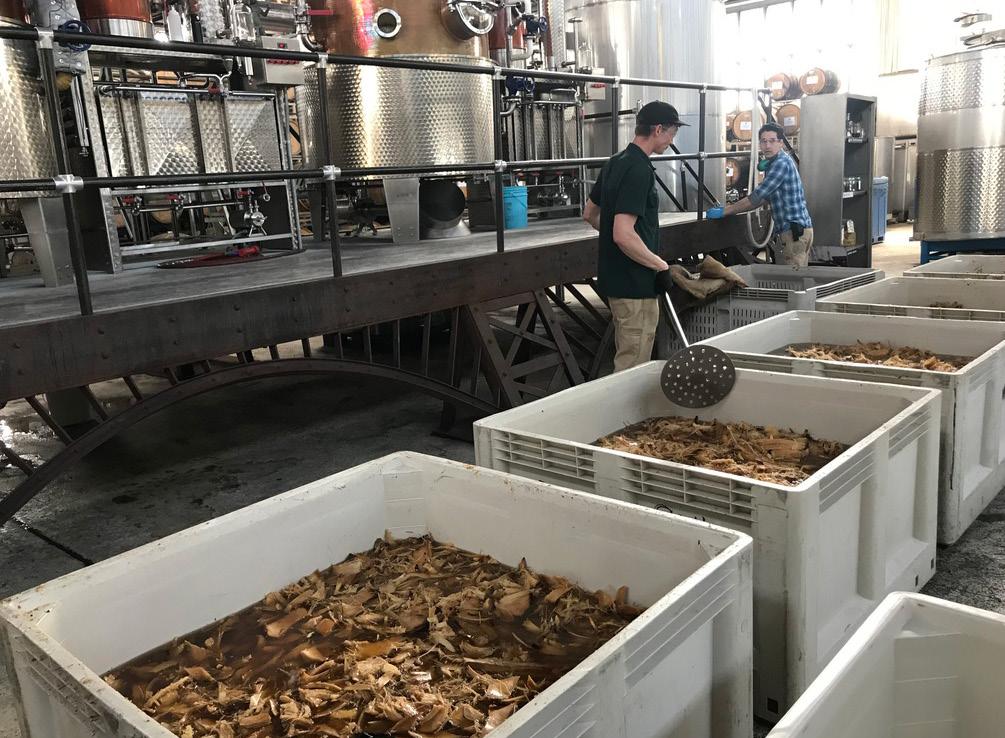
“I love our agave spirit; I drink it all the time. But to me, it’s not tequila on tequila’s terms,” says Nicholas Hammond, founder and head distiller at Pacific Coast Spirits in Oceanside, California. “Other producers are working on

agaves being grown in California. That’s very small production, but I think there’s a long future down that road.”
U.S. distilleries that attempt to precisely recreate tequila are on a fool’s errand. It’s a fact
syrup or plants—is no doubt the largest hurdle facing U.S. distillers of agave spirits.St. George Spirits has produced a spirit made with California-grown agave but has yet to release it.
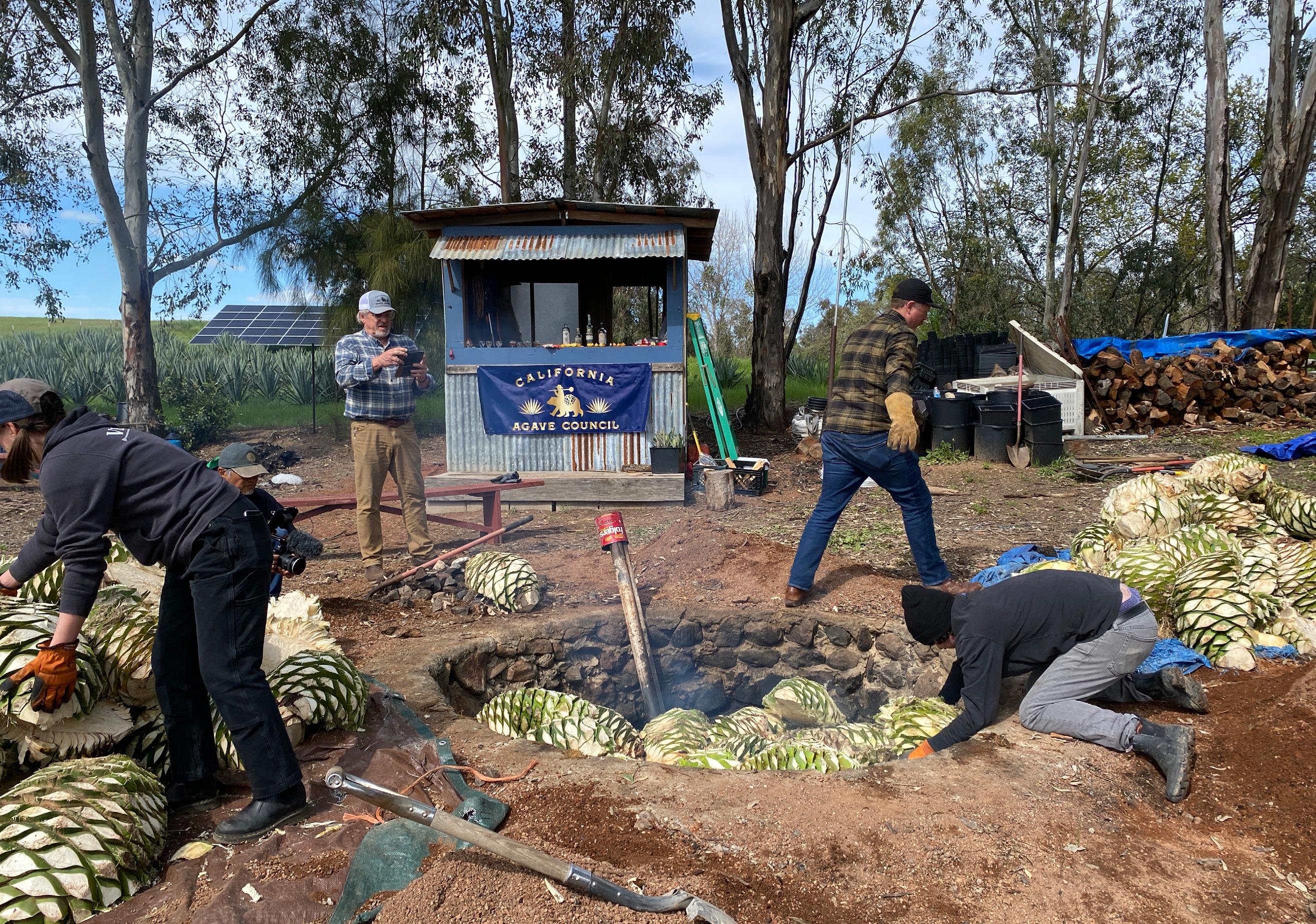

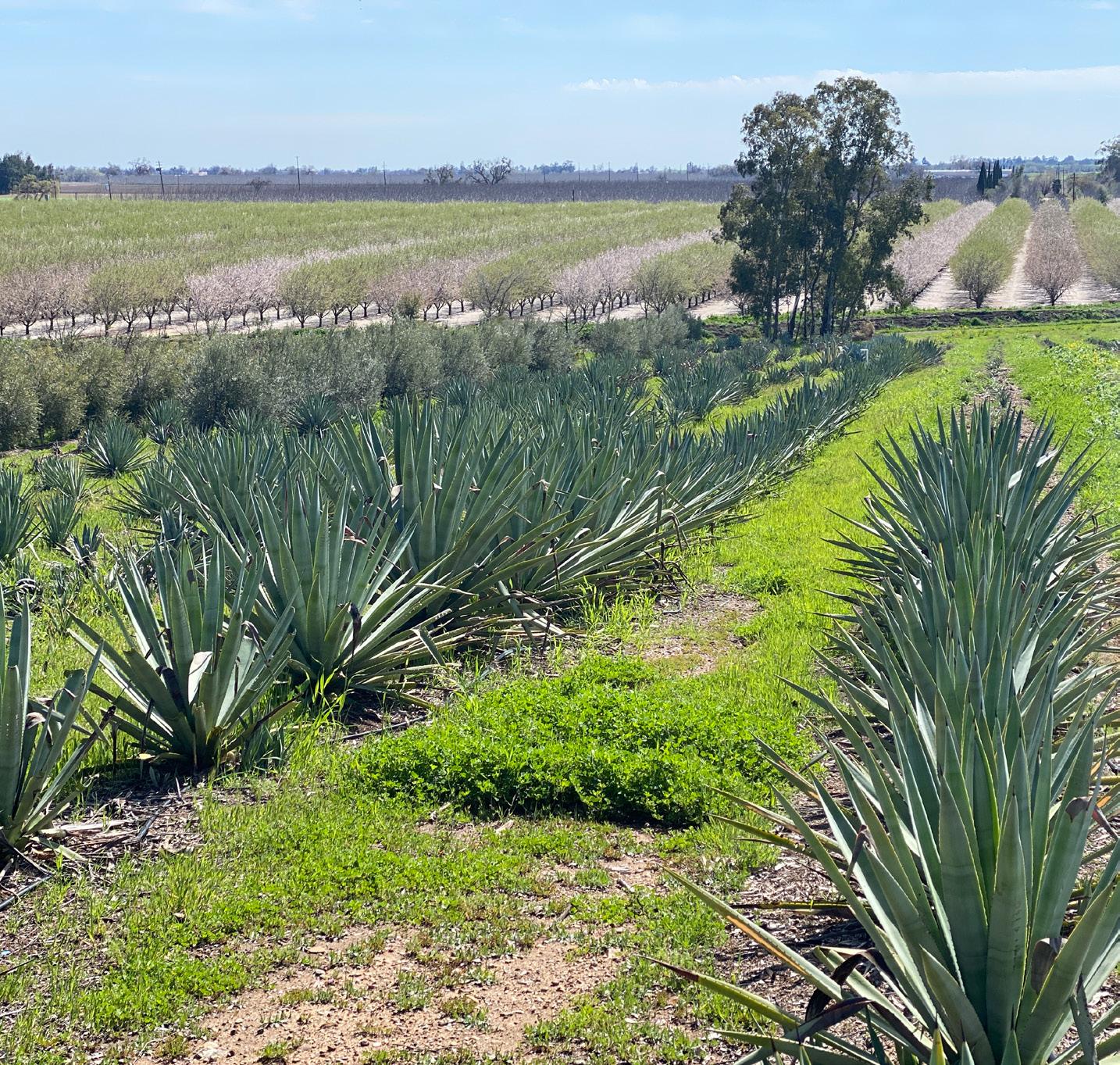
inherent in the agave ingredients themselves: Most distilleries are using agave nectar, which won’t produce the range of flavors that baked agave piñas will. And for the handful of distilleries using domestically grown agave, the specific soil and climate conditions will never completely mimic that of Jalisco or Michoacán. It’s almost a given that U.S. agave spirits will have to forge their own identity distinct from, but still related to, tequila and mezcal.
“I don’t think that American agave spirits are doomed to be a lesser quality expression of agave. I think that there is so much potential to become a very distinct addition to the conversation,” Janzen says. “But it’s going to take smart, talented, compassionate distillers who are thinking outside the box and not just looking to carbon copy what Mexican producers have been doing so well for so long.”
Currently, U.S. producers must journey down a long road to get their hands on the raw materials that would enable that to happen. Unless a distiller has a farmer source in California, the likelihood of that person getting their hands on actual agave plants is almost zero. The vast majority turn to nectar from Mexico, imported directly or through a broker. But sourcing is complicated, and some bulk agave is cut with corn syrup or other undesirable additives, or has inconsistent quality and Brix readings. One distiller says brokers only wanted to sell him agave wine. When distillers do find a source, it’s often
from the same supplier other U.S. companies are using.
“Everyone can get the same agave nectar, right? It’s like everyone making whiskey from the exact same grain—there’s not going to be much flavor difference,” Hammond says. “If we can get more control of the raw ingredients—which we’re working on—we can start standing out from the masses of ‘locally made agave spirits.’”

Venus Spirits in Santa Cruz, California, is the rare distillery to have worked with both agave syrup and California-grown agave, the latter of which it pit roasts over California almond wood to produce its El Ladrón Yolo agave spirit. It sources that agave through Reynolds, and founder and head distiller Sean Venus says the difference in the spirits produced from fresh agave plants versus agave nectar is night and day.
“The plant provides those deep vegetal notes—the fibers inside the agave really lend all that flavor,” Venus says. “We don’t have as many ways to make [a spirit produced from agave syrup] taste special. We do have the opportunity to use a specific type of yeast to bring out fruitiness and some more tropical notes and flavors, and that’s different. But when you talk about roasting California agave, that’s a real opportunity and there’s a real story there.”
That local sourcing offers a business and an agricultural story, as well as opening the
door to true discussions of agave terroir. Californians—and wine drinkers nationally—largely understand this concept when it comes to grapes. Janzen says terroir is even more influential in agaves, because grapes are harvested annually, meaning they have only one year to allow soil, climate, and ecosystem influence their taste.
“If you consider agave within the same framework, it gets mind-blowing because the youngest plants harvested to make tequila and mezcal are five or six years old,” Janzen says. “That’s five or six times longer for the plant to soak up all these unique characteristics that make flavor.”

Sourcing the best agave—whether syrup or plants—is no doubt the largest hurdle facing U.S. distillers of agave spirits. But there are many more jumps to clear before the spirit gets to drinkers’ glasses.
Chief among these is fermentation. Venus calls fermenting agave “the trickiest thing we do.” Hammond says “you have to really baby it.” Gian Nelson, a partner in Jano Spirits, calls it “an emotional rollercoaster.” Nelson uses California-grown agave americana from the Central Valley farm of Reynaldo “Henry” Garcia; but whether it’s the juice of freshly harvested plants or nectar, fermenting the resulting liquid is universally considered more difficult than typical grain fermentation. Nelson and his other partners in Jano rely heavily on their experience with winemaking to correct temperature issues or stuck fermentations.
“From harvest to end of fermentation, we treat it like wine more than we do anything I’ve distilled before. It’s definitely different from taking a sack of grain and putting it in
“The only frustrating part for me is I can’t just make agave with a 3D printer. It’s aging in the ground, not the barrel.”
—Craig Reynolds of the California Agave CouncilEmma Janzen
hot water,” Nelson says.
For distillers employing natural fermentation, the process is a seasonal one. Yeast and microbes require high temperatures to effectively ferment agave liquid, which constrains when and where the process can happen.
Wiggly Bridge Distillery in York, Maine, only produces its Agave Blue line of spirits— Añejo, Reposado, and Platinum—in July and August, when the heat plus ambient pollen and microbes from nearby agriculture lend a hand in fermentation. Cofounder and head distiller Dave Woods calls this “letting nature help us along.”
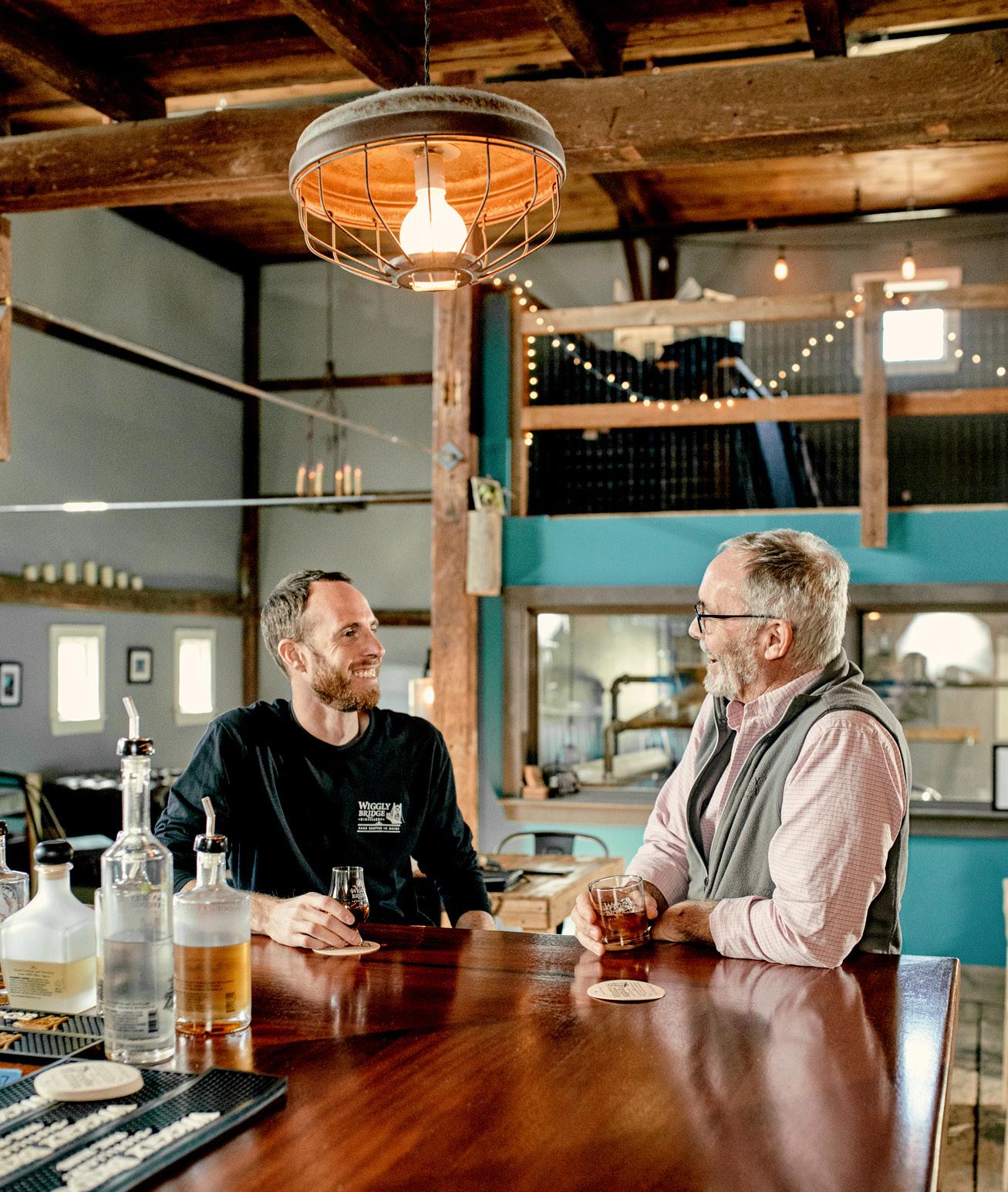

But he can’t only rely on nature. Wiggly Bridge’s agave spirits are equally indebted to engineering: The distillery has built its own pot stills which Woods says contribute Maillard reactions to the final distillate. He also installed pumping equipment that allows for a 20-day decanting process before the agave spirits reach the bottle; the process pumps and circulates the finished spirit daily to blow off volatile ethanol vapors, resulting in what Woods considers a smoother, less “biting” final product.
Still other distillers combine modern distilling technology with traditional production methods for tequila and mezcal, roasting agave piñas (the plant’s core or heart) in pits or over wood. Jano Spirits employs this method, a process Nelson admits is time-intensive and costly, especially given the higher labor costs in the U.S. compared to Mexico. While acknowledging there are multiple methods to producing agave spirits globally, this is the only one that feels right for Nelson.
“We wanted to do it this way because of the integrity and respect for the genre that we have,” Nelson says. “From harvest to bottling, we try to pay our respects to Mexican people who have been doing it for hundreds of years, and Native Americans who transplanted these agave across deserts and valleys.”
Whether roasting piñas or purchasing highquality agave nectar, distillers know that good agave spirits are not cheap to make. (“I’ll never become rich selling agave spirits. We just don’t do the volume,” Woods says.) Those made from U.S.-grown agave are especially costly. A bottle of Jano Spirits retails for about $120; Venus Spirits’ El Yadrón Yolo retails for $90.
But given that demand for such spirits is vastly outpacing supply right now, this isn’t a catastrophic problem. Nerds and aficionados
have proven willing to pay these premium prices, a trend in line with the broader tequila and mezcal market. IWSR forecasts that super-premium-and-above tequilas will continue to be the major drivers of not only category dollars but volume, reaching 40% of global tequila volume by 2026.
Ultra-premium pricing conveys to drinkers that U.S. agave spirits are special and rare—setting up an expectation that they’re on par with the best tequilas and mezcals coming out of Mexico. It behooves U.S. producers, then, to make sure that their bottles live up to that reputation.

“They’re in the same [price] tier as mezcal and tequila from Mexico that’s made in an incredibly high-quality way with a depth of soul that’s incalculable,” Janzen says. “I think there is some skepticism of: Why would I pay that much for this spirit when right now it doesn’t hold a candle to what’s being made in Mexico?”
The answer again recalls the existential question facing U.S. makers of agave spirits: What can these contribute to a well-loved and storied class of spirits that’s new, unique and authentic? That’s exactly the legacy Nelson is working to build not only for Jano Spirits but for California agave and U.S. agave spirits more broadly: He wants the American West to have a reputation for these spirits on par with Kentucky bourbon or Tennessee whiskey. “I love the pioneering spirit and culture we have out here,” Nelson says. “I hope we can go back to growing and doing something with agave in a way that makes our culture proud of who we are.” ■
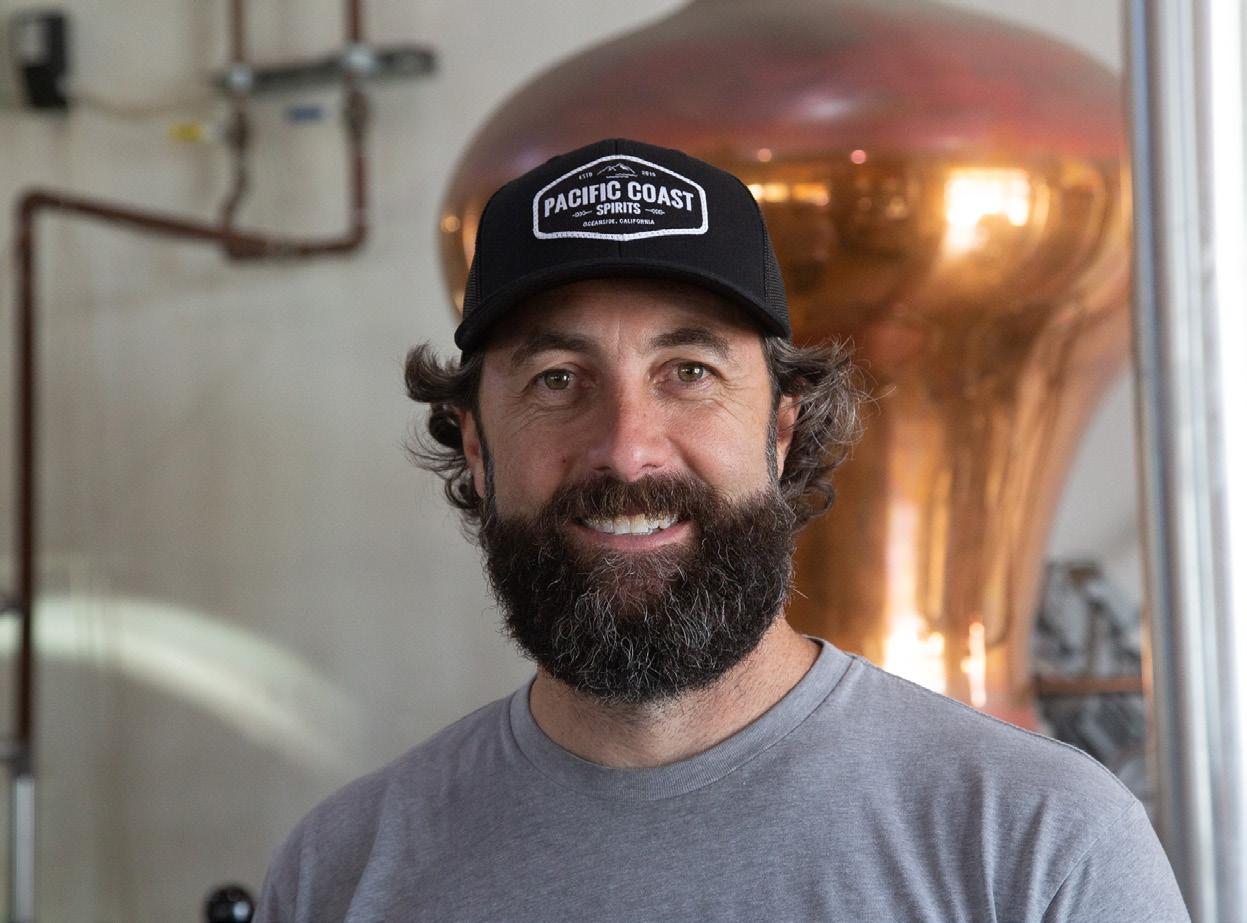

PERFOMANCE AND BALANCED AROMAS
SafTeq™ Silver


IDEAL FOR NEUTRAL FLAVOR PROFILE
SafTeq™ Blue

Heeding the example of the wine industry, craft distillers are creating state boards to generate more visibility for their products.
 BY ANDREW KAPLAN
BY ANDREW KAPLAN
Kelly Woodcock, a partner and vice president at Westward Whiskey, says she and other craft distillers in Oregon have long cast admiring eyes on their state’s wine board. “We feel very jealous of the success they’ve had,” she says. “I think for a long time Oregon was kind of thought as a crazy place to grow wine and now, with the help of the promotion of the Oregon Wine Board, Oregon wine is considered some of the best in the world.”

She might not have to be jealous much longer. Woodcock—who is also the vice president of the American Craft Spirits Association’s board of directors—and the rest of the Oregon craft spirits community are driving an effort to create their own version of the wine board. A bill to establish the Oregon Spirits Board is currently winding its way through committees and could come up for a vote before the legislature soon.
As the craft spirits industry gains in size and importance across the United States, Oregon’s proposed spirits board is part of a movement gaining steam to attach more of a local identity to spirits produced in each state. In some cases, these boards also fund additional research and education for their local industry.

The idea of creating spirits boards is a
popular one in the industry. In a recent ACSA town hall survey, 82% of respondents were in favor of the ACSA supporting efforts to expand such boards in states across the country. “It’s an emerging trend,” says Michael Walker, ACSA’s state policy advisor.
Some other states that have already created such industry boards are Virginia, whose spirits board recently hired a professional marketing firm; Maryland, which has expanded its wine board to include all beverage alcohol products; and Michigan, which has a craft beverage-focused board. Distillers in Iowa and Indiana are also currently working to create their own state boards. And those in Oklahoma have also expressed a strong interest in creating one as well.
Virginia’s is one of the furthest along. Its new marketing office will handle promotions as well as provide a much-needed physical headquarters for board business. Just a few years into the board’s authorization in 2020, the Virginia Spirits Board currently has an annual budget of approximately $1 million, generated from 20% of the 20% excise tax on spirits, which amounts to 4% of each bottle sold.
“We are kind of ahead of the game compared to others across the country,” says David Cuttino, Virginia Spirits Board chairman and CEO of Richmond-based Reservoir
Distillery. “Ours is fully up and running and I think that kind of makes us an industry leader in it.” Today, Virginia distilleries represent an economic impact of more than $163 million and support 1,500 full-time jobs in the state.
As Woodcock points out, much of the interest in state spirits boards stems from the success of state boards for wine. “We think we’re doing something similar in this craft story of really making excellent spirits and so we’d love to have that same kind of recognition,” she says. “When we visit stores in other states, if they already believe Oregon is making great stuff, it’s so much easier to have that conversation in such a crowded market.”
The goal of the Virginia Spirits Board, Cuttino says, “is really about establishing Virginia as an appellation that’s built on the foundation of a very long history. It has a very distinct culture around it that has been in place for a long time. [So this is about] really solidifying that and getting the word out so we can help the industry have an ROI and develop better markets.”
‘CAUTIOUSLY CONFIDENT’ IN OREGON Woodcock recently testified in support of the Oregon bill to establish its board. “We were trying to make the case that the more the state can use the funds that they collect
“We were trying to make the case that the more the state can use the funds that they collect from the sale of our bottles to promote us outside of Oregon, we can then turn around and use that revenue to support Oregon jobs.”
—Kelly Woodcock of Westward WhiskeyKelly Woodcock of Westward Whiskey PHOTOGRAPHY: (OPPOSITE PAGE) SAMUEL GORBUNOV AND (THIS PAGE, TOPS) CARLY DIAZ
from the sale of our bottles to promote us outside of Oregon, we can then turn around and use that revenue to support Oregon jobs,” she says. Woodcock and other supporters have also met with the Oregon governor’s office. The proposal is also coming up against opposition from an anti-alcohol group called Oregon Recovers. “We’re cautiously confident that it will go through,” says Woodcock. “It has bipartisan support, which always makes things a lot easier.”
In trying to muster support, distillers have stressed that the industry in Oregon currently supports about 19,000 jobs, from agriculture production to value-added manufacturing and transportation, to tasting rooms and hospitality. It is estimated the distilled spirits industry in Oregon has an annual economic impact of around $2 billion for the state.
Today, there are nearly 100 producing distilleries in Oregon, up from just 14 in 2009. Supporters also say it will help these small businesses, many of which produce fewer than 5,000 cases per year and have a strong desire to grow their sales outside the state.
“For Oregon’s craft industry to grow and thrive, there is need to create more sales opportunities and distribution outside the state,” says a fact sheet supporters have circulated. “This in turn will bring more visibility to Oregon’s craft spirits industry, and tourism to the state.”
“There’s no cookie-cutter approach to these boards,” says ACSA’s Walker. “They can be different things to different people.”
One way that these boards differ from state guilds, Walker explains, is that they often are funded through taxpayer dollars. “Another important distinction is they can’t lobby. Their job is to promote the particular product, in this case spirits,” he says.
Under the current proposal, the Oregon Spirits Board would be funded by making permanent a current 50-cent “temporary” perbottle surcharge collected on sales of Oregon distilled spirits. This temporary surcharge, with proceeds going to the General Fund, was
put in place in 2009 by the Oregon Liquor and Cannabis Commission (OLCC) and has been extended every biennium since. The bill does not touch the current 50-cent temporary surcharge on spirits made by distillers outside of Oregon. Making permanent the Oregon distilled spirits surcharge is expected to raise around $2 million annually to fund the work of the Oregon Spirits Board.
Structurally, the Oregon Spirits Board would be an independent state agency overseen by a nine-member board appointed by the state’s governor. Board members from the spirits industry would include: one member from each congressional district to ensure statewide representation; one seat reserved each for larger and smaller distiller representatives; and one seat for an individual with expertise in national and international distribution of distilled spirits.
One question has been whether the new spirits boards should be a commodity board. But as a finished product that uses a variety of raw materials, Woodcock says that isn’t the path the Oregon movement chose. “We don’t think that makes sense,” she says. “We use commodities, but we don’t consider ourselves a commodity.”
The Virginia Spirits Board, however, is a commodity board under the Department of Agriculture. “So, what we did is we took an existing platform in Virginia, the commodities board,” Cuttino explains, “the same thing that the wine board did.”
Creating the Virginia Spirits Board required a lengthy process, Cuttino says, starting with passing legislation to create the commodities board, electing officers, establishing the framework of how the money would be spent, and then lobbying the legislature to get the laws changed to fund the board. Two thirds of the money that it brings in goes to marketing the state’s spirits and one third goes to research and education for the industry.
As part of that marketing effort, the Virginia Spirits Board recently contracted with Richmond-based communications firm, The Hodges Partnership, to develop the Virginia
Spirits Board Marketing Office (VSBMO) and implement a fully integrated marketing and branding program for the state’s spirits industry.
The VSBMO is being headed up by Jack Gorman, The Hodges Partnership account director. The office has been conducting extensive research to gain an in-depth knowledge of the Virginia spirits industry, starting with a series of “meet and greet” events at locations across the commonwealth. These sessions are designed for distilleries and stakeholders to meet the VSMBO team and discuss marketing opportunities and challenges. In tandem with these events, the VSBMO is fielding online surveys to collect distillery feedback and review best practices and innovative programs that can be applied to the spirits industry in Virginia.
Virginia distillers have expressed enthusiasm for the new board, Gorman says. “They just don’t feel like people even know they’re there and they’re excited about the fact that there will be a unified voice out there promoting what they’re doing every day,” he says.


Cuttino says the board also has had several submissions from groups that would like to conduct industry research. A committee is assessing them and those chosen will receive funding. The board also would like to create a consumer-facing educational facility.
“Virginia has an extraordinarily rich history around spirits,” Cuttino says. “It’s where the first bourbon was made, where the first distillation occurred, you’ve got the Whiskey Rebellion, all sorts of things.” The board will also now allow the state’s spirit industry to fund campaigns around underage drinking and drunk driving awareness, he adds.
Cuttino, as CEO of the 15-year-old Reservoir Distillery, was one of those with the experience and statewide connections needed to help get the Virginia Spirits Board up and running. “To get it across the finish line, especially with the funding which was a very heavy lift, you need somebody who kind of knew all the different groups, had a little bit of a feel for it and was willing to put in the time,” he says, adding, “the return that the industry is going to get from this will be, I believe, truly dramatic.” ■


“It has a very distinct culture around it that has been in place for a long time. [So this is about] really solidifying that and getting the word out so we can help the industry have an ROI and develop better markets.”
—David Cuttino, Virginia Spirits Board chairman and CEO of Reservoir Distillery
Craft distillers in New Mexico create spirits with a sense of the Southwest.
 BY JOHN HOLL
BY JOHN HOLL
The Land of Enchantment might not be the first place that comes to mind when the boom of American craft spirits is discussed, but it is quickly becoming part of a larger conversation and is worthy of a closer look.


“When it comes to cuisine, beer, or spirits—New Mexico knows how to stand out. Distillers in New Mexico create unique spirits that reflect the rich culture and history of our beautiful state,” says Chris Leurig, the owner and distiller at Safe House Distilling Co. in Albuquerque. “From the earthy taste of high desert gins—distilled here, in the desert—to the effect our mile-high elevation has on the aging process of whiskey, New Mexico was destined to be a highlight in the county’s craft spirits industry.”
Changes to the state’s legislation during the pandemic also helped distilleries grow and gain a better footing, says Colin Keegan, who founded Santa Fe Spirits in 2010.
“Now it’s easier for local businesses to carry locally made products. We can also have up to four tasting room licenses, so there is a multitude of tasting rooms per capita,” says Keegan, who is also a member of ACSA’s Board of Directors. “We have a very diverse group as New Mexico distillers, and all of us are dedicated to making the best spirits.”
Caley Shoemaker, the founder and master distiller of As Above, So Below Distillery in Santa Fe is also quick to highlight the benefits of the state.
“New Mexico has a very favorable legislative environment for craft distillers,” says Shoemaker. “It allows self-distribution, off-site event licensing, and full DtC (direct-to-consumer) cocktail and tasting room sales that are prohibited in other states. This creates a very positive environment for small and startup distilleries.”
While most of the state’s distilleries are centered around Albuquerque and Santa Fe, the New Mexico Distillers Guild has been promoting a state-wide trail encouraging enthusiasts and the curious to seek out new sips. The guild, which was founded in 2014, also holds a number of advocacy and awareness events, including a week-long celebration of spirits in the fall.
Again and again in conversations, the state’s distillers bring up the mountains and the water as critically important in making their spirits stand out.
Many are using native botanicals with a distinctly New Mexican flavor and cultural history including blue corn, chile, prickly pear, pecan and more.
“In Northern New Mexico specifically, the differences that make our spirits stand out are our crisp and clean flavor profiles,” says Michael Calhoun, the co-owner and general manager of Red River Brewing Co. & Distillery. He said the distillery currently holds the most awards, both gold and double gold medals, for a vodka in the state of New Mexico. “This has to do with our mountainous water resources and high elevation. The elevation helps us in our cooking process of
our ingredients and the water is as clean as possible as you can get.”
Keegan of Santa Fe Spirits says that all of his offerings tie back to state roots. From a gin that features ingredients that are sourced within 60 miles of the distillery, to a single malt whiskey featuring mesquite smoked malt. Going further he revels in his white dog whiskey, distilled like the pioneers did, to his apple brandy that comes from his own family orchard.
Located on an organic farm in the heart
of the Rio Grande River Valley, Los Poblanos includes a historic inn, restaurant, spa and cultural center set among 25 acres of lavender fields, enormous cottonwood trees and lush formal gardens.
Its signature Western Dry gin is distilled with 16 botanicals that thrive on its small organic farm and surrounding area, says Sarah Sheesley, the director of marketing for Los Poblanos Botanical Spirits. In addition to lavender other botanicals include piñon resin,
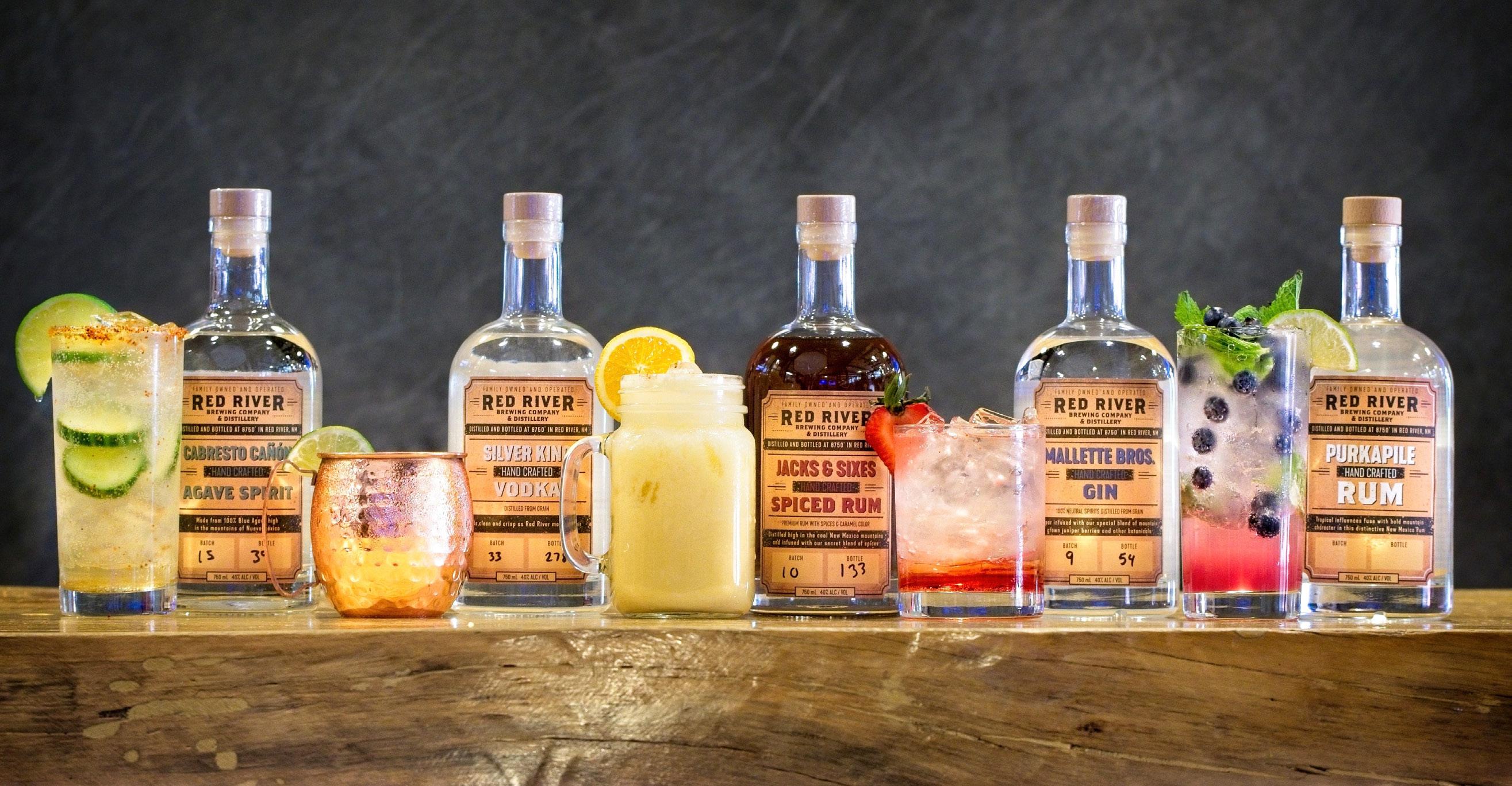

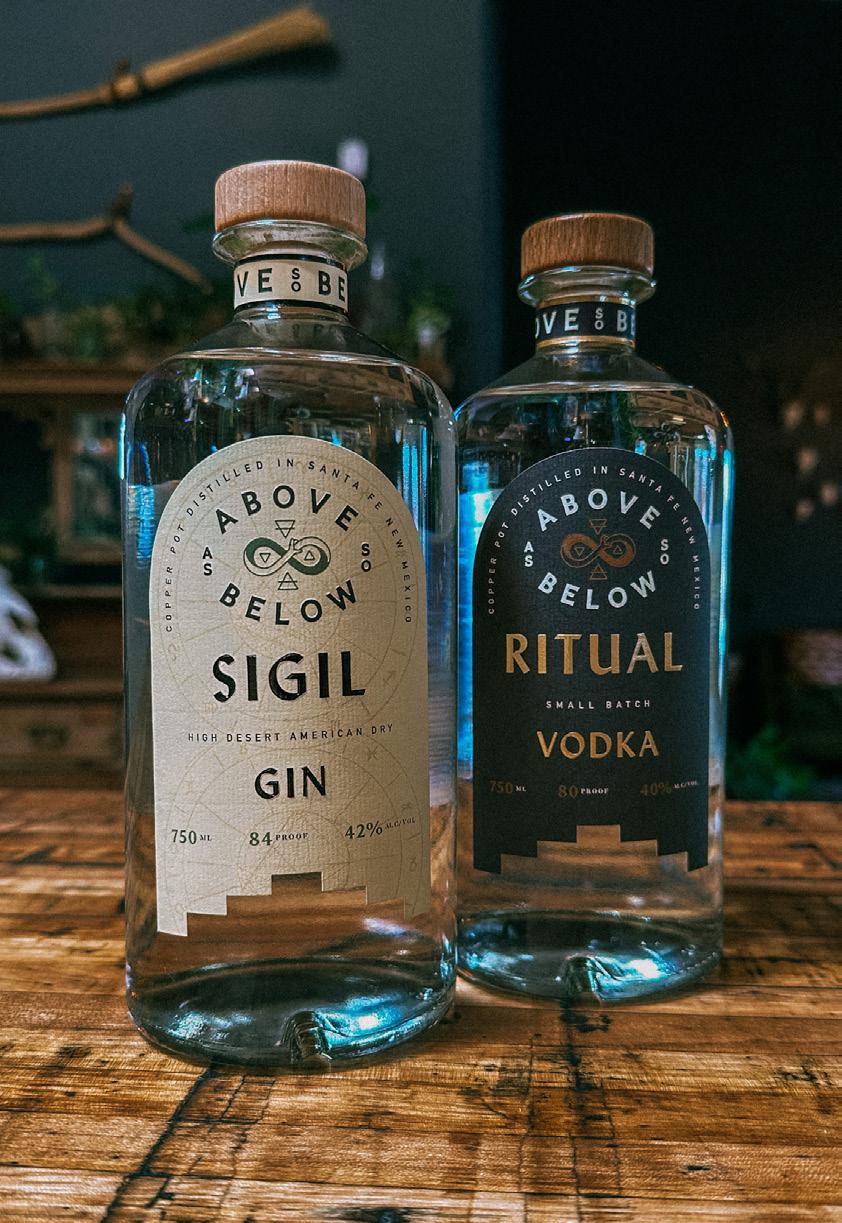
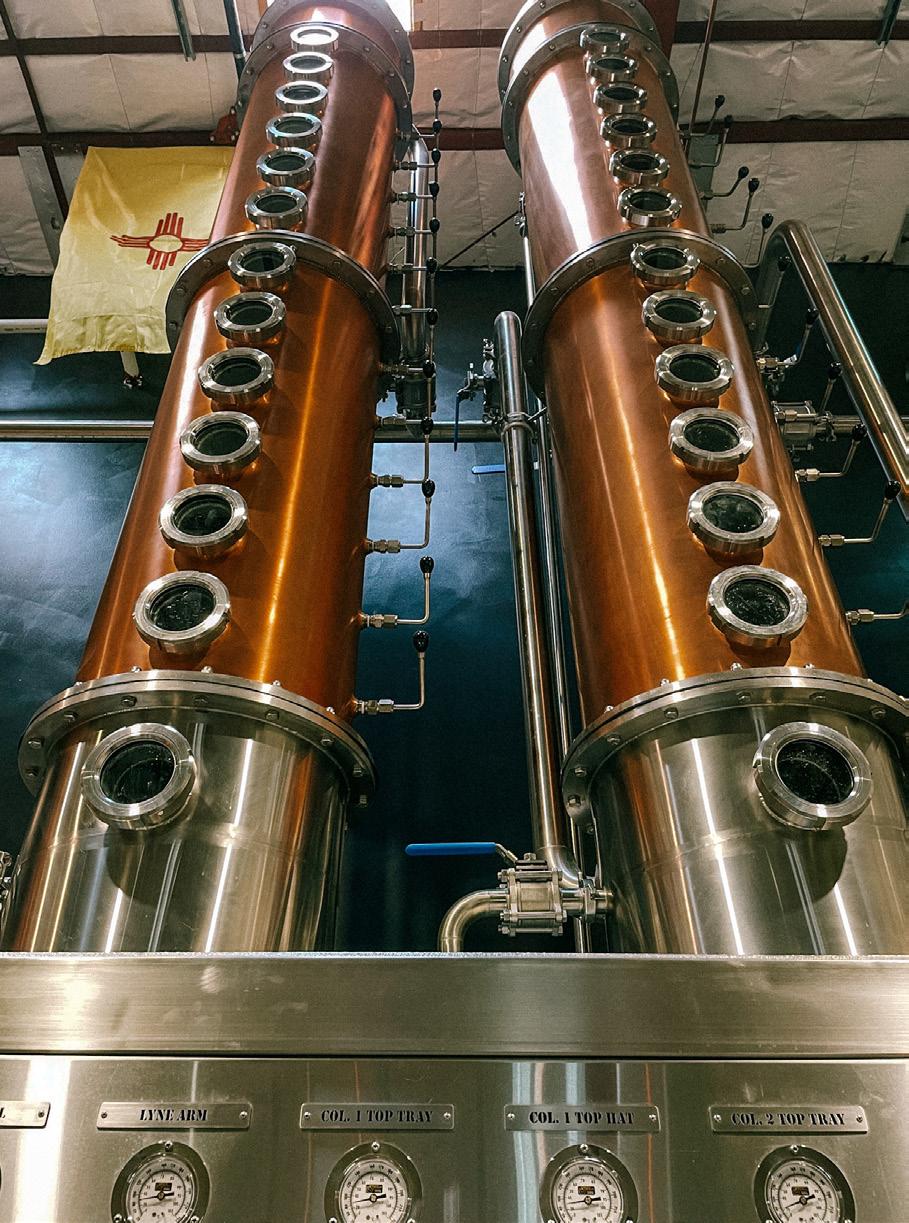 As Above, So Below Distillery
As Above, So Below Distillery
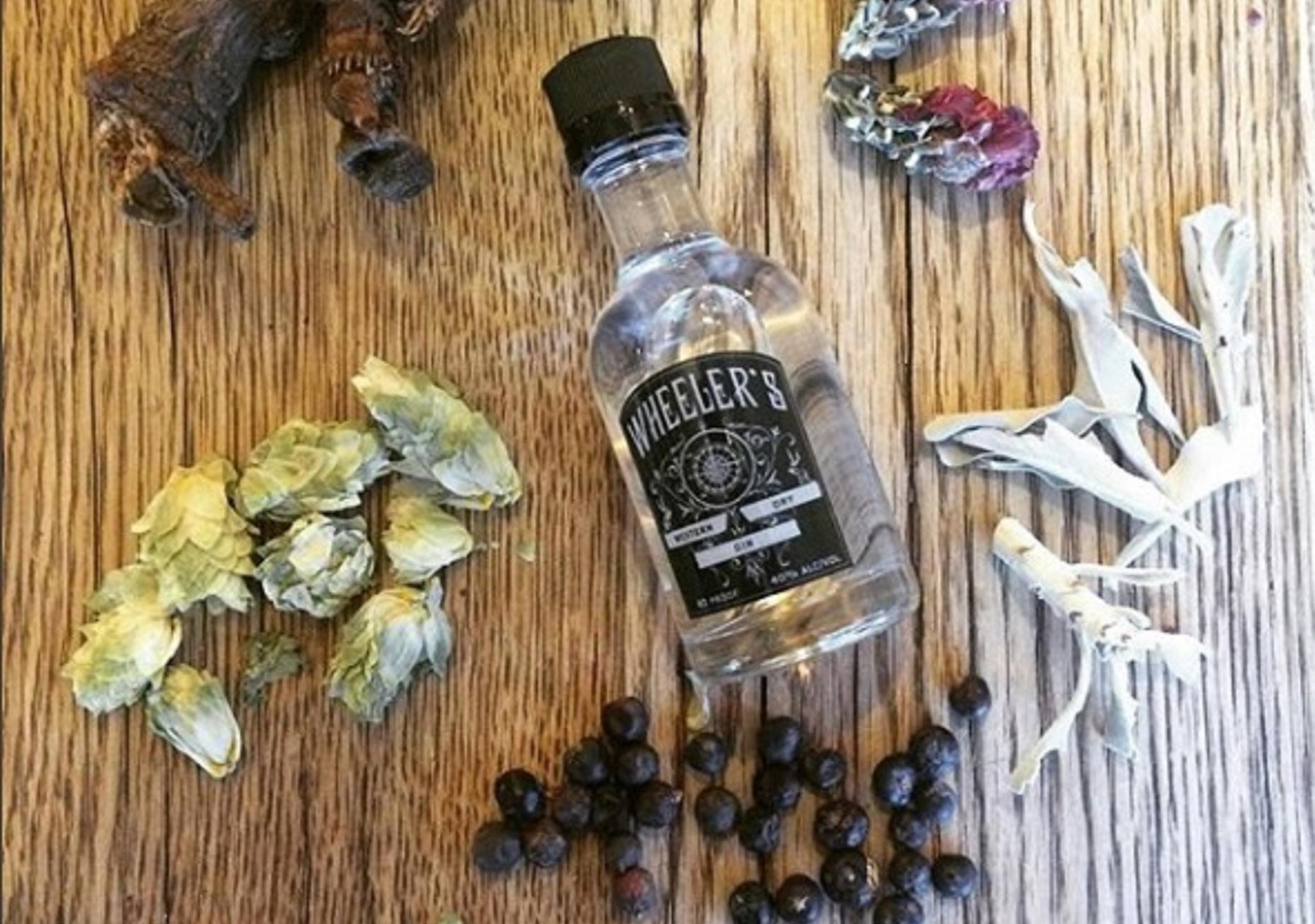
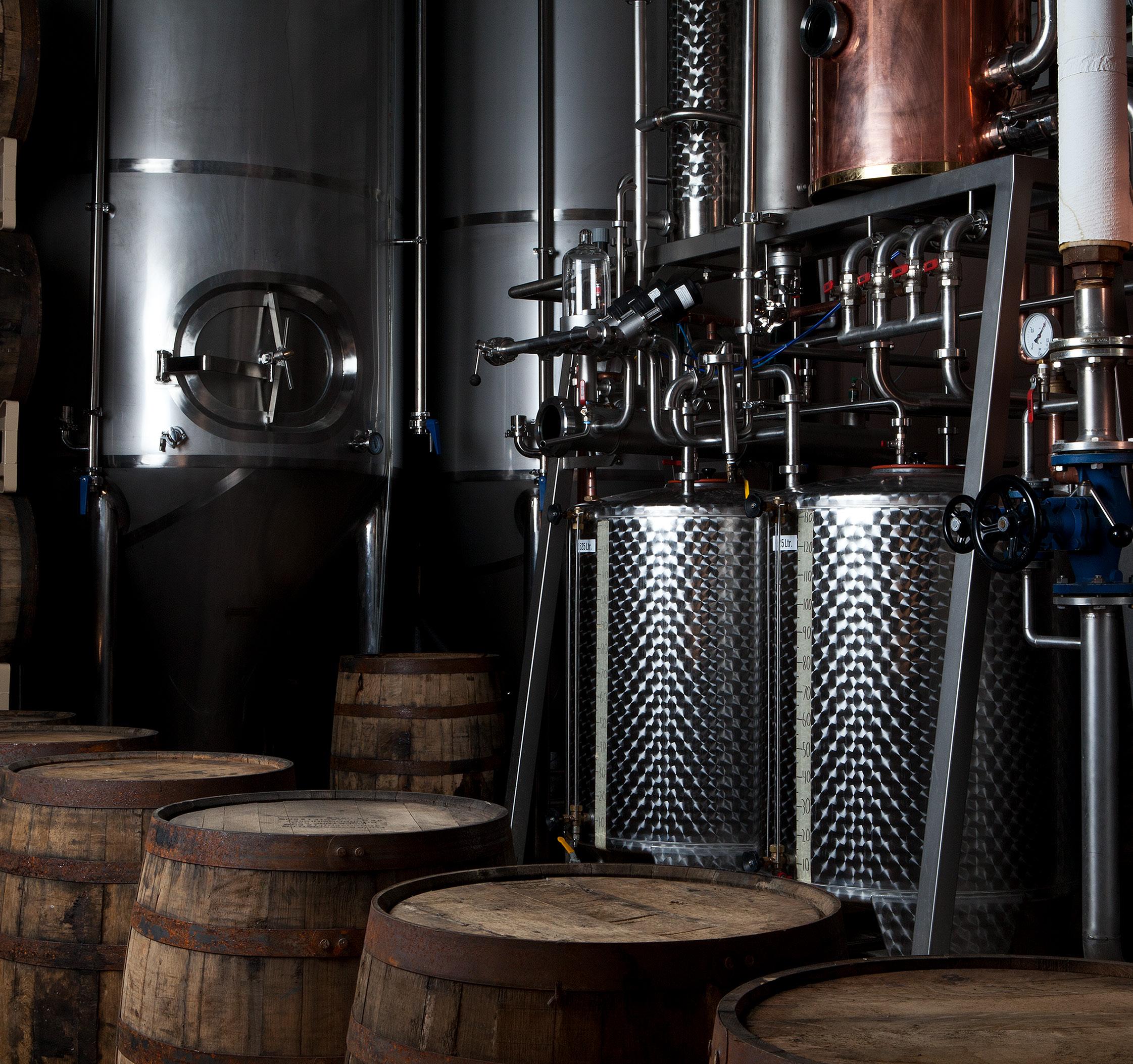

“We have a very diverse group as New Mexico distillers, and all of us are dedicated to making the best spirits.”
—Colin Keegan of Santa Fe SpiritsColin Keegan
rose, hawthorn and chamomile.
“True to our preservation model, we have been growing lavender as a sustainable, low-water crop and distilling in traditional copper alembic stills for over two decades,” says Sheesley. “The distillery is a direct outgrowth of our essential oil distillation and artisan product wholesale business. It would be impossible to separate our gin from the land, history and people of Los Poblanos. Our own deep sense of place and commitment to preserving and celebrating both Los Poblanos and our region within New Mexico drives everything we do.”
Leurig says Safe House is readying to release its Prophet Share Whiskey, aged for 36 months, later this summer, but has also been leaning into local ingredients like a


chile-infused vodka. That spirit has also been added to a line of RTD cocktails from Safe House, including a green chile vodka mule to a vodka grapefruit hibiscus lemonade.
The distillery also has a partnership with its local AAA professional baseball team, the Albuquerque Isotopes.
“In collaboration with the team, we developed the Watermelon Walk-Off, a vodka lemonade ready-to-drink canned cocktail that can be found inside and outside of the stadium,” he says.
Shoemaker began her distilling career in 2009 at Stranahan’s Colorado Whiskey, before becoming the master distiller at Hangar 1 in California. Her co-founder and husband has worked in craft beer since 1998 and since opening As Above, So Below they have

worked “hard to create top quality, bespoke spirits with a sense of place.”
Over and over again, the distillers want to talk about locality and being known for more than just an outrageously popular television show (and its spinoff).
“The idea of local is near and dear to our hearts,” says Calhoun. “The unique New Mexican ingredients provide flavor profiles you cannot experience anywhere else. We believe in developing a community from within and branching out. The people of New Mexico have latched on to supporting local distilleries which is helping garner recognition to bring tourists into our state. By providing authentic and unique New Mexican experiences, tourists leave reluctantly and always have great stories.” ■
“Distillers in New Mexico create unique spirits that reflect the rich culture and history of our beautiful state.”
—Chris Leurig of Safe House Distilling Co.Chris Leurig
Show off your support for our cuttingedge features, business insights and entrepreneurial advice for the craft spirits community by joining us in the V.I.P. Lounge. Members can receive:
• An exclusive, limited-edition set of two Glencairn glasses emblazoned with the CRAFT SPIRITS magazine logo

• Access to bi-monthly virtual happy hours with prominent industry guests
• Early access to each issue of CRAFT SPIRITS
Robert Blasscyk
KC Branch
Michael Kappen
James Nunn
Michael Shoer
Teddy Teddy
Kelly Woodcock
This cocktail features Waconia, Minnesota-based J. Carver Distillery’s Aquavit, which has a 100% red winter wheat base and includes botanicals like caraway, fennel seed, anise, sweet orange, bitter orange, grains of paradise and dill.
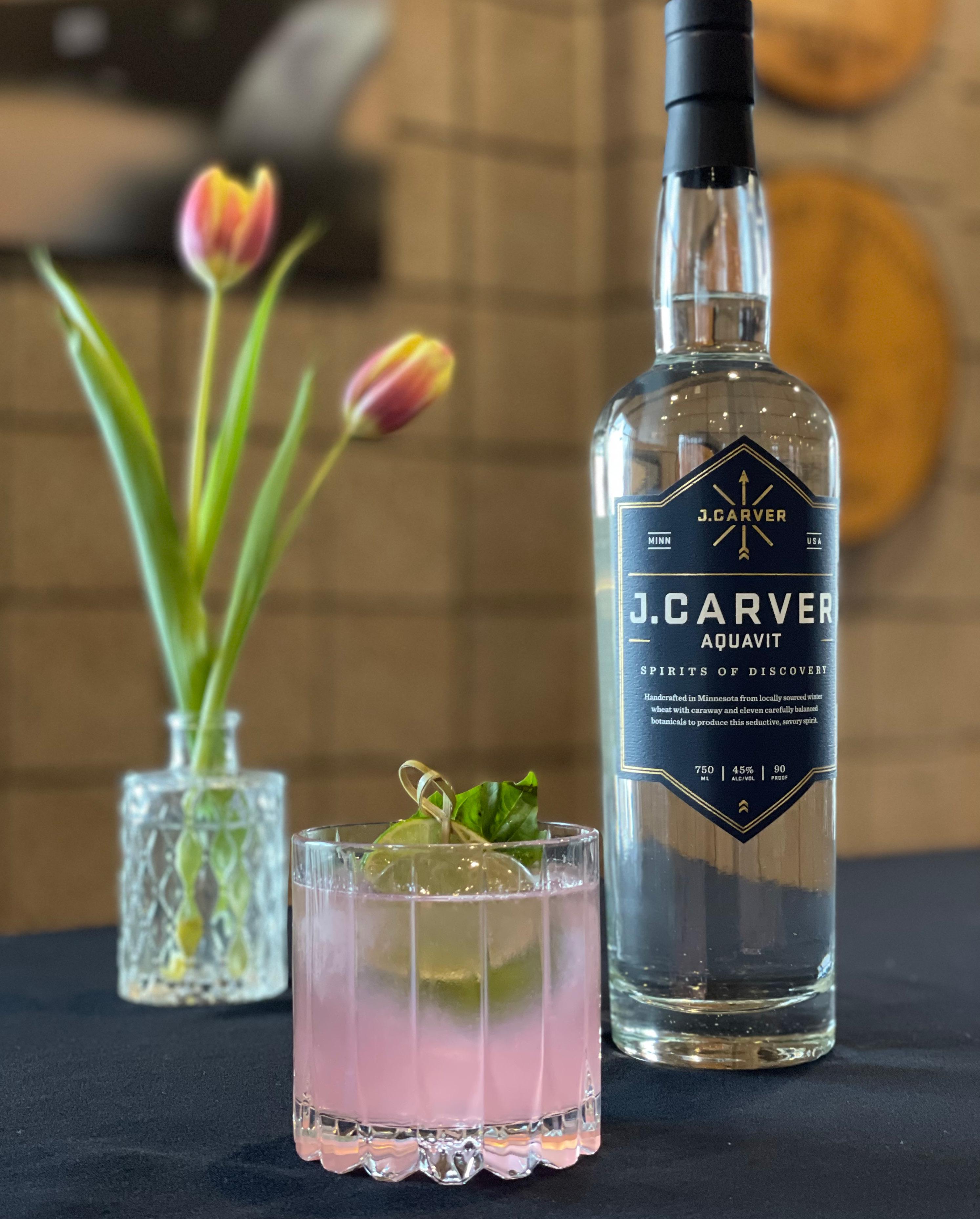
Ingredients
2 ounces J. Carver Aquavit
1 ounce rhubarb basil mint syrup
1 ounce lime juice
1 pinch of sea salt
DIrections
Add Aquavit, syrup and lime juice to a shaker with ice and shake for 20 seconds. Add a pinch of sea salt to shaker. Strain and drain into a lowball glass with ice. Garnish with lime wheel and a sprig of fresh basil.
Rhubarb Basil Mint Syrup
Ingredients
2 cups sugar
1 cup water
2 cups rhubarb cut into 1 inch pieces
10 basil leaves
6 mint leaves
Directions
Combine all ingredients in a sauce pan and simmer until sugar is dissolved. Let the syrup cool and ingredients integrate for two hours. Strain off the rhubarb, basil and mint. Pour the syrup into a jar. Keep sealed and refrigerate for up to two weeks.
This cocktail from Virginia Distillery Co. was also created by Melissa Market and is inspired by Jane Goodall.

Ingredients
1 1/2 ounces Scholar’s Craft Coffee
Cask American Single Malt Whisky
3/4 ounce Amaro Nonino
3/4 ounce Cocchi Americano
1/4 ounce Giffard Banane du Brésil
Liqueur
Directions
Combine all ingredients over ice and stir. Strain into a rocks glass with ice and garnish with a lemon peel.
This cocktail was inspired by Frida Kahlo and created by mixologist Melissa Market, who drew inspiration from Virginia Distillery Co.’s Scholars Craft Coffee Cask. The release ties to the Lovingston, Virginia-based distillery creating a scholarship program with Appalachian State University to provide $100K of aid for students entering the field of distillation and whisky production. Virginia Distillery Co. selected coffee for this expression due to the strong role it plays in the lives of college students. The Scholar’s Craft Coffee Cask is made from 100% malted barley, aged in ex-bourbon casks and finished in barrels that previously held ethically sourced small-batch coffee. Proceeds of the release will go towards the scholarship fund.
Ingredients
1 1/2 ounces Scholar’s Craft Coffee Cask
American Single Malt Whisky
1/2 ounce Current Cassis
3/4 ounce cinnamon-brown sugar syrup
3/4 ounce lemon juice
5 dashes mole bitters
Directions
Shake all ingredients with ice. Strain into a coupe glass and garnish with dried rose buds.
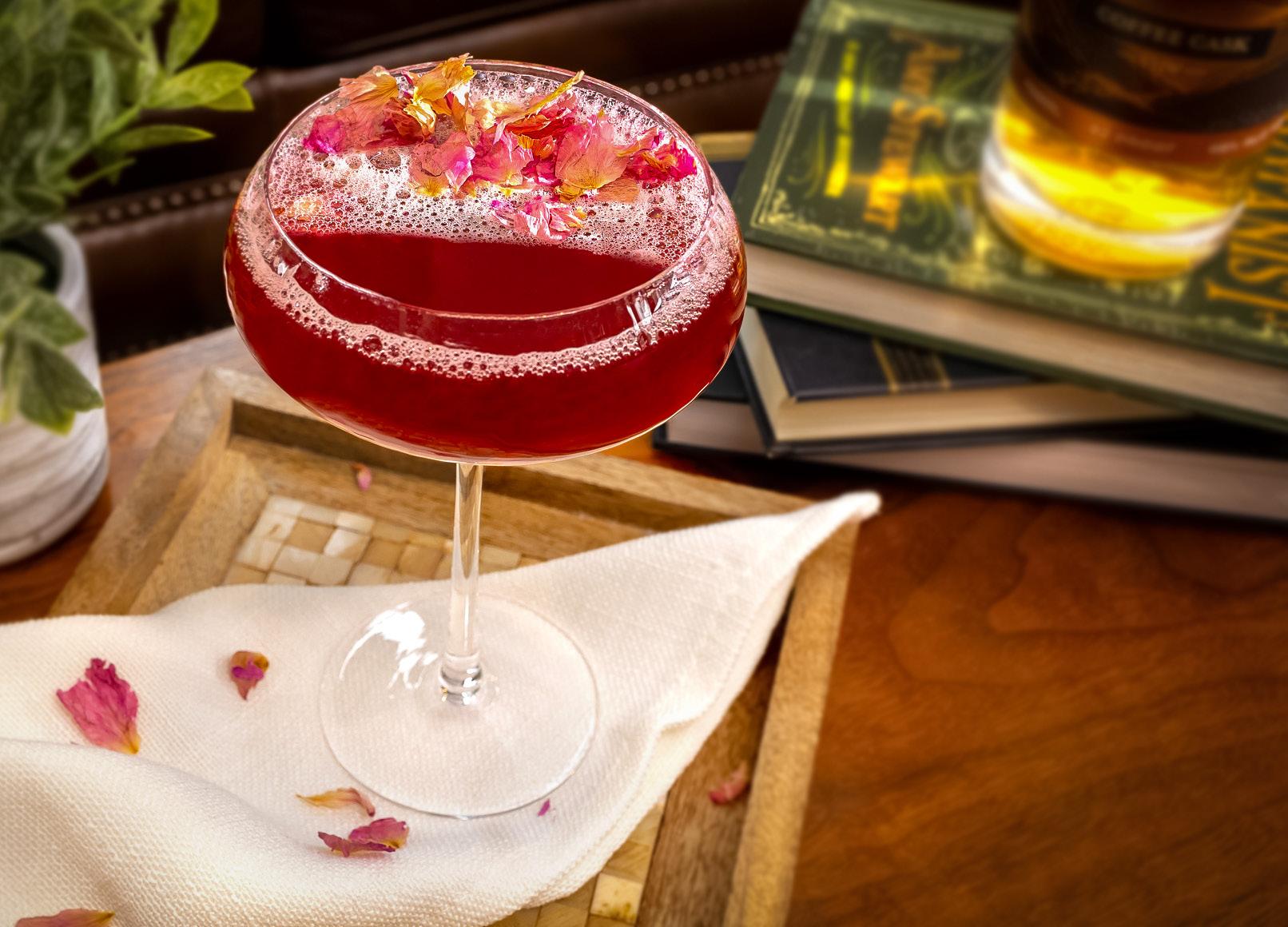
Sentinel Straight Rye Whiskey forms the base of this refreshing concoction from Whiskey Del Bac
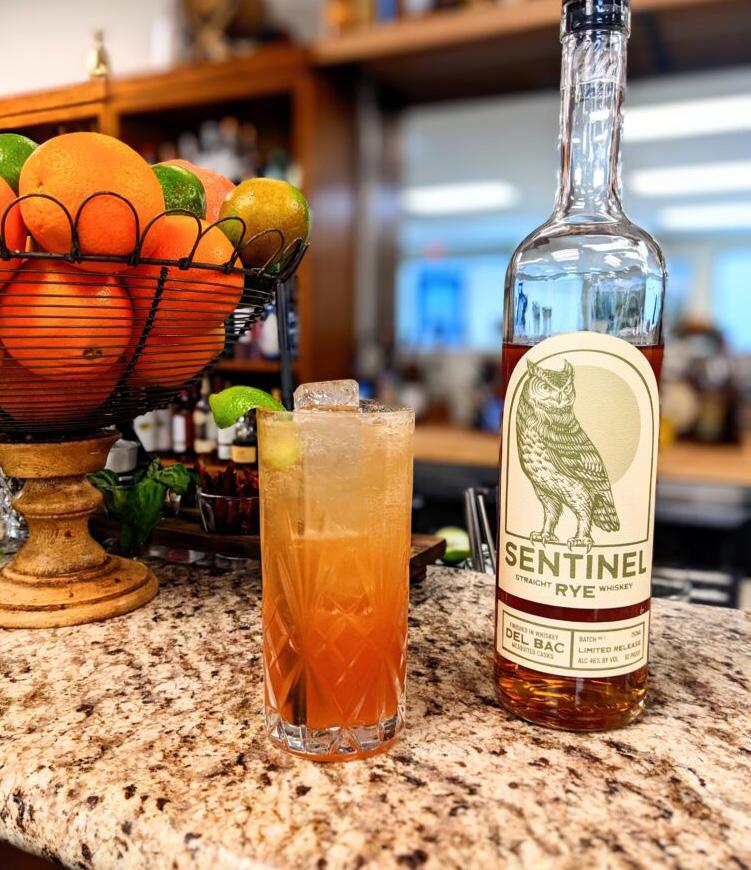

Ingredients
2 ounces Sentinel Straight Rye Whiskey
3/4 ounces lemon juice
1/2 ounce Giffard raspberry liqueur
1/2 ounce simple syrup
6 mint leaves
Knob of ginger cut into medallions
Directions
Add mint, ginger and simple syrup to a shaker and muddle. Add remaining ingredients and ice. Shake to chill. Double strain into rocks glass over fresh ice. Garnish with a fresh sprig of mint.
Whiskey Del Bac in Tucson, Arizona, is known for its single malts, but the producer wanted to try its hand at giving rye whiskey its signature Southwestern twist. Thus was born Sentinel, a blend of sourced ryes that Del Bac finished in its mesquited casks and then filtered through mesquite charcoal. It serves as the base for this fruit-forward cocktail.
Ingredients
2 ounces Sentinel Straight Rye Whiskey
1/2 ounce real pineapple puree (or fresh pineapple juice)
3/4 ounce real apple puree (or fresh apple juice)
1/2 ounce lime juice
1/2 ounce simple syrup
3 dashes aromatic bitters
Easy Imperial Yuzu Lime Tonic (or any lime flavored soda water like Topo Chico)
Directions
Add all ingredients except the tonic water to a shaker with ice. Short shake to chill. Strain into a highball glass over fresh ice. Top with tonic (or soda water) garnish with a lime twist. Serve with a straw.

Nashville, Tennessee
The Scene: A robot-themed tiki bar
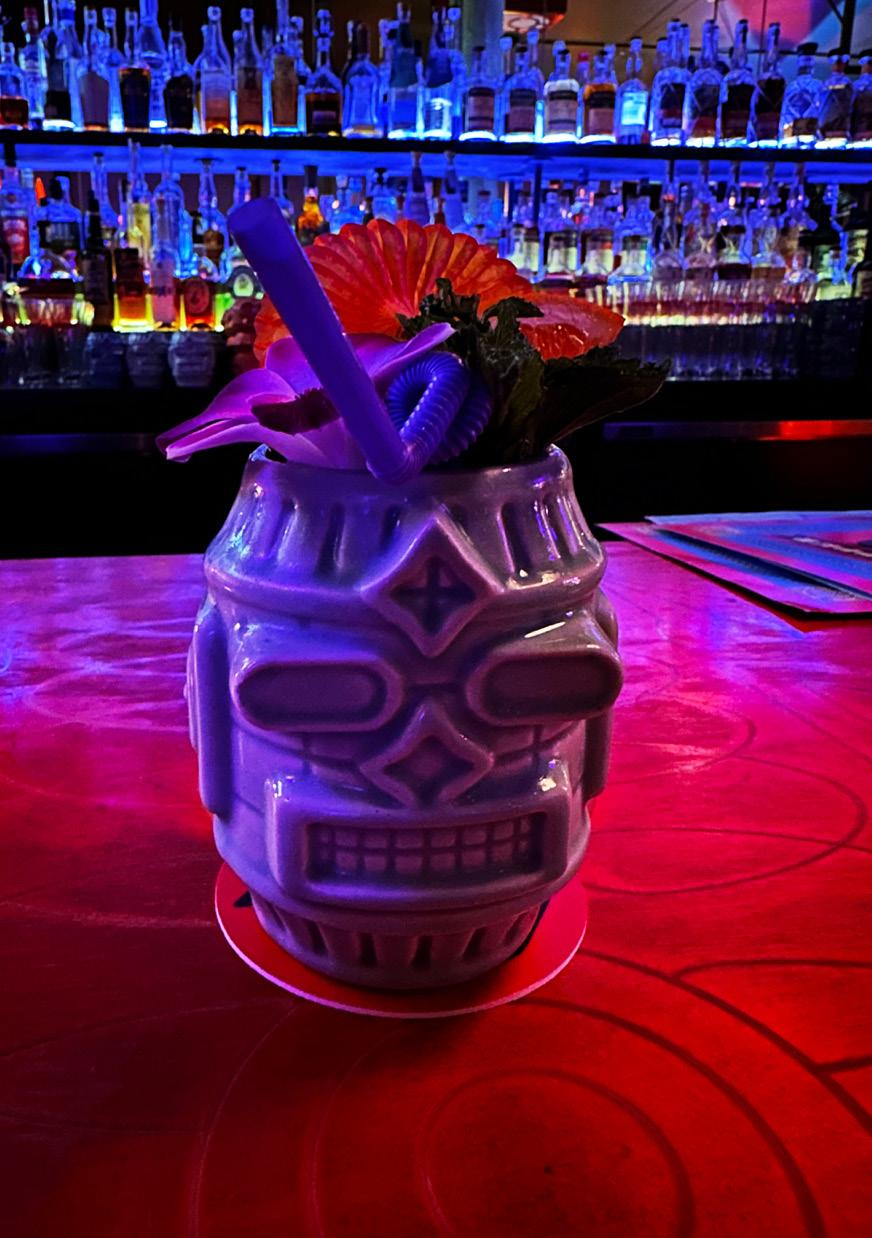
The Tip: Make sure you get a mug.
The Vibe: Chopper brings escapist sipping to an interstellar level. It’s got many of the usual low-lit trappings of a tropical cocktail bar, with an even nerdier twist: it melds the faux-South Pacific aesthetic with science fiction, giving pop culture’s classical concept of androids the sort of hand-carved, island-inspired look that defined one of the mid-20th-century’s biggest contributions to the global bar scene.
Robot heads watch over most of the booths, while a giant, full-bodied mechanical being hangs from the ceiling across the entire length of the center, 360-degree bar. According to Chopper’s fake origin story, those are artifacts from Island X, whose society appeared to be based on ancient robot technology.
Chopper also evokes a bit of the Mos Eisley Cantina, with a full stock of mugs from Beeline Creative’s Geeki Tikis line featuring a range of characters from the “Star Wars” saga—in addition to its regular, (non-Disney-licensed) house mugs resembling those aforementioned Island X artifacts.
(Though, officially “Chopper” was the name of the fictional research vessel dispatched to Island X, it also—coincidentally or not—happens to be the name of the kindly Astromech droid in the animated series “Star Wars: Rebels,” as well as the live-action “Ahsoka.”)
The menu features some rotating seasonals. Most recently its spring menu featured creations from a galaxy far, far away, an extended celebration of May the Fourth. Java the Hutt, for instance, featured a blend of amaro, citrus, coffee, allspice, condensed milk and a float of brown-butter rum.
Its permanent menu includes twists on tropical classics like the Singapore Sling, Chopper Puka Punch, Chopper Mai Tai and the Robo Zombie.
When you’re in Nashville, Chopper is definitely the droid you’re looking for.
—Jeff CiolettiLondon
The Scene: Laid-back tasting room at a small, local gin distillery

The Tip: A gin and tonic is a must, but also try the house Red Snapper
The Vibe: South London’s Bermondsey district is best known for its namesake Beer Mile—a crawlable collection of neighborhood craft breweries—but nestled among those in a repurposed railway arch is one of the finest purveyors of London’s Gin Renaissance, Bermondsey Distillery, producer of Jensen’s Bermondsey Dry Gin and Jensen’s Old Tom Gin. It’s a compact space with a small bar, a couple of comfy benches and a long, communal table that doubles as an instructional tasting area during its Wednesday and Thursday, reservation-only tours. On a weekend afternoon, it’s the ideal setting to read a book while sipping a Red Snapper and chowing down on some international fare—Asian-style dumplings, Ethiopian samplers and sundry sausages being just a few of the offerings—from the neighboring, open-air Maltby Street Market.
—Jeff CiolettiComing this spring, ACSA is launching “The ACSA Guide to Starting and Operating a Distillery.” The peer-reviewed guide is a comprehensive compendium of expert insights detailing all of the tools and techniques that new distilleries need to get their businesses up and running and help ensure a prosperous future.
Topics include:
• The Fundamentals of Distilling
• Funding a Start-Up Distillery and Other Key Financial Considerations
• Crafting a Business Plan

• Distillery Location Selection
• Distillery Architecture & Construction
• Distribution Contracts
• Self-Distribution
• Tasting Room Management
• Developing a Brand
• Sales, Marketing & Social Media
• Working with TTB
• State-by-State Compliance
• Distillery Safety Packaging And much more!
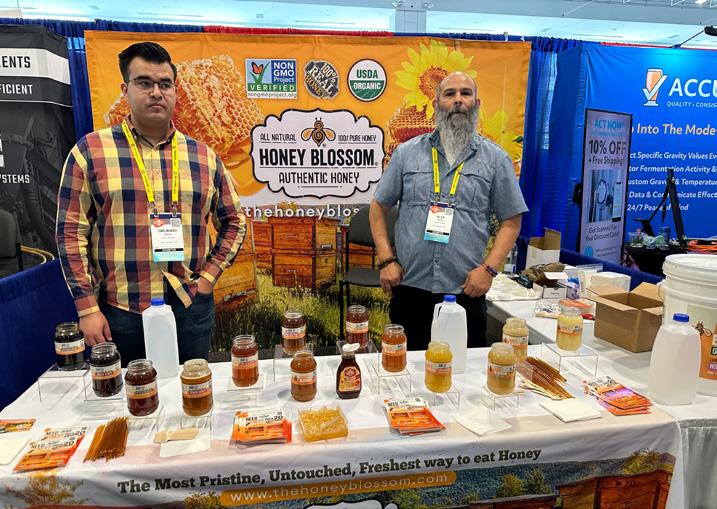 BY JEFF CIOLETTI
BY JEFF CIOLETTI
The exhibitors at BrewExpo America, the trade show component of the Brewers Association’s annual Craft Brewers Conference, showcased a diverse variety of equipment and solutions but voiced a nearly identical sentiment: many breweries are expanding beyond beer into spirits. And many of the exhibiting vendors were eager to serve the craft distilling market.
Here’s a look at some of those suppliers, from ingredient and packaging providers to equipment manufacturers.
Honey Blossom
Thanks to the efforts of distilleries like Caledonia Spirits and its Barr Hill line, honey is gaining in popularity as both a flavor ingredient and as a distilling base. Honey Blossom showcased more than 20 different varietals, including avocado, mango, coffee blossom, mangrove, sunflower, orange blossom and more. The company also markets an organic line that includes wildflower, mimosa and campanita.
thehoneyblossom.com
Malt infused with flavors and aromas like gingerbread cookie and sage and thyme don’t immediately make people think spirits, and this, after all, was an expo for brewers. However, Boortmalt Group says its Creative series Infusion Malts are already being used for distillation. Cristal Peck, product innovation manager for the Belgiumbased company, revealed that she’s worked with an Irish distiller that’s one year into the three-year maturation process for a whiskey distilled with its flavored malt, noting that the flavor carries through the distillation process.

“The volatile aroma and flavor compounds are maintained throughout the brewing and the fermentation, as well as distillation,” Peck said. “This is attributable to the approach that we took to make them. “[These compounds are embedded in a matrix, meaning they’re very robust.”
She contends that the malted grain holds these flavor compounds better than they do the phenolic character imparted through smoking.
“With smoke, it’s much more superficial actually,” she says. “You can remove a lot of the husk on those smoked malts and you lose the smoke. Whereas, these are really in there. And we’ve done a research project with a local
research institute in Belgium where we’ve actually removed the husk and done analytical profiling and seen these compounds inside the malts.

boortmalt.com
Briess Malt & Ingredients Co.
Briess offers a wide range of handcrafted American malt—including its proprietary Distillers Malt and Whiskey Malt—and highyield flour, produced with the U.S. craft spirits industry in mind. The company developed its flours line with an eye toward cost-saving efficiency for the spirits producer. Following a collaboration with Michigan State University, Briess acquired equipment with the ability to mill Distillers Malt into a much finer flour than a conventional hammer mill, increasing the utilization rate for a distiller. The Michigan State study showed a 10% increase in alcohol production over a standard milled grist.
brewingwithbriess.com
ClearSource prides itself on the purity of the grain neutral spirit it supplies to the industry. It uses a sustainable, zero-waste process to ferment and distill a corn base—sourced near its Upstate New York production site—selling its spent grain as feedstock across the country. Its production facility uses hydroelectric power generated by Niagara Falls. Samples are available in 190 or 80 proof. clearsourceus.com

Chain-Vey, part of modern Process Equipment Corp., offers tubular drag conveying systems for moving grains gently, efficiently, horizontally and vertically in a dust-tight environment, without degradation. The systems’ pneumatically actuated rotary valve allows for unobstructed product discharge. Disc design options include direct over-molded onto a stainless steel chain or spilt design with sanitary stainless steel compression rivet fastener. The chain is available in 301 stainless steel or ultra-high-strength hardened carbon alloy steel, and offers up to more than 16,000 pounds of tensile strength. chainvey.com
The US-FIP (Flexible Impeller Pump) model 20035LV mash pump is suited for distillery operations (its marketing material links to a demo video of the unit pumping mash and emptying the tank at Blaum Bros. Distilling Co. in Galena, Illinois). The 20035 features a 2-inch tri clamp, 3 horsepower motor and a wireless remote, and is rated for maximum pressure of 30 psi.
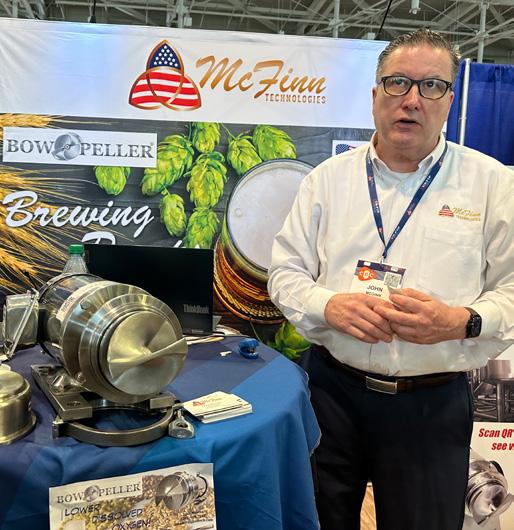

americanwinepump.com
ABM offers complete grain handling solutions for operations of most sizes, from engineering and design to fabrication to integration in your facility. Products include fully welded, powder-coated (inside and out) storage silos with capacities up to 250,000 pounds; adjustable height bulk bag unloaders compatible with forklifts or hoist/trolleys; automated, programmable grain scales; and a range of conveyors and fully welded, custom-designed spent grain silos available in stainless or coated. abmequipment.com
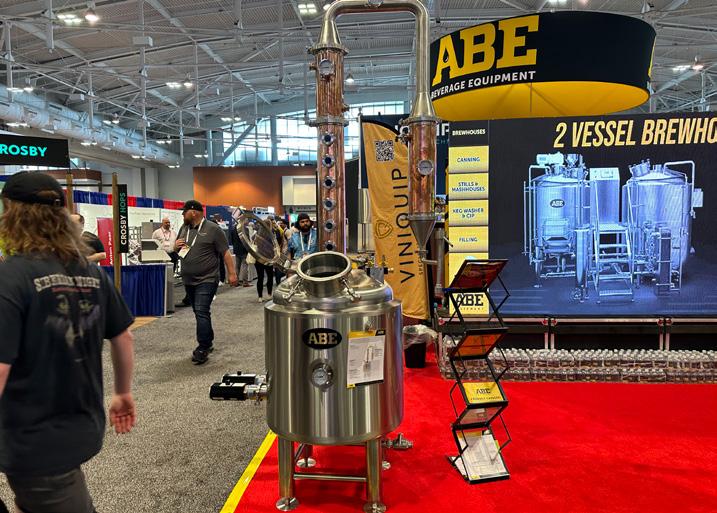
Deutsche Beverage Technology primarily has focused on brewhouse equipment, but its widening repertoire includes custom distillation equipment. Its showpiece still’s construction includes copper cladding and 304 stainless steam jacket, a low-speed agitator with explosion-proof motor and a four-plate distillation column with bypass. Producers of brandies and liqueurs may also find useful the company’s steam-jacketed fruit crusher, with fully enclosed inline capability and internal agitator.

deutschebeverage.com
ABE Equipment offers a variety of custombuilt craft still options, ranging from 50 gallon-1,000 gallon capacities. Its Patriot Craft Still, with capacities starting at 125 gallons, is available in a hybrid pot-and-column configuration, with a full copper pot surrounded by a stainless steel jacket. Distillers can add plates to the column as needed. It has a heads yield of 0.75 ounces per gallon of wash, a hearts yield of 7% to 7.5% of the 10% ABV wash and tails yield of 2% to 2.5%. The company also offers a selection of smaller-scale Patriot Micro Distillery Line, including its 200-liter pilot still with rectifying column, with two submersible Class 1 Division 1-compliant heating elements, copper column, 1.5-inch sanitary drain, ¾-inch water hose connections, copper final condenser, manual agitator and more. When distillers combine it with ABE’s 3BBL mash house skid with three polyethylene fermenters, the whole pilot production package takes up no more than 500 square feet of distillery space.
abeequipment.com

Custom Metalcraft markets a range of stainless steel storage, fermentation and material handling solutions for distilleries. Its TranStore portable storage totes and open-top fermentation tanks are suited for small operations. They’re available in a range of sizes, from 180 all the way up to 550 gallons, featuring a one-piece sloped bottom that assures uniform and complete drainage, as well as a 22-1/2-inch-diameter top-fill opening with removable drum cover. They can be stacked up to four high, depending on tank size and surrounding conditions. custom-metalcraft.com
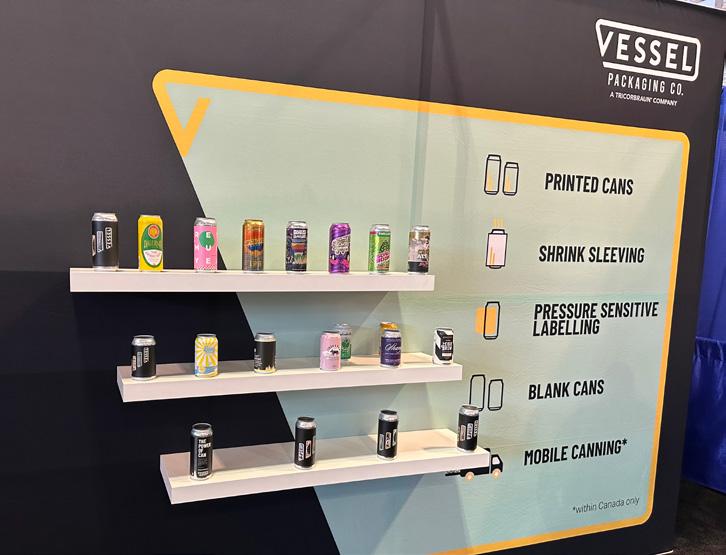
Vessel Packaging promises aluminum cans and decorating services for any scale. Among its products and services: blank cans, printed cans, shrink sleeving, pressure-sensitive labeling and consultation to help you determine the ideal aluminum packaging needs for your RTD program. The company’s pre-fill pressuresensitive labeling service is an option for limited-edition or experimental offerings that can be difficult to fulfill in-house. If it’s shrinksleeving you’re looking for, Vessel says it manages the entire process from printer relationships through warehousing and application to on-demand delivery.
vesselpackaging.com
When craft spirits producers hear “BSG,” they automatically think ingredients. But beyond its familiar array of grain, yeast and flavor products, the group also includes packaging supplier CanCraft under its umbrella. CanCraft offers a full-service packaging experience from can design to production, providing shrink-sleeved, printed and blank cans, as well as can ends. Flexible order sizes, shipping and logistics management, creative services, pre-press support and technical support are all part of that full-service experience, all at what the company promises are customized and competitive pricing.
bsgcraftbrewing.com/cancraft
American Canning says that its new Aluminum Toyo Ultimate Can (aTULC) was designed, in large part, with RTDs in mind. As the company explains, traditional aluminum cans typically have the protective lining sprayed on, which is not 100% consistent. With the aTULC, the polyester resin liner is pre-rolled on the aluminum before production, eliminating that inconsistency. What makes that attractive for RTDs is that cocktails often have high-acidity ingredients or salt, which can be corrosive when they come in contact with aluminum. The cans are also lined on the outside, which can help prevent secondary corrosion. So, if one of the cans happens to spring a leak, the contents won’t corrode other cans when it drips down the pallet. Additionally, American Canning says the cans offer double the shelf life of regular aluminum cans. americancanning.com
Our readers may be most familiar with Berlin’s glass bottle and label offerings, but its booth at BrewExpo America put its portfolio of aluminum can solutions front and center. In fact, the company reported that by the end of 2022, it had sold hundreds of millions of cans to more than 1,000 customers worldwide. The company touted its expertise in inventory management and supply chain optimization, enabling it to deliver reliable packaging solutions with minimal delays and out-of-stocks. It also has set low minimum quantities, accommodating craft producers that are just starting their RTD packaging journey.
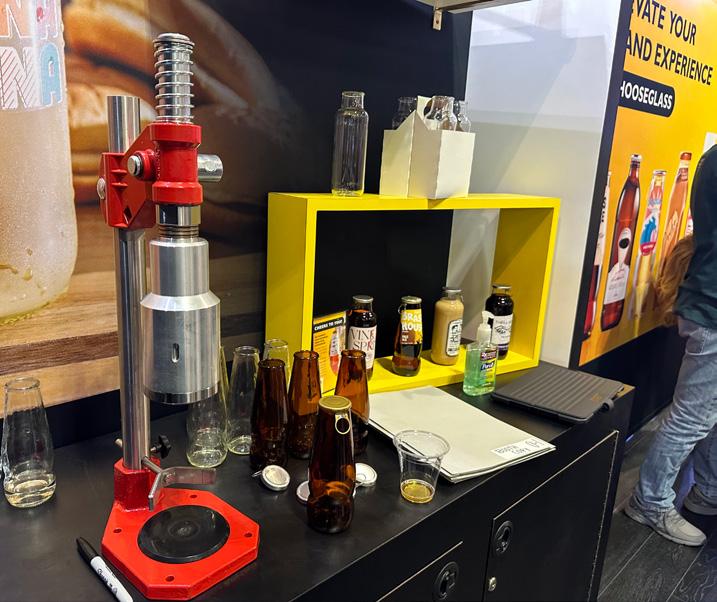


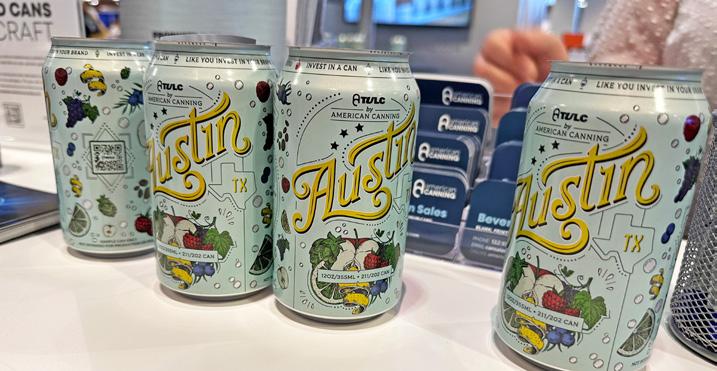

berlinpackaging.com
Of course, cans are far from the only option for RTD cocktails. In fact, when it comes to freshly made cocktails to go (in the states that allow it), glass is still the most practical option. O-I has made it easier for distillery tasting rooms and bars with its Drinktainer innovation. The tasting room manager or bartender just pours the cocktail into the 375-mL, wide-mouthed bottle and then caps it with its corresponding manual, single bottle capping device.
o-i.com
With all of the brewery-distillery crossovers and combos emerging these days, Saxco saw the value in highlighting some of its spirits-specific bottles—particularly from its Saxco Select line. “Really the value proposition around those is that they’re in stock and ready to ship right away,” notes Saxco senior director of marketing Cherish Chase. “It’s really great quality for a low cost.”
The company also showcased its array of bottle closures, as well as cans for those eyeing RTDs. “RTDs are absolutely huge,” Chase says. “It’s just blown up. With some of the sales going down in beer, it’s nice to see some of these other [categories] taking off.”

saxco.com
Pneumatic Scale Angelus presented its CB100C Rotary Counter-Pressure canning line, featuring a 12-head rotary filling turret design, with recipe-driven automatic motorized turret height. It’s integrated with a dual-station Angelus seamer rated 100-plus cans per minute—all in a compact footprint. Additionally, it boasts magnetic flowmeter technology capable of 1-mL precision and is built for quick-change adjustments for various can/height diameters.
psangelus.com
Ska Fab’s Can-i-Bus is a small footprint, semiautomated can depalletizer designed to fit in craft producers’ available space. It’s capable of handling full height or smaller pallets and depalletizing cans at speed up to 400 cans per minute. Its total weight is 1,500 pounds, it has a lift capacity of 400 pounds and loads with a pallet jack. Custom configurations are available. Custom color choices are available as an add-on feature.


skafabricating.com

If you’re reading this, congratulations. You’ve made it past the headline without saying, “This does not apply to a small, local distillery like mine” and flipping to the next page. If you’re using a computer, tablet or mobile phone right now—which you very likely are because those are the only ways this publication is available—then you are a target of a potential cyber attack. Malevolent actors don’t care whether you’re a company of 100,000 or just one. They see dollar signs (or the symbols of whatever their local currency) every time you boot up a device.
That, essentially, was the takeaway from a session titled “Cyber Security: Teaming Against Industry Threats,” at the Wine & Spirits Wholesalers of America’s (WSWA) Access LIVE convention and trade show in April.
“You may be [saying to] yourself, ‘I’m not that big, it’s not going to be me,’” presenter Lucas Morris of consulting firm Security Risk Advisors told the audience. “I do a lot of this, I hear from companies large and small … More often than not, it’s opportunistic. [Attackers are] sending stuff out to everyone that they
can find to see who clicks, who opens. And, so, because of that, as organizations, whether we are large or we are small, we need to have someone who’s thinking about this.”
And they need to think about it yesterday because the risk continues to escalate exponentially, as tactics like ransomware attacks and email fraud have become big business. “And I don’t mean [business] for people like me—it’s been like that for a long time,” Morris said. “But for the nefarious actors, it has become a business itself.”
Ransomware, where a virus or attacker invades a company or individual’s system and blocks the user’s access until the user meets the perpetrator’s monetary demand (ie, pays a ransom), is now a $20 billion business. “It’s such a business that they have support lines where you can get help and technical support to get your stuff back when you pay,” Morris revealed.
Email fraud, where scamsters try to get users to send them money or give them access to your systems is an even bigger business— nearly $42 billion, Morris noted. “And what’s
hard is they treat this like an industry,” he continued. “Like I said, they have support, they have organizational structure. This isn’t just a bunch of hackers sitting in a basement somewhere—they have a conference room and facilities and access.”
If that isn’t enough to keep you up at night, know this: these attacks aren’t just about you. Not only are your own spirits production facility and staff at risk, so too are all the partners with which you do business—suppliers, retailers, distributors, consumers, etc. The attackers can easily gain access to your mailing lists and then target all of the people on those lists, and so on. And that also means they can be targeting everyone’s (including yours) family and friends.

“They start sending things out, they start trying to perpetuate and extend access to other organizations, because, ultimately, that’s how they acquire customers,” Morris pointed out. “They’re a business and their customer acquisition strategy is just a little more aggressive than a lot of other ones.”
Now that you’re sufficiently terrified, it’s
time for the positive action portion of this article. Morris outlined a five-point strategy that most companies can implement that will significantly reduce their risk.
1. Develop a relationship with a security partner
This isn’t just your IT person. “You probably have your IT hero, the person who can make the servers go, can fix the printers, can do amazing work in installing applications and configuring systems,” Morris said. “But that’s already a huge job, right? Security is just another thing right on top of it. So, I’m not saying they’re not a hero, but I am saying develop a partnership that can give them the support that they need in this.”
There are a lot of organizations that can help and many can offer something that’s commensurate with the budget of small distilleries. “And this is more than just making sure you have the right tools installed,” he added. “It’s building a relationship with someone so that they can become a trusted adviser to help you answer the questions. And I know that most people in the industry are not going to send you a bill to get on the phone to talk once a month or every couple of months because we’re all in this to help everyone get better.”
2. Protect your network with a more advanced anti-virus system
Most businesses, at this point, are familiar with the likes of McAfee or Symantec Network Security. Perhaps, those already come pre-installed on your computers. The problem, Morris warned, is that they’re no longer enough. Those common solutions, he explained, work based on historical information, checking what other attackers have done and not necessarily what they’re doing now.
More advanced tools like FireEye, CrowdStrike and Microsoft 365 Defender look not only at what happened in the past, but activities that they interpret as risky.

“And if they start to see a lot of these [activities] next to each other, cascading together, that’s when they start to flag alerts,” Morris said.
He cautions, however, that these newer systems do require some “care and feeding,” which could be one more task to add to IT staff’s already heavy workload.
3. Monitor your network for anomalies
The aforementioned advanced anti-virus platforms will generate anomalies, but they still require a human to actively keep an eye out for those anomalies.
“The problem is, these anomalies require someone to do some research, someone to figure out, ‘Is this real or is it not? Is it [a true risk] or is it just a user that’s doing something that’s part of their day-to-day activity,’” Morris explained.
The person monitoring—whether that’s a staff member or an outside security partner— would be able to weed through anomalies, fine-tune the system and help reduce the number of false positives. It’s really about having someone who can spot patterns.
4. Educate your employees
Probably the easiest way to reduce some risk is to make sure your team is trained to recognize obvious attacks and scams.
“[An attack] almost always begins with someone clicking on a link, someone opening a document,” Morris noted. “Now, I’m not telling you not to do your jobs—continue to do email, that’s kind of important and we all need it. But we can educate people on finding anomalies.”
Train your team at least once a year and continue to reinforce what they’ve learned throughout the year.
There are a variety of ways to accomplish that. One popular method involves sending periodic test emails—without prior warning— to see if a team member clicks on something
that’s a potential cyber attack. If they do, no real harm comes, they’re just alerted that they’ve fallen prey to what could have been a catastrophic cyberinvasion.
5. Have a plan ready for when an incident happens
Implementing the other four components of this defense strategy will dramatically diminish your company’s vulnerability, but it won’t be zero. Inevitably, a cyberincident will occur and the best way to minimize the damage is to have some simple protocols in place and at the ready. “This doesn’t have to be thousands of documents, but this can be as simple as a single page that says ‘when this happens, we know these are the first three people we need to call,” Morris assured.
Having that information accessible to everyone on your team could mean the difference between a system outage of several days and one that lasts just a couple of hours.
“A lot of the nerds in my industry like to say, ‘It’s not a matter of if, but when,’” Morris offered. “Our goal is to reduce our risk and make ourselves just a little better than everyone else, both as an industry and individually, so that A, the attackers just go to someone else but also B, that we’re protecting everyone.” ■
Malevolent actors don’t care whether you’re a company of 100,000 or just one.
If you have buildings, employees or products, then it’s your lucky day—you get to interact with all levels, and many different divisions, of government! Whether for workplace safety, wastewater permits or tax submissions, compliance concerns at the federal, state and local levels are likely on your mind. Or should be. All these laws, rules, ordinances and other requirements can quickly get you in trouble if not followed.
When we talk about compliance and ethics, we are really talking about getting people to act, or refrain from acting, in certain ways. Laws and rules are one area of compliance, with direct-to-consumer (DtC) shipping laws providing an example. If DtC is allowed, people must follow the law when shipping products; and if it’s not allowed, then no shipments should take place. Either way, compliance with the law is required. Lack of regulatory compliance usually has one or more consequences like license revocation, suspension, fines or jail time.
While rules are not the same as laws, they do have the force of law. Rules are created through a different system at the agency level, with notice and comment. A recent example of this is the U.S. Alcohol and Tobacco Tax and Trade Bureau’s (TTB) issuance of an Advance Notice of Proposed Rulemaking to seek public input on updating certain TTB rules. Whether in laws and rules, regulatory requirements need to be followed to prevent misconduct.
It may seem like the road to compliance never ends. Building and other codes contain requirements. Proper documentation for employees needs to be maintained. Timely tax filings cannot be overlooked. Sample sizes are set for you and outdoor service areas have their own issues. The intrusion of government into every corner of your business may feel overwhelming.
Small or large, the government expects
compliance from organizations and demonstration of it—not only for regulatory requirements but also your own. Creating and maintaining an internal program is good business practice as well as another area of compliance to address. This means designing and implementing a program to prevent and detect criminal or other misconduct. Adding to the above DtC example, a company may include specific corporate policies in its own program, along with details on how the company plans to achieve regulatory compliance and internal compliance through its business practices.
Internal programs are not sufficient, though, if they are merely check-the-box programs. Saying you have one in place is simply not enough; it needs to be effective—with evidence to demonstrate that. The program may be ethics-based, with a code of conduct covering comprehensive guidance and empowerment for employee decision-making. Alternatively, a procedures-based code could contain specific policies on subjects like conflict-of-interest disclosures, hotline or speak-up reporting procedures, facilitation payment policies and more.
The American Craft Spirits Association (ACSA) includes an Ethics area on its website. Three compliance and ethics documents are found there: Code of Ethics, Code of Conduct, and Ethics & Advertising. The Code of Ethics speaks to honesty, transparency and respect, as well as obeyance of all federal, state and local laws. The Code of Conduct discusses ACSA’s dedication to providing harassment-free environments for events. As part of the Ethics & Advertising section, best practices for safe and ethical management of certain conduct is offered along with a complaint form. If someone believes that an ACSA member is not in compliance with ACSA guidelines for marketing
and advertising, then a complaint may be submitted for review. These documents demonstrate ACSA’s commitment to an effective compliance and ethics program.
To assist you, a few federal government resources are viewed universally as good ones to consider when designing and reviewing compliance and ethics programs. Even though these stem from the criminal side, which not all conduct violations rise to, the guidance provided by the Department of Justice (DOJ) Criminal Division and the U.S. Sentencing Guidelines (USSC) offer insightful information that should not be ignored.
The USSC Guidelines Manual focuses on the presence of seven elements for an effective program: Standards & Procedures; Governance & Oversight; Education & Training; Monitoring & Auditing; SpeakUp & Reporting Mechanisms; Internal Enforcement & Disciplinary Actions; and Misconduct Response & Future Prevention. To be considered effective, these elements must make up the main outline of a compliance and ethics program.
Further, the DOJ’s Evaluation of Corporate Compliance Programs provides guidance and sets forth thoughts on the government’s mind; almost 200 questions are included. While not all are applicable to every compliance program, this list provides a sound starting point for design and ongoing evaluation of your program. Although this document comes from the DOJ’s Criminal Division, it is widely regarded and well-known guidance for all compliance programs.
If a government agency asked you some of the DOJ’s questions or other ones, are you able to provide answers and records in
support? For example, workplace safety is regulated by government and these types of questions may arise:
- Is training occurring at regular and appropriate intervals to prevent problems?
- Are records kept on who instructed, who attended, and what content was covered?
- How do you know the training was meaningful? (Assumptions don’t count.)
- If an incident occurred, how was it handled and what new preventative measure was implemented to stop a future occurrence? Basically, government wants to know what was done to prevent misconduct in the first place, address misconduct as soon as it occurred, and stop it from occurring again. Some of this comes down to proper record keeping as well as organization. When government demands an answer to a regulatory compliance question, are you able to respond with an organized answer to the specific question asked?
If you are involved with export of products, you may be familiar with payments to government officials for assistance with processing, or speeding up, approvals. Perhaps thought about more in the context of foreign officials, these payments may be legal in some areas or culturally expected. In others, they may be considered bribes. Even if legal, a company may choose not to make these types
of payments and embody that decision in its compliance program. Either way, employees need to know what to do to comply with the law and with corporate policies. In turn, companies need to know if employees are following the law as well as internal requirements. Documentation of compliance is key and good organization of records is necessary to respond efficiently and effectively to government inquiries.
Non-compliance of laws and rules has consequences, as seen from learning lessons in the alcohol industry. While some of these cases involve bigger companies, the compliance lessons are of benefit to all.

- DOJ: Beam Suntory Inc. paid over $19 million to resolve an investigation into regulatory compliance violations for books and records issues, and for facilitation payments as bribes to foreign officials for product approvals.
- Virginia AG & Virginia DEQ: A distillery paid $700,000 as a penalty for non-compliance with state wastewater laws.
- TTB: The 2022 Offers in Compromise accepted by the TTB include a few distilleries. Accepted offers to resolve allegations range from $1,000 for failure to comply with timely payment for federal excise tax, to $305,000 for trade practice non-compliance. The latter involved sponsorship agreements with sports and entertainment venues, which included inducement to purchase products at the exclusion of competitor products.
Compliance with external laws and rules set by government, and internal programs set by companies, drive transparency and accountability. Commitment to an effective program demonstrates to all stakeholders, especially government and employees, that a company takes responsibility for compliance and ethics seriously.
In today’s world, it’s more likely when, rather than if, government will knock on your door. Implementing and maintaining a well-designed compliance and ethics program deserves adequate attention. The ability to demonstrate compliance efforts and reactions is part of good governance as well as expected by government. ■
Teri Quimby is a former state alcohol regulator. Her work on legal and compliance issues is published regularly.



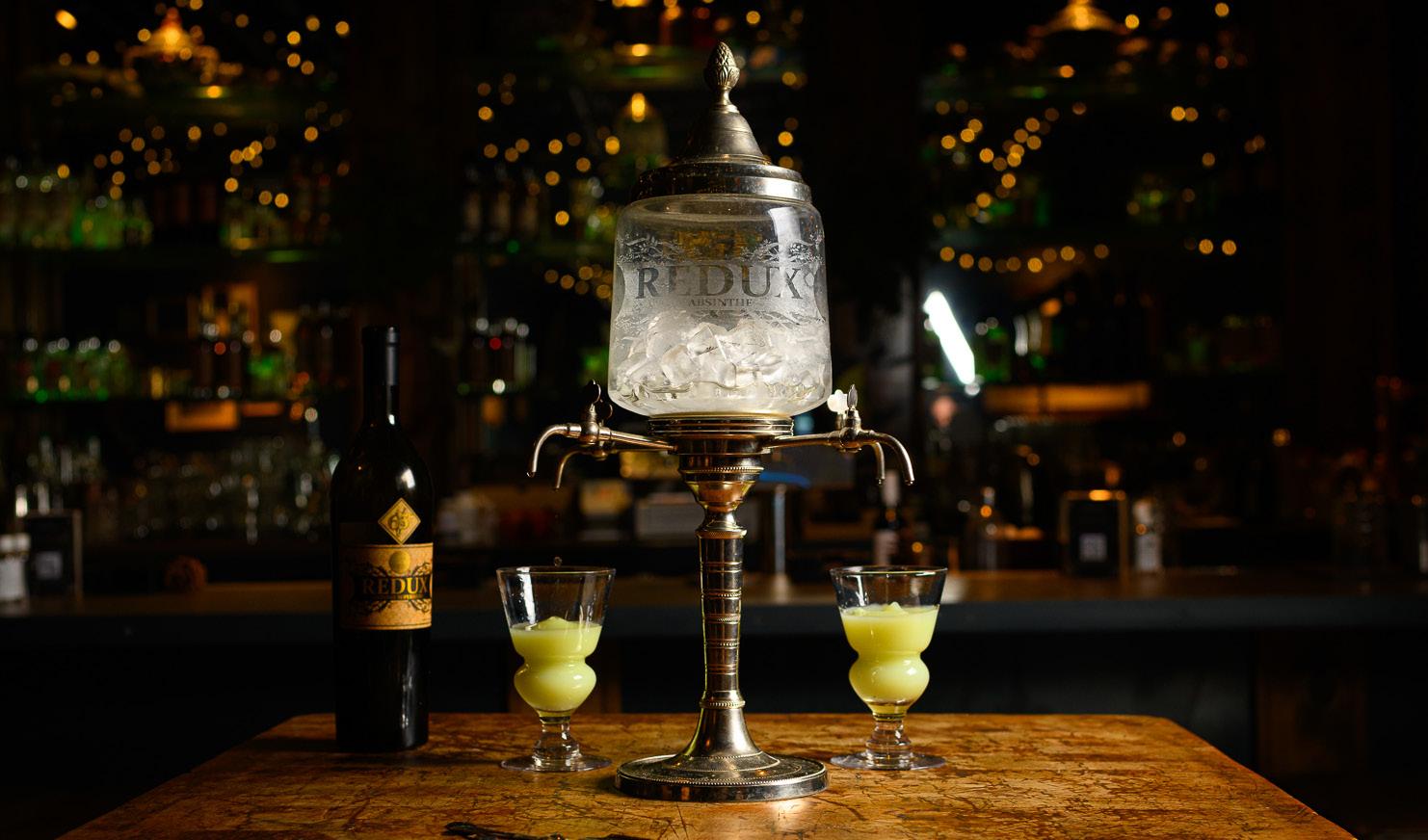 BY JON PAGE
BY JON PAGE
Stephen Gould didn’t have to look far to know that consumers were in search of kosher spirits. He has a sister, cousins and friends who keep kosher homes, so he knew it was an underserved market in the spirits world. That was a primary motivating factor for Golden, Colorado-based Golden Moon Distillery—of which Gould is founder, CEO and master distiller—to seek and achieve kosher certification.
“The demand for kosher food continues to increase across the board worldwide,” says Gould. “Not only for people that are Jewish, but for people that view it as a seal of quality. For lack of a better term, it’s almost becoming, to a certain set of consumers, like a seal of good housekeeping. … It says that [we care] enough to go the extra step and to provide a koshercertified product so that those consumers that want that as a choice, whether for spiritual or other reasons, have the option to do so.”
The distillery was certified kosher (pareve) in 2022 by Boulder-based EarthKosher. Golden Moon holds kosher certificates for all of its products, with the exception of those containing grapes (its grappa, port-finished whiskey/gin and vermouth-finished whiskey). The distillery is not certified kosher for Passover, but Gould is hoping to produce an apple brandy for passover next year.
The certification process was “a holistic view of the entire manufacturing process,” says Gould. Rabbis visited the distillery and conducted a detailed interview and walked through every production process. They review every input and the source of all raw materials, including packaging and barrels. “If I use a barrel that held something that was non-kosher, I can never use that to age a kosher product,” says Gould. “But a new barrel that’s never been touched, I can use to age a kosher product. A used barrel that held bourbon or that held rum, I can use to age a kosher product. But a used barrel that held port wine? Nope. Not unless that port wine was kosher.”
Grapes are an important symbol in Judaism, but that doesn’t mean that Golden Moon is ceasing production of its grape-based products. Rather, those materials must be segregated from the kosher materials. Or in the case of a still, sufficiently cleaned. Gould says that Golden Moon has a still that runs apple brandy year-round. But when grape product comes in, the distillery stops kosher operations in that stillhouse until they have completed working with the grapes. “The rabbi then comes in, we flush the brandy still again for several hours with steam, with the rabbi sitting there and watching,” says Gould. “The rabbi says he’s satisfied and we are kosher again until grape touches that still again.
“It’s not as complex as some may lead you to believe, but it’s a lot of work because you’re literally taking and having to document everything your distillery does, and you’re having an outside third party come in and say, ‘Yes, you’re clean.’”
In the future, the distillery is hoping to develop a kosher vermouth substitute that will play nicely in cocktails, and Gould is working on a book about kosher spirits and cocktails. Gould says Golden Moon isn’t seeking to be the kosher producer of craft spirits, “we want to be the world-class, award-winning premium craft spirits producer—which we are—that happens to be kosher,” he says. “And while we don’t just want to focus on the kosher market, we do have kosher consumers and we want to show them some love in the hopes that they’re going to show us some love back.” ■

Sanctified Spirits, the Texas-based makers of Oak & Eden, announced in March that six of its spirits have been certified kosher by the Orthodox Union. We recently checked in with Joe Giildenzopf, co-founder of Sanctified Spirits, to learn more about the certification.
CRAFT SPIRITS: Why was it important for your distillery to attain a kosher certification?
Giildenzopf: The kosher certification speaks not only to the quality of our product and integrity of our process, but also to our desire and intent to make our whiskey available to a broad audience, including those whiskey lovers who adhere to a kosher diet. The kosher certification also provides a higher level of credibility to retailers and wholesalers which is important as we continue to expand our footprint nationally.
How did you decide to go with Orthodox Union?
The Orthodox Union is the largest and most respected rabbinical kosher certification agency in the country, possibly the world. By partnering with OU, we are declaring Oak & Eden’s desire to make our whiskey not only great but also worthy of trust.
What all was involved with the certification process?
The process involved an extensive inspection of our physical plant and manufacturing process, including verification that all ingredients we use are kosher and that our processes adhere to Levitical Law. This process also involved our second soon-to-open retail location in Fort Worth, Texas, which will also adhere to kosher law.
When will the certification start to appear on your bottles?
Our bottles with labels reflecting the OU certification will hit retailers by August.
What advice would you give to other distilleries who are considering kosher certification?
Know your (prospective) customer.

Agave spirits—while still a top performing spirits segment—don’t seem to be completely immune to the volatility that the global economy has experienced over the past year-plus, at least in the short-term.
Agave spirits volume grew 5.1% for the 12-month period that ended in March 2023, according to SipSource, the industry’s only data source based on aggregated wine and spirits distributor depletion data. That’s a significantly smaller rate than the figure for the prior 12-month period, which saw an agave surge of 25.2%. Meanwhile, overall spirits volume actually declined 0.3% for the period ended in March 2023, but increased 7.5% for the period ended March 2022.
The contrast between the two 12-month sales periods appeared even more stark for brands priced at $25 and above for a 750ml bottle—they account for nearly half of all agave volume. Volume for those higher-priced tiers grew 5.1% for the year ended March 2023, a steep drop from the nearly 40% the segment jumped in the year that ended March 2022. Volume for the total universe of spirits priced at $25 and above declined 3.3% for the 12 months ended March 2023, after growing 13.6% in the same period the previous year.
But SipSource analyst Danny Brager cautions that the deceleration in growth rates do not necessarily reflect a longer-term category-specific trend. There are broader economic and consumer factors at work such as rising interest rates, banking crises that are impacting consumer spending and, of course, broader inflation that are pinching consumer spending. Inflation has eased a bit in recent months, but remains quite high, especially for
many basic foods relevant to all consumers.. Then, you’ve got to look at the pandemic effect. Throughout 2021 and into the first part of 2022, growth rates were unusually high (driven initially by the off-premise). Consumers weren’t going out or spending money on travel, for the most part. Additionally, government funds were assisting businesses and consumers—many of whom had to become amateur, at-home mixologists overnight. Consumers were spending a lot more on spirits, especially higher-end spirits. And the numbers bear it out. Overall spirits volume was up about 30% in 2021, but only 2.1% in 2022, according to SipSource. You’d really need to look at performance over the past few years, rather than just the most recent year versus the immediately prior year, for a more complete picture.
From a channel perspective, SipSource reported that off-premise accounted for just under three-quarters (73.9%) of agave spirits volume, while on-premise venues were responsible for just over a quarter (26.1%) over the past 12 months. The on-premise is significantly more important to agave spirits than it is to most other spirit segments.
According to NielsenIQ’s off premise measurement, the 10 largest agave spirits brands are capturing slightly less revenue share of the total category than they were a few years ago. For the 52-week period that ended April 23, 2023, the top 10 brands collectively earned 73.9% of agave spirits dollars, versus 77.9% in 2019—a drop of 4 share points in as many years. More brands are entering the category, attracted by the segment opportunities for growth. ■
■
■
■
■

It’s time to STEPUP!
An internship program that is a STEP above the rest
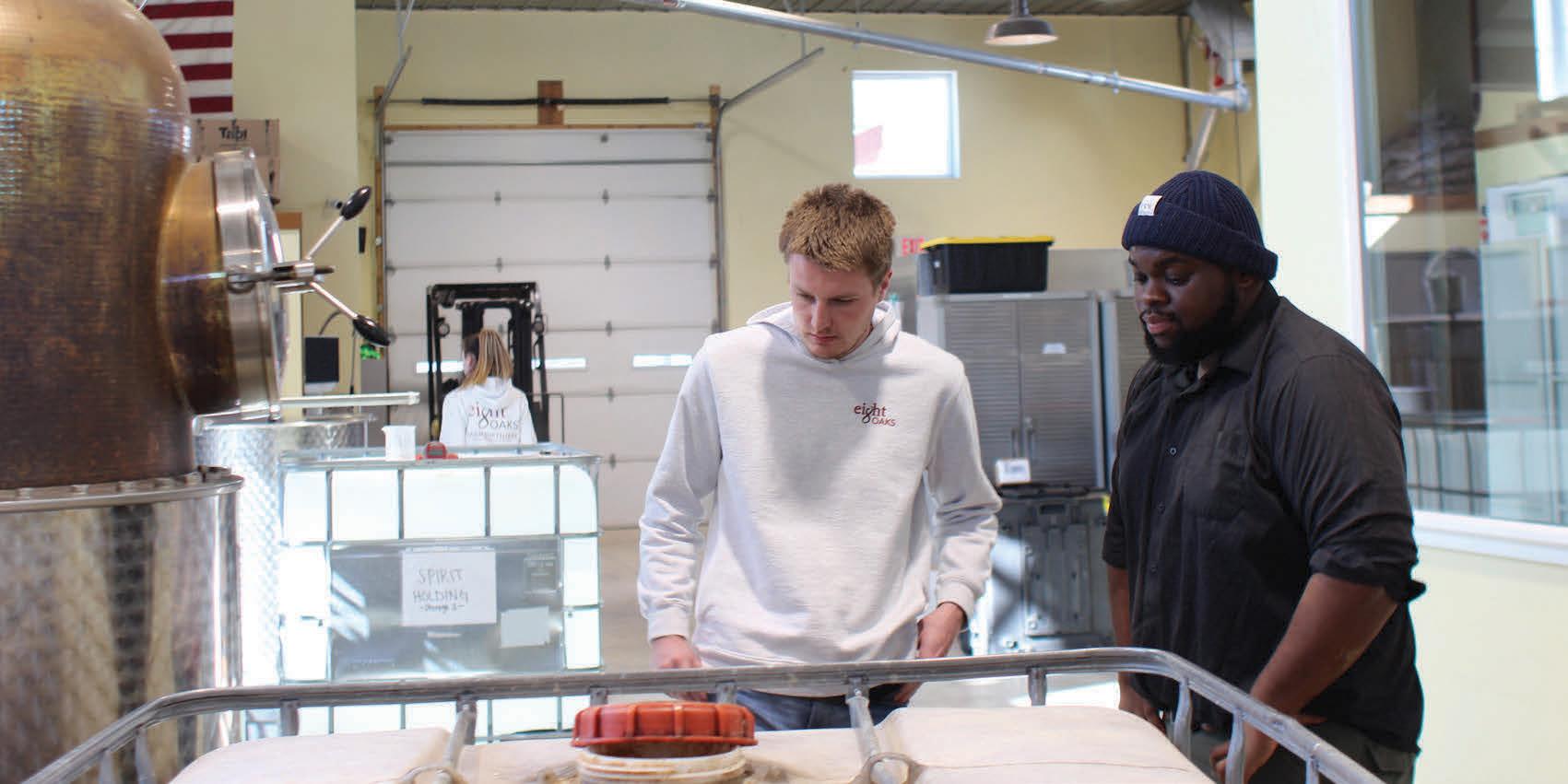
Partnering with member distilleries and wholesalers throughout the United States, we provide a comprehensive training program and provide job exposure for those of different races, color, national origins, abilities, genders, and sexual orientations.

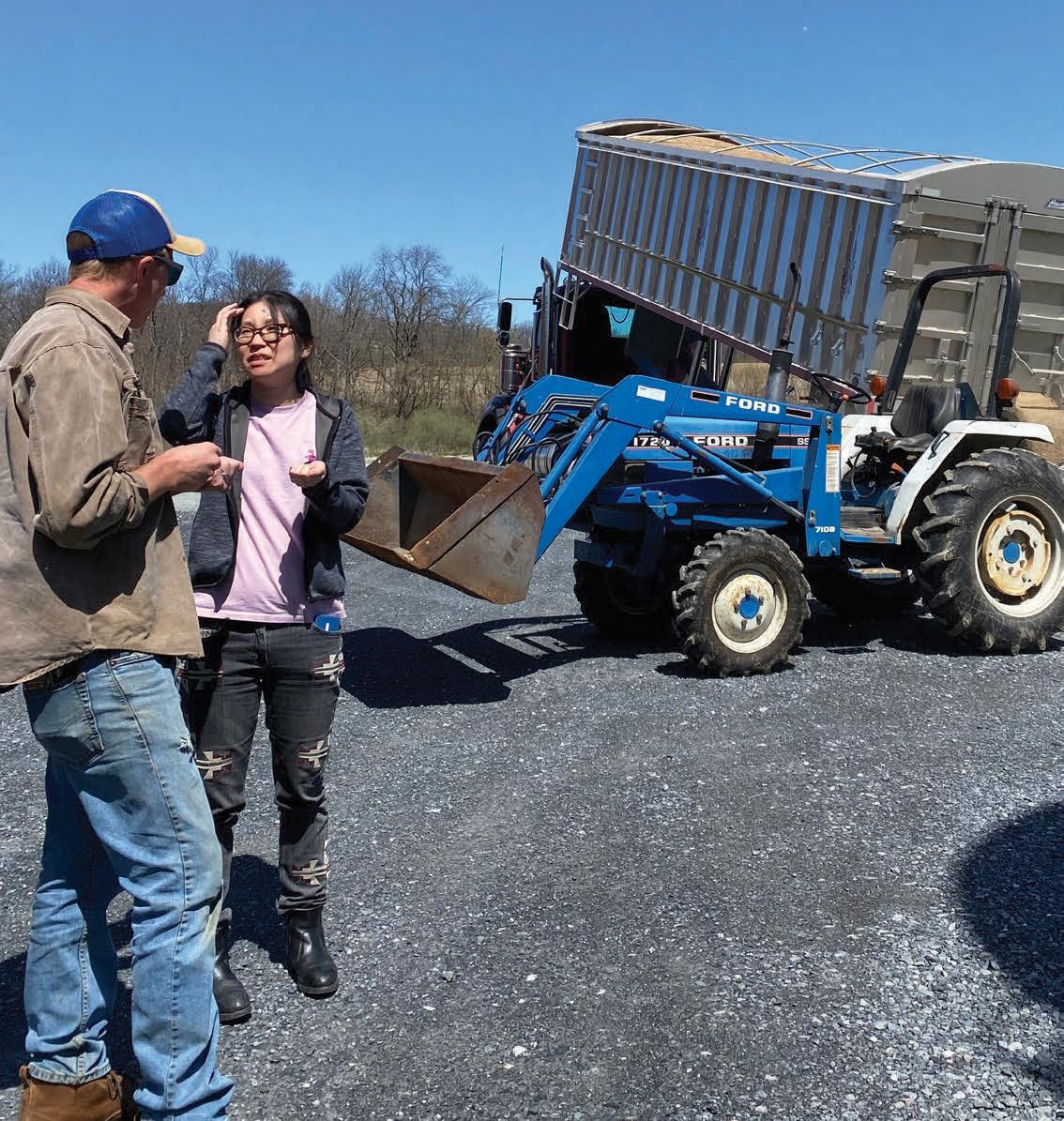

Quench your thirst for knowledge in ACSA’s Craft Spirits Classroom.
For more information or to register, visit our website at https://americancraftspirits.org/education/webinars.
KNOWLEDGE IS POWER